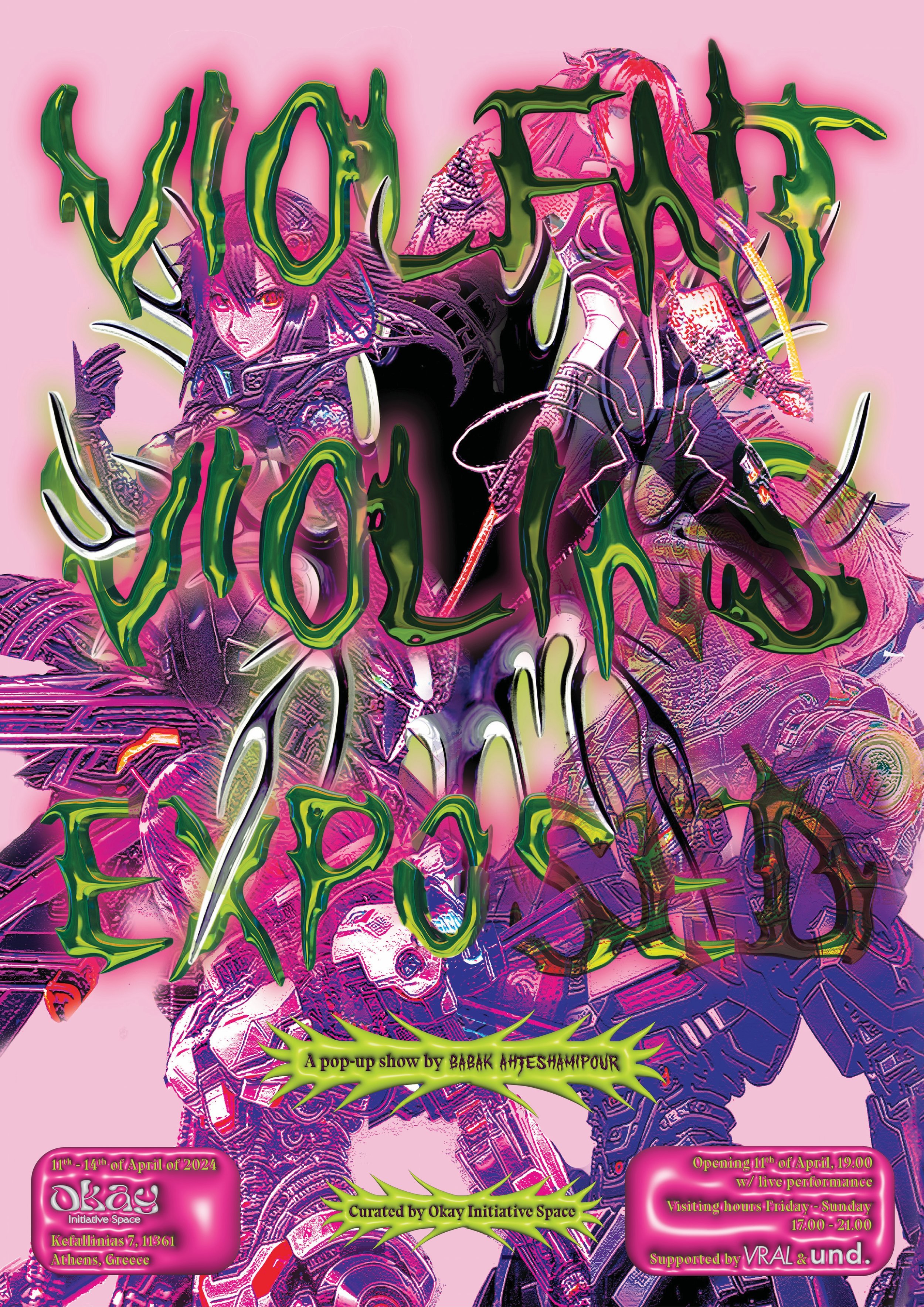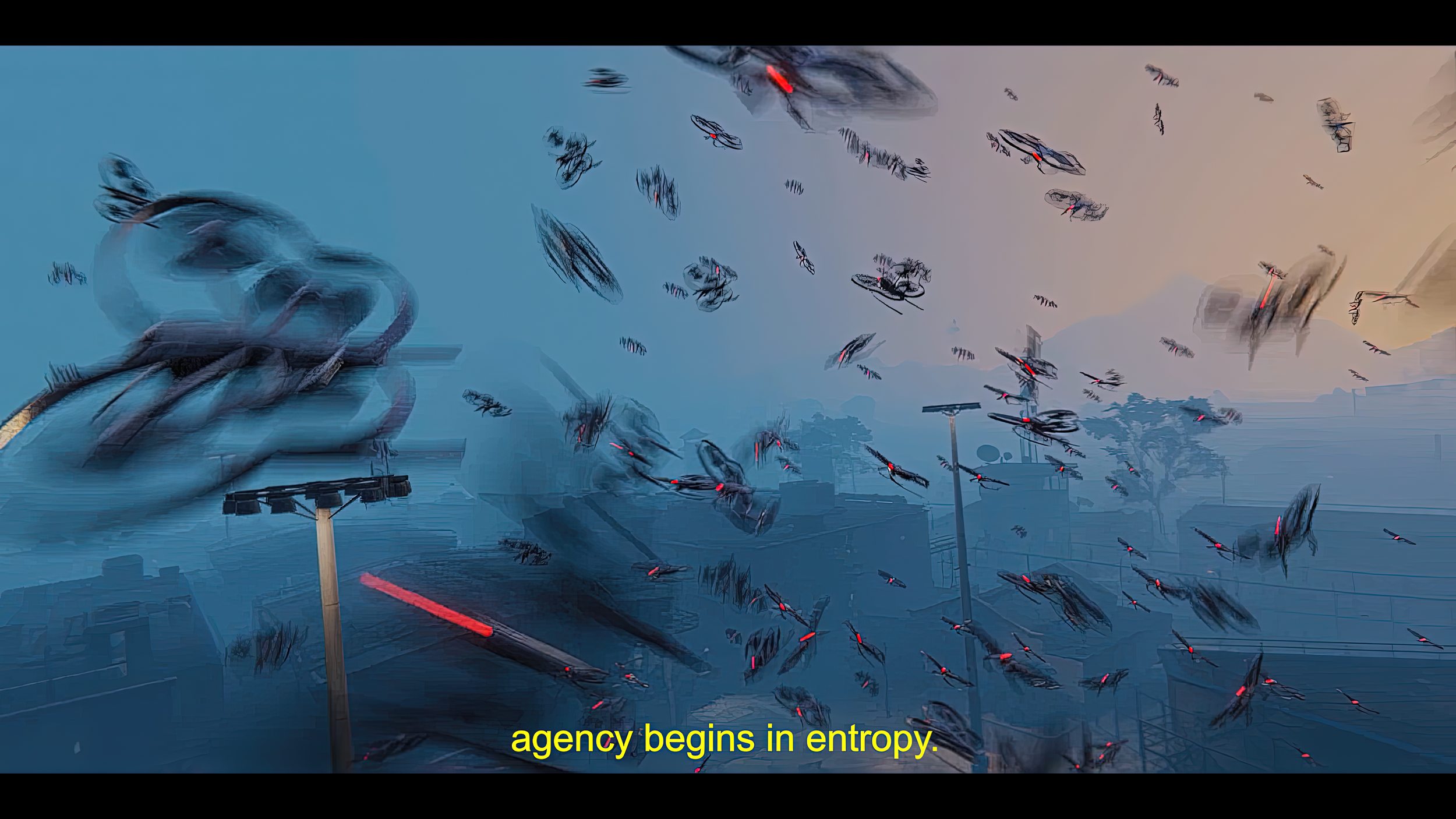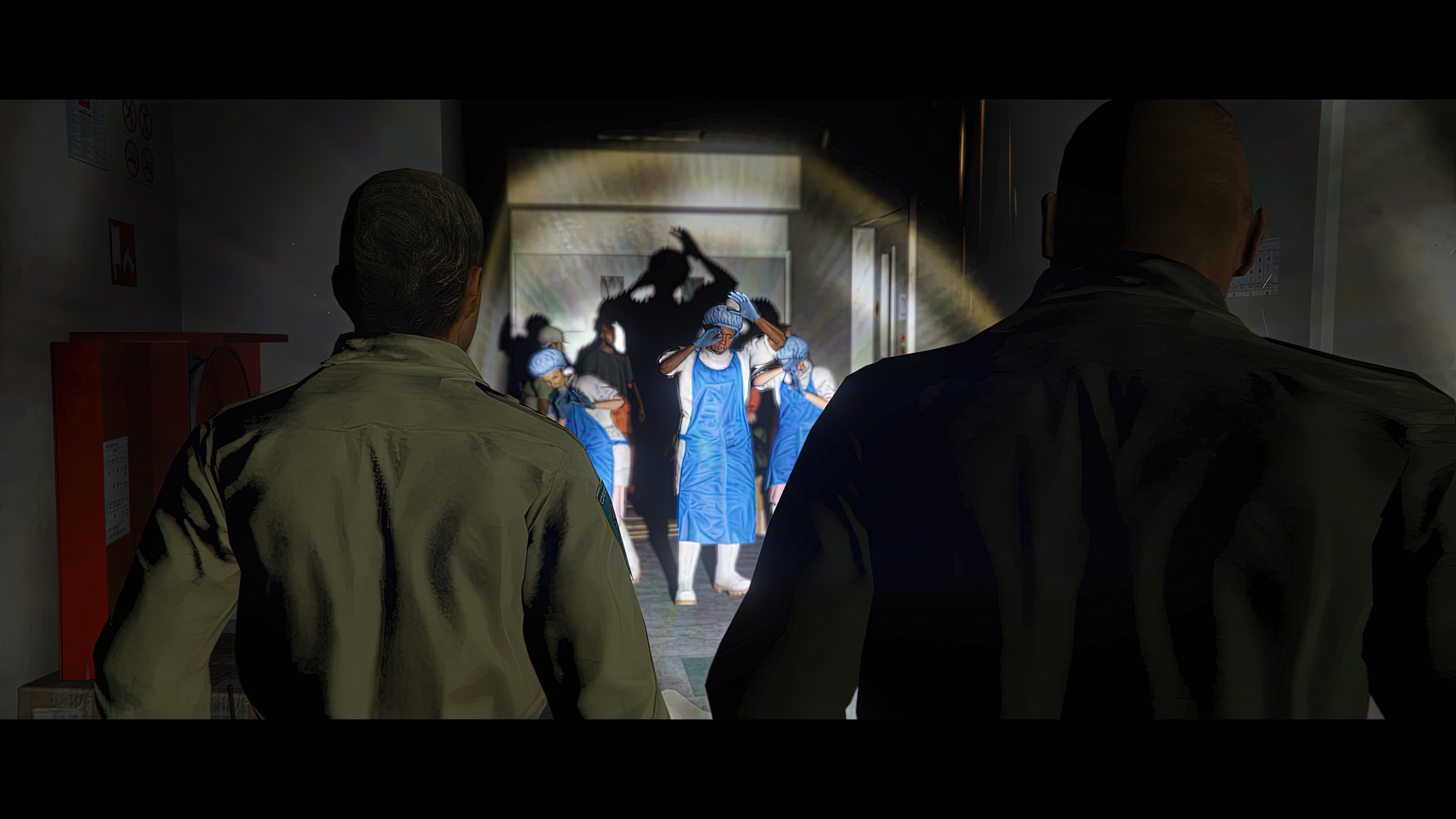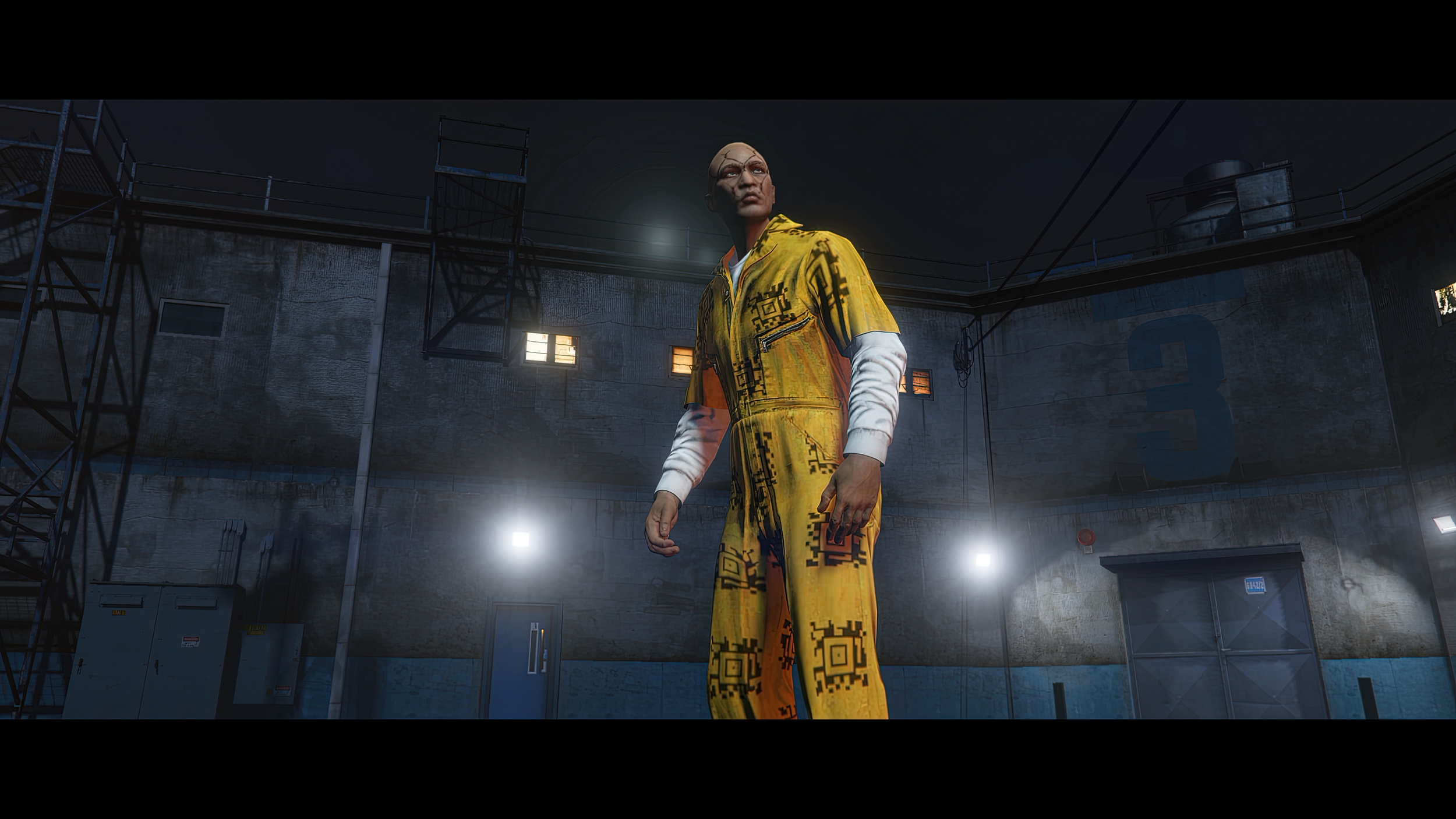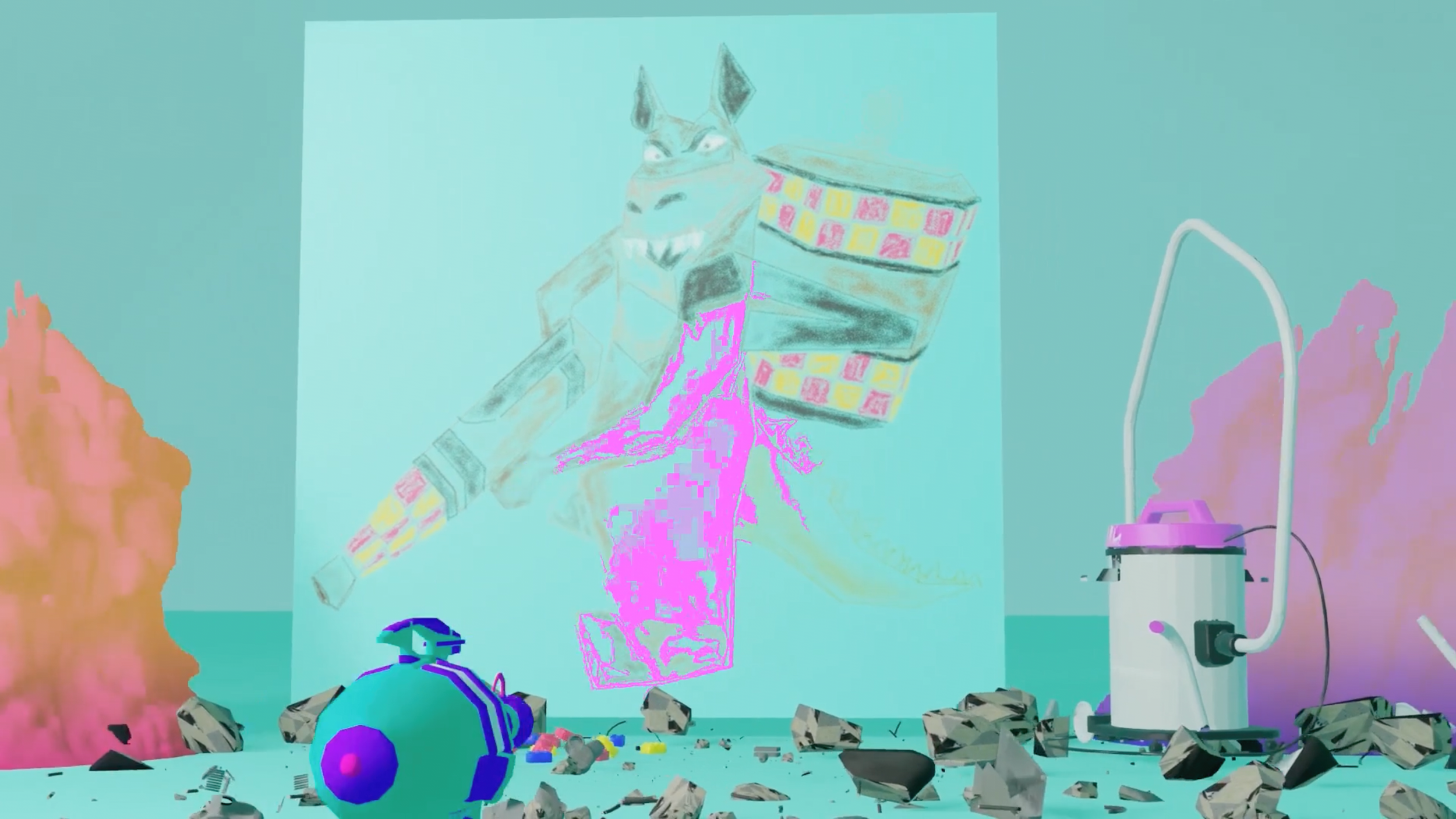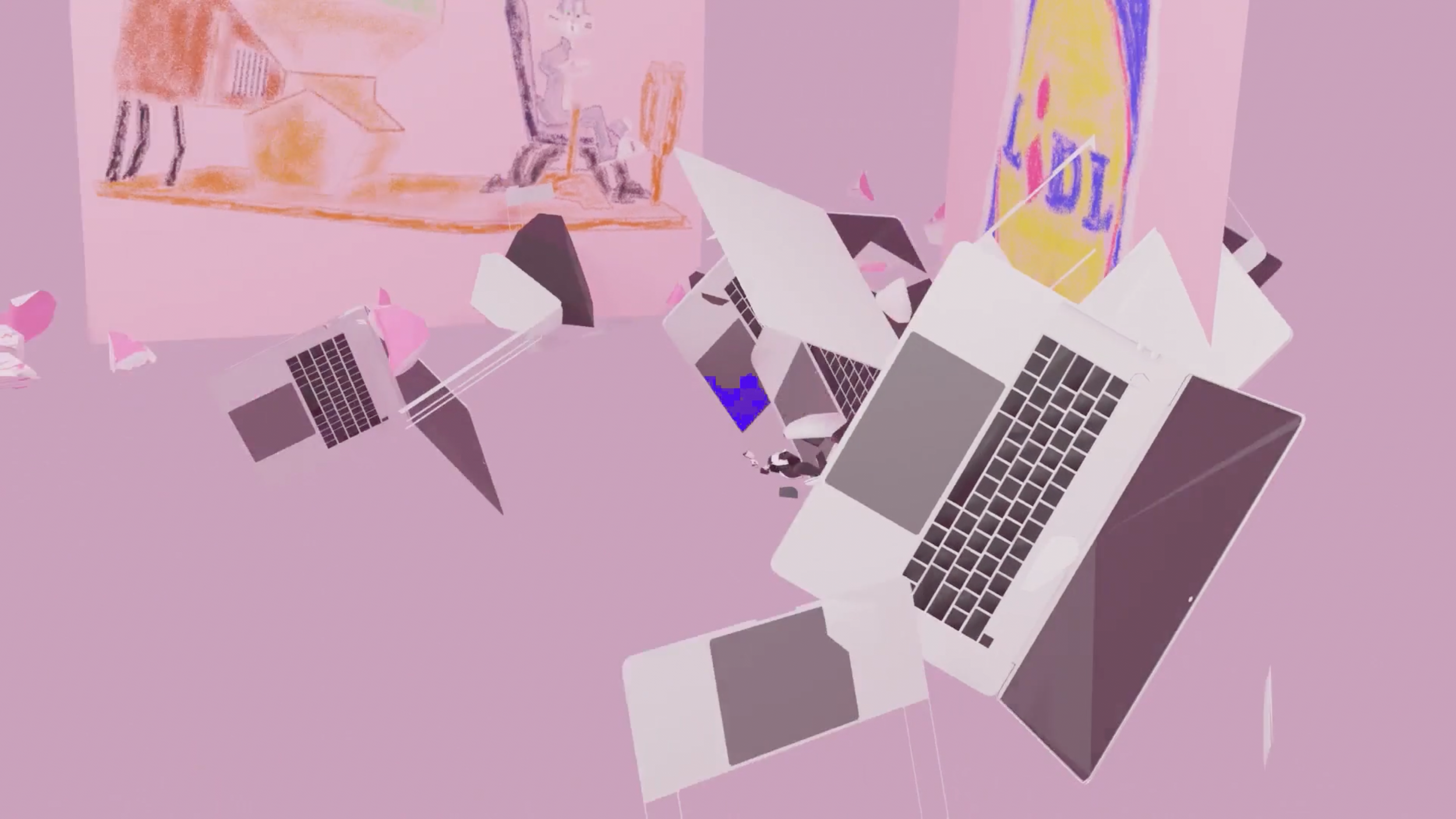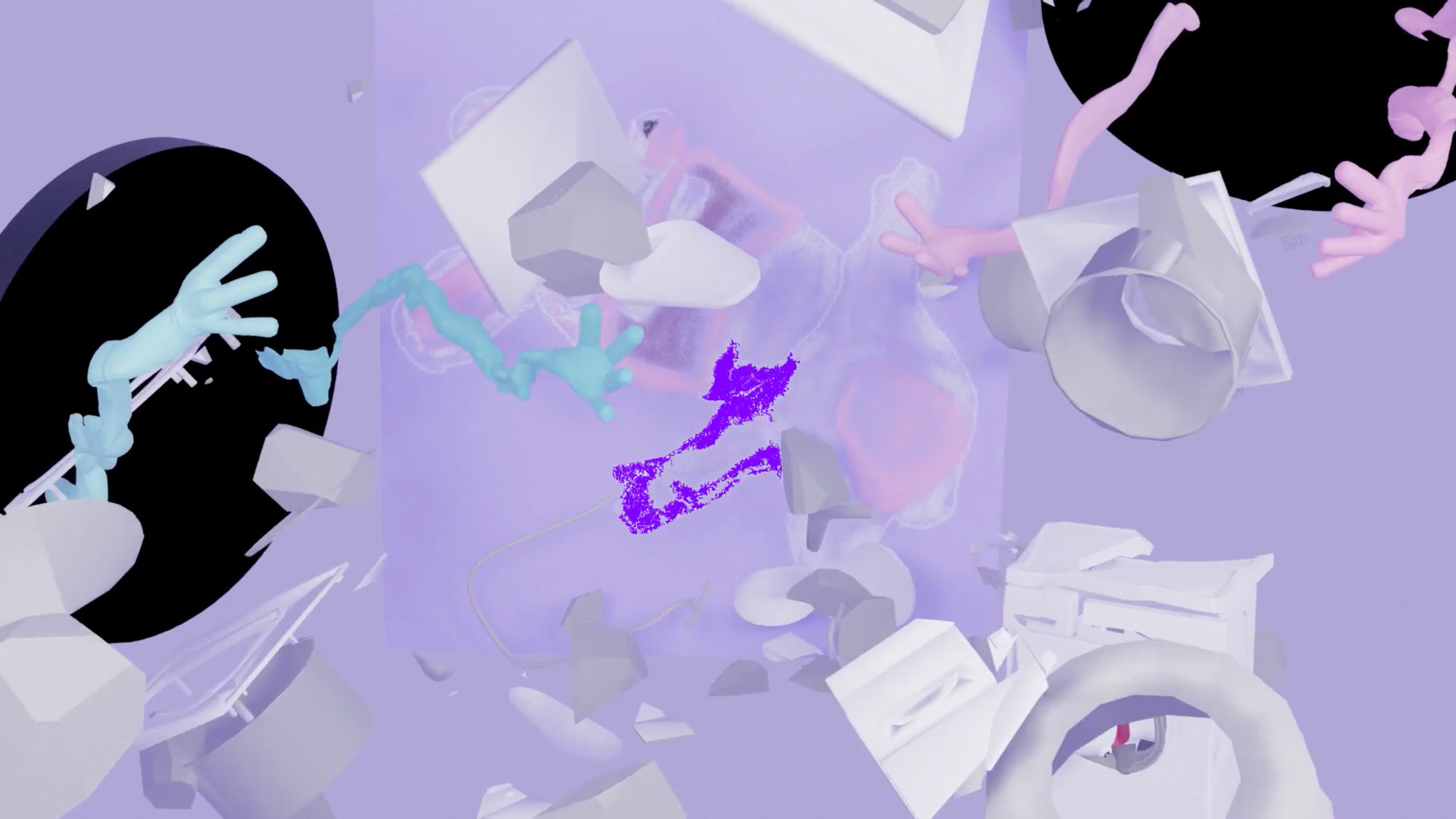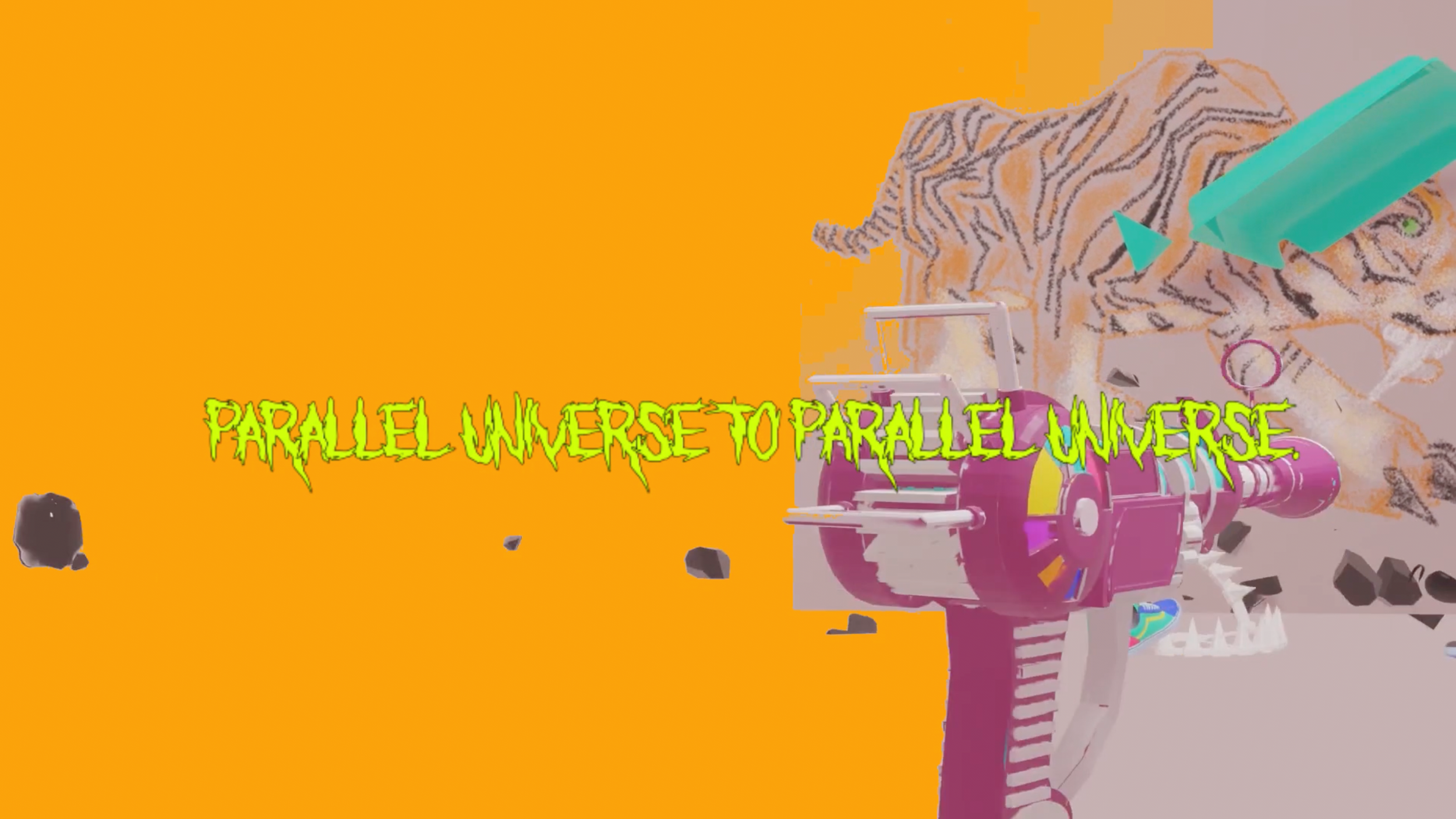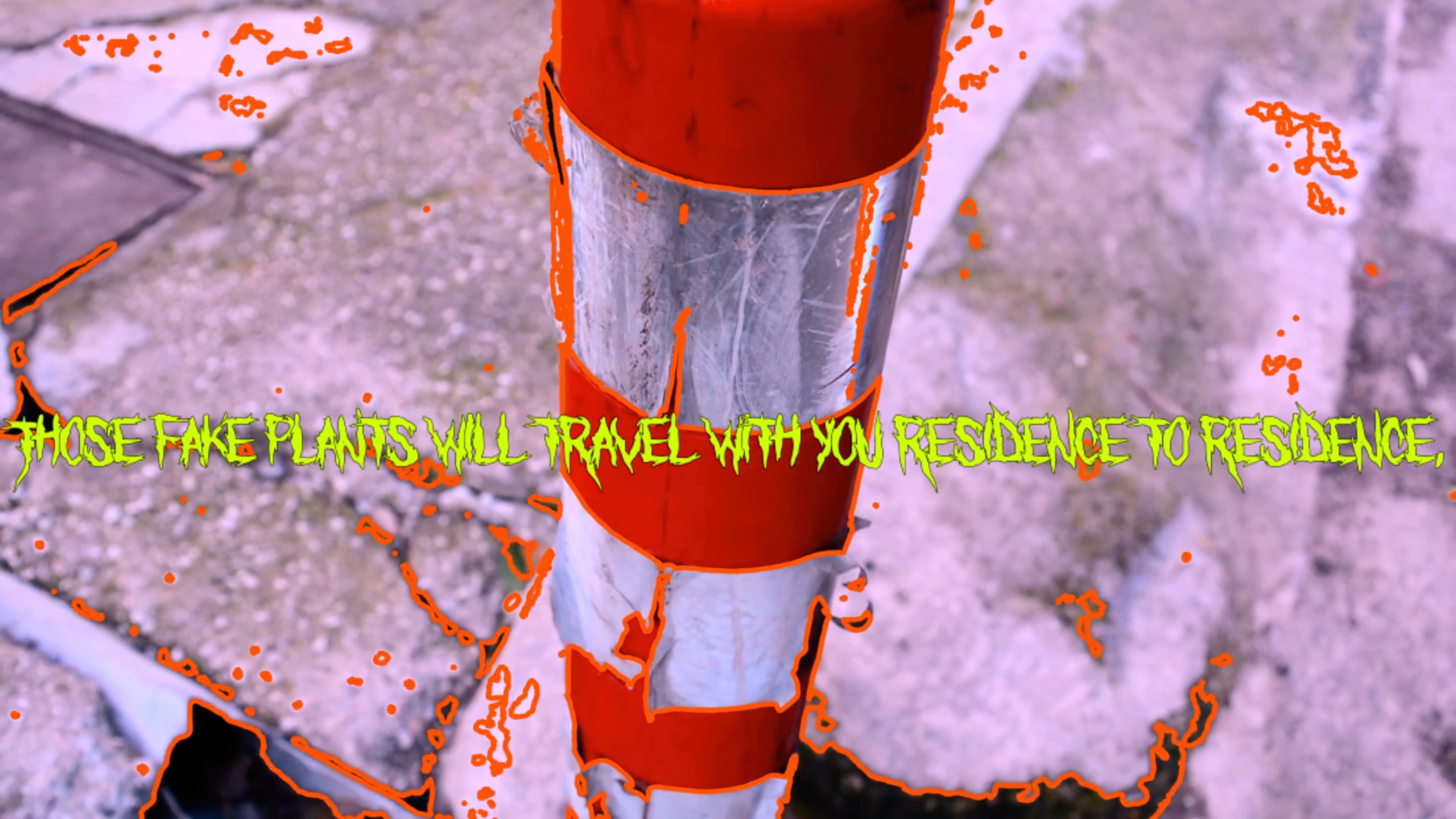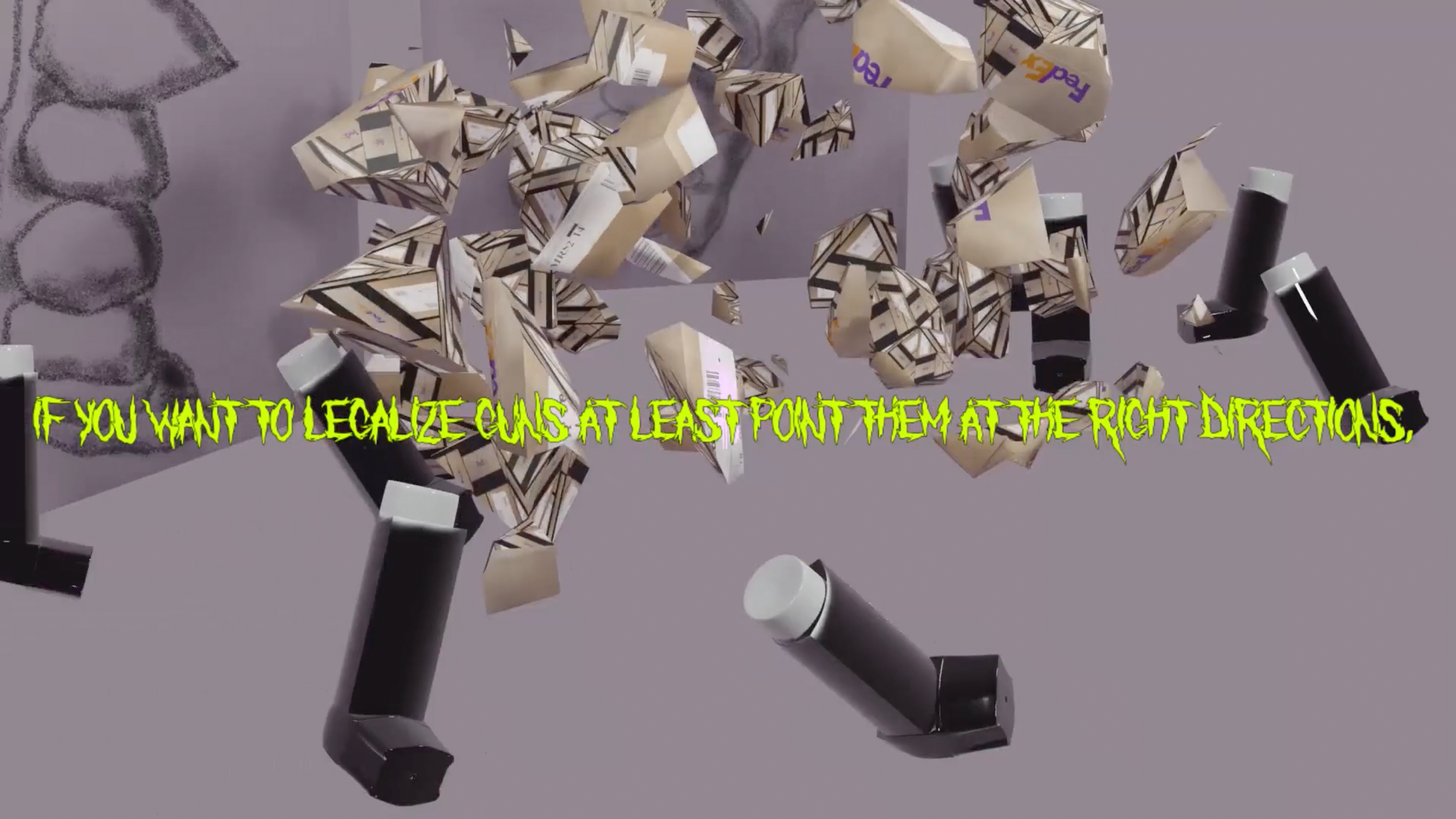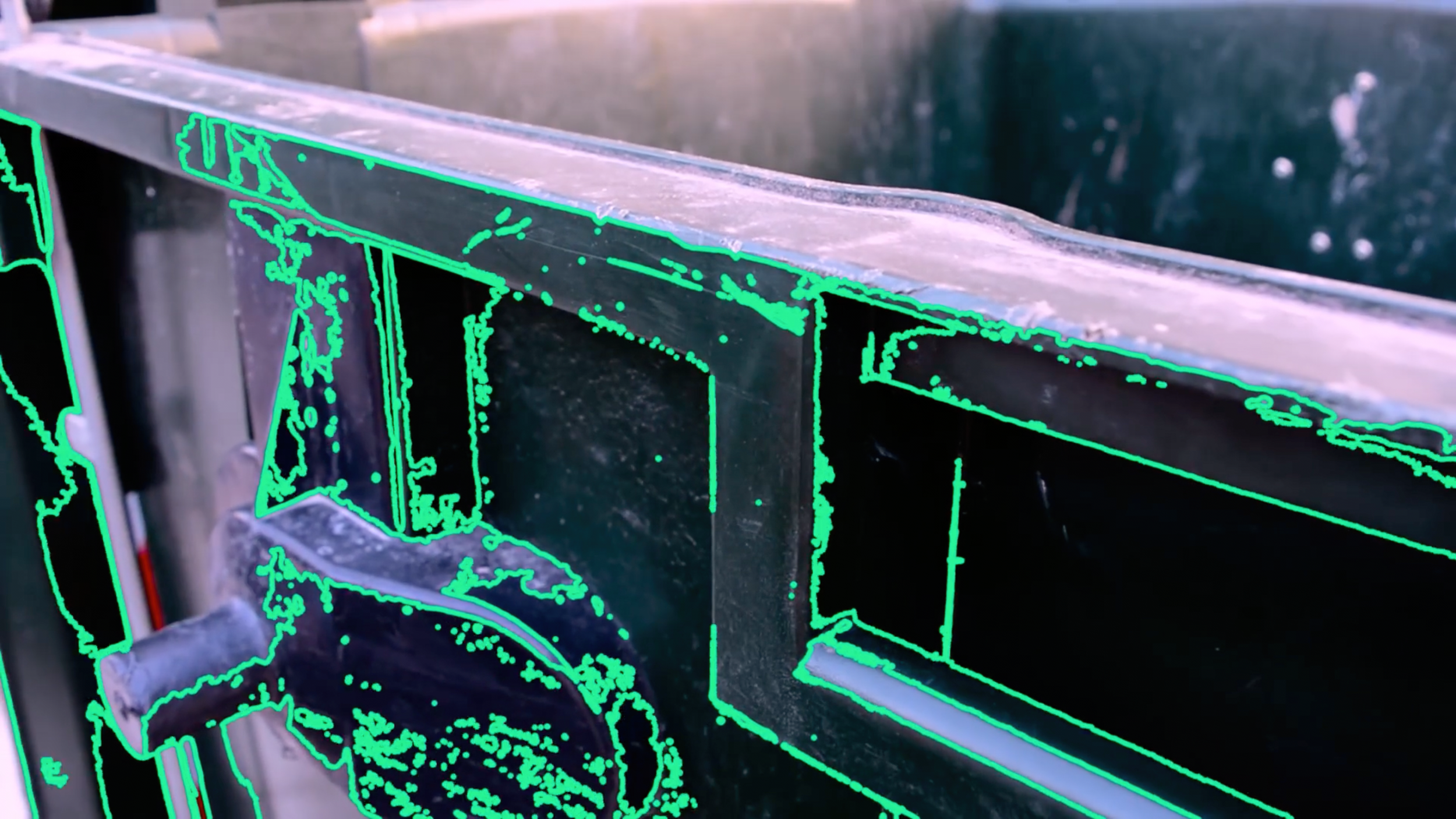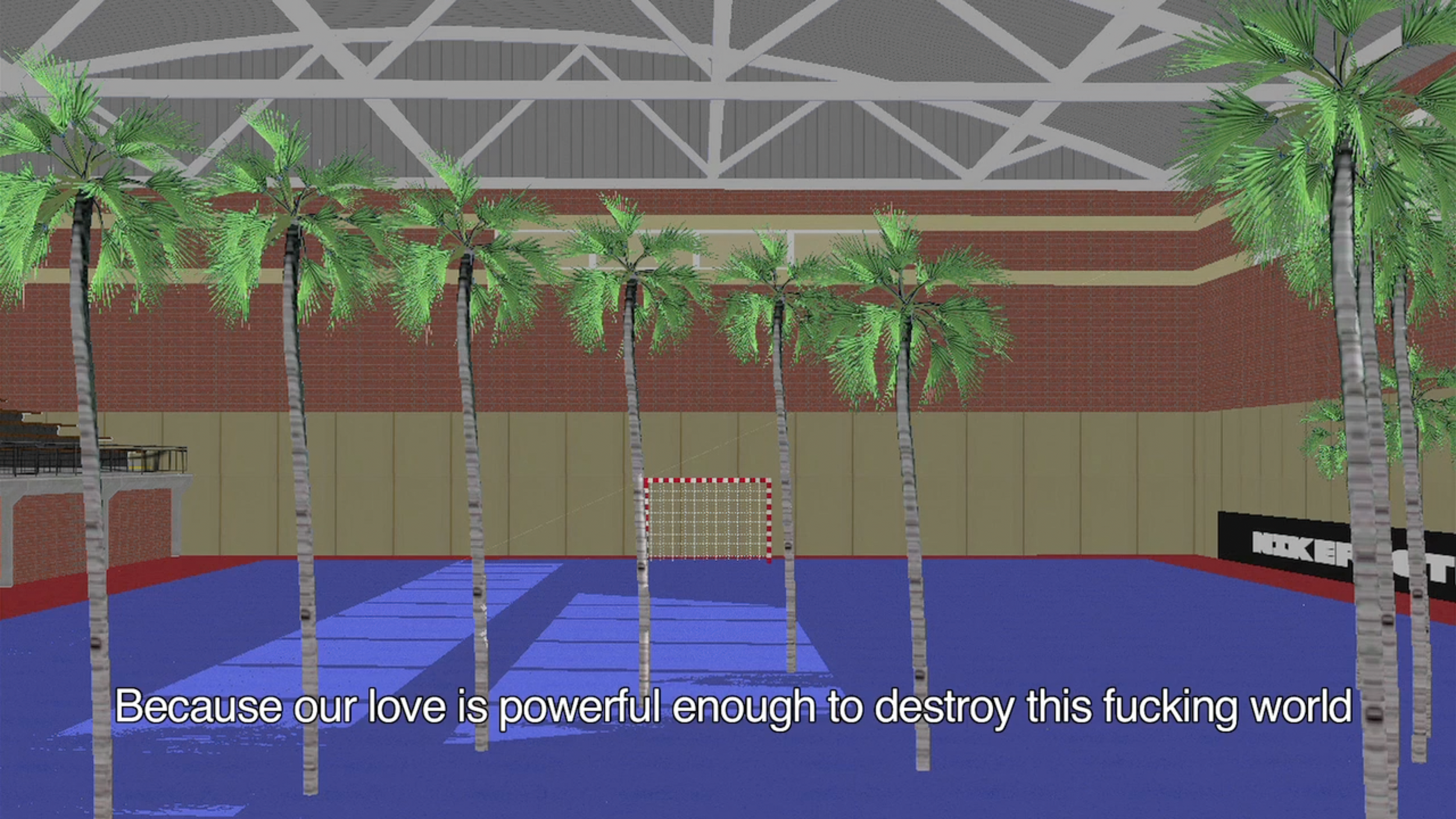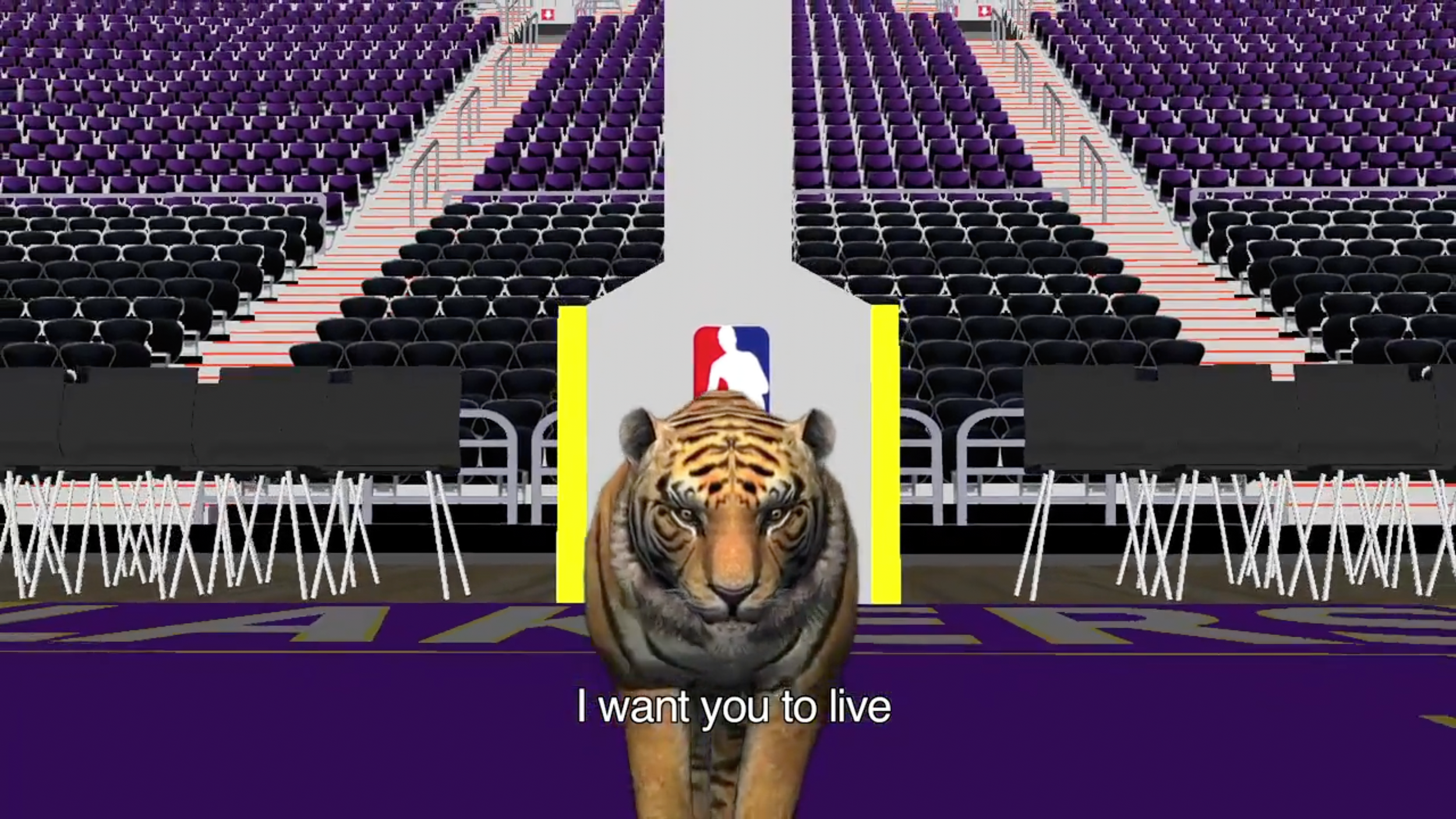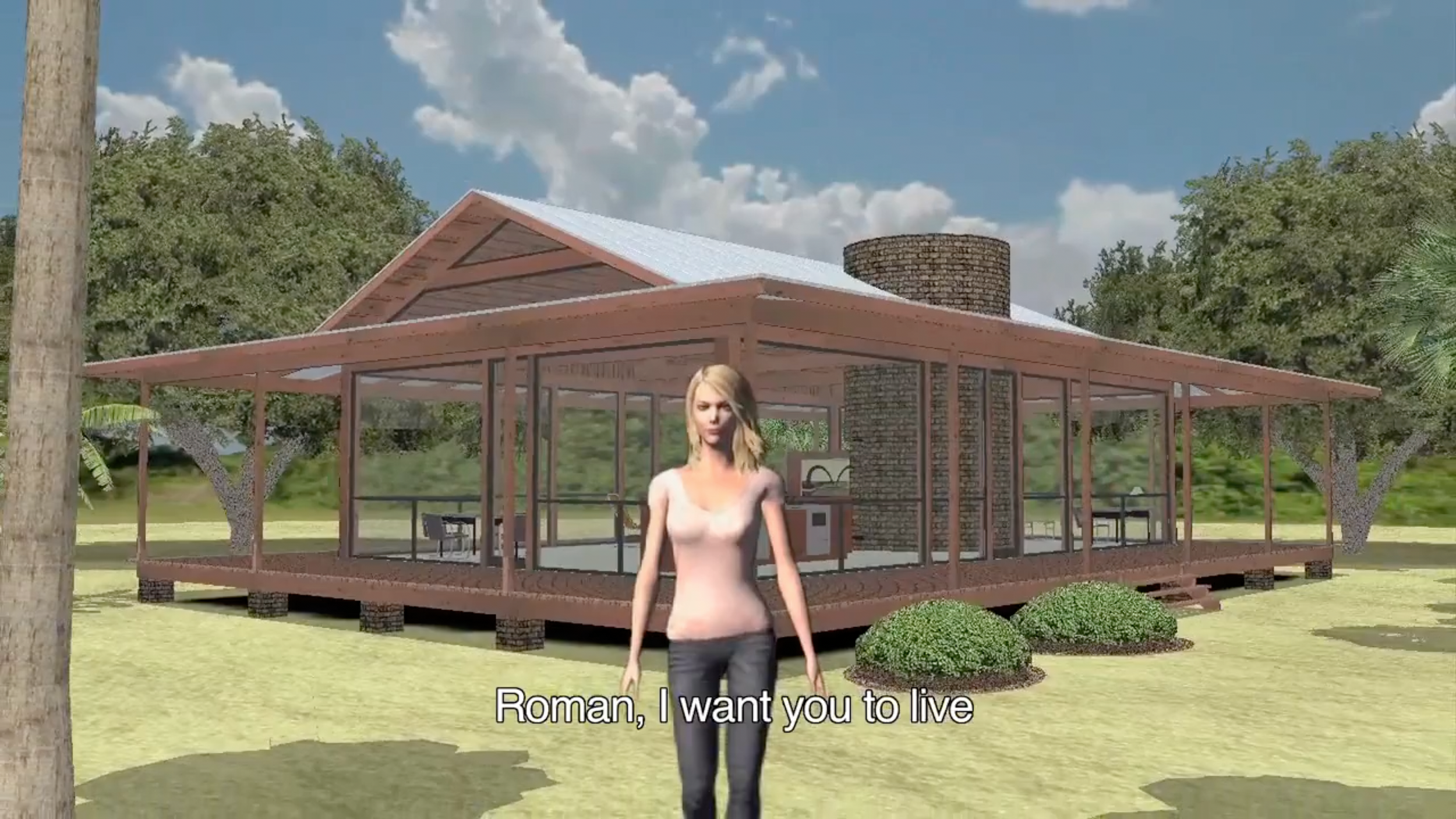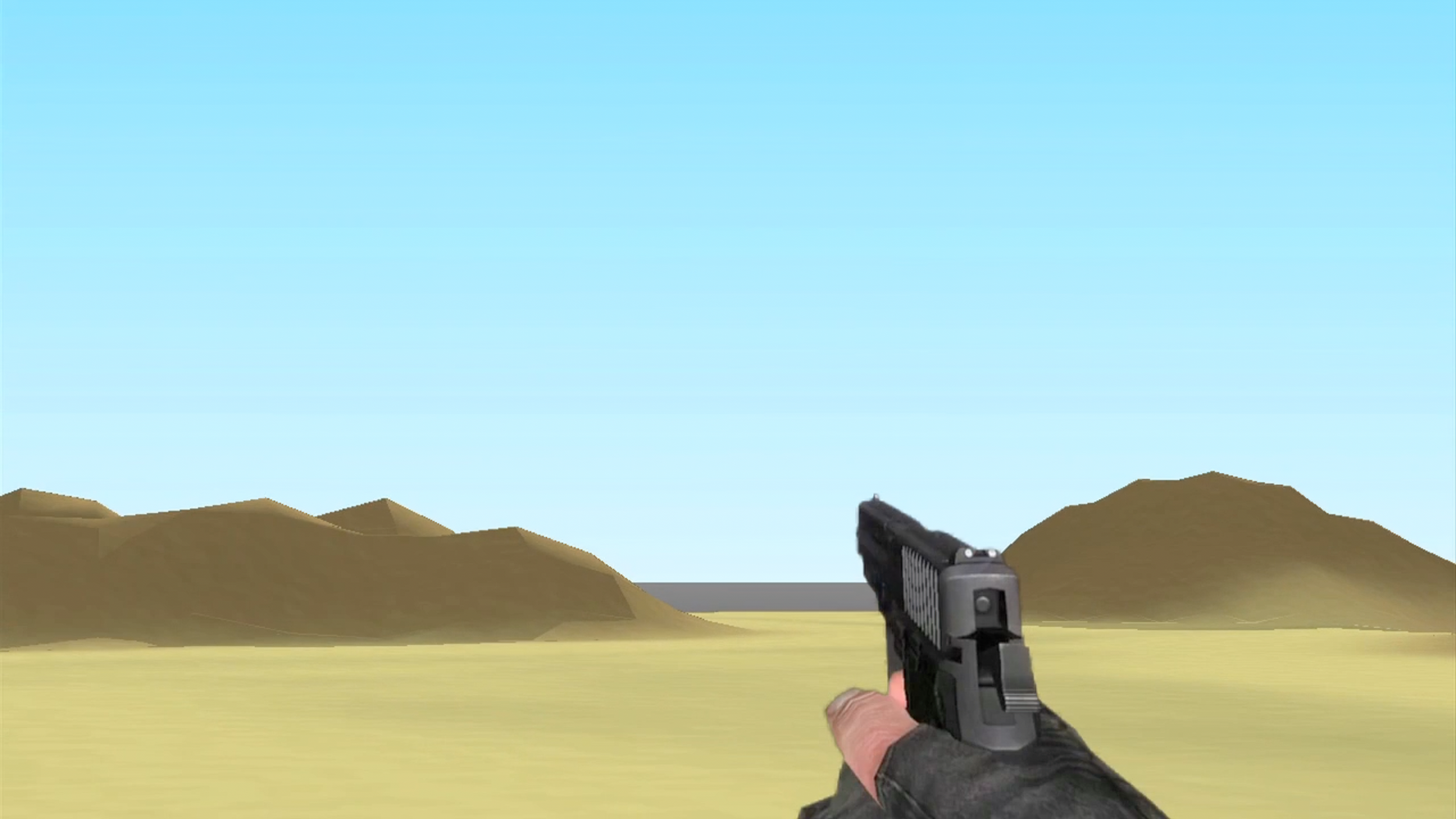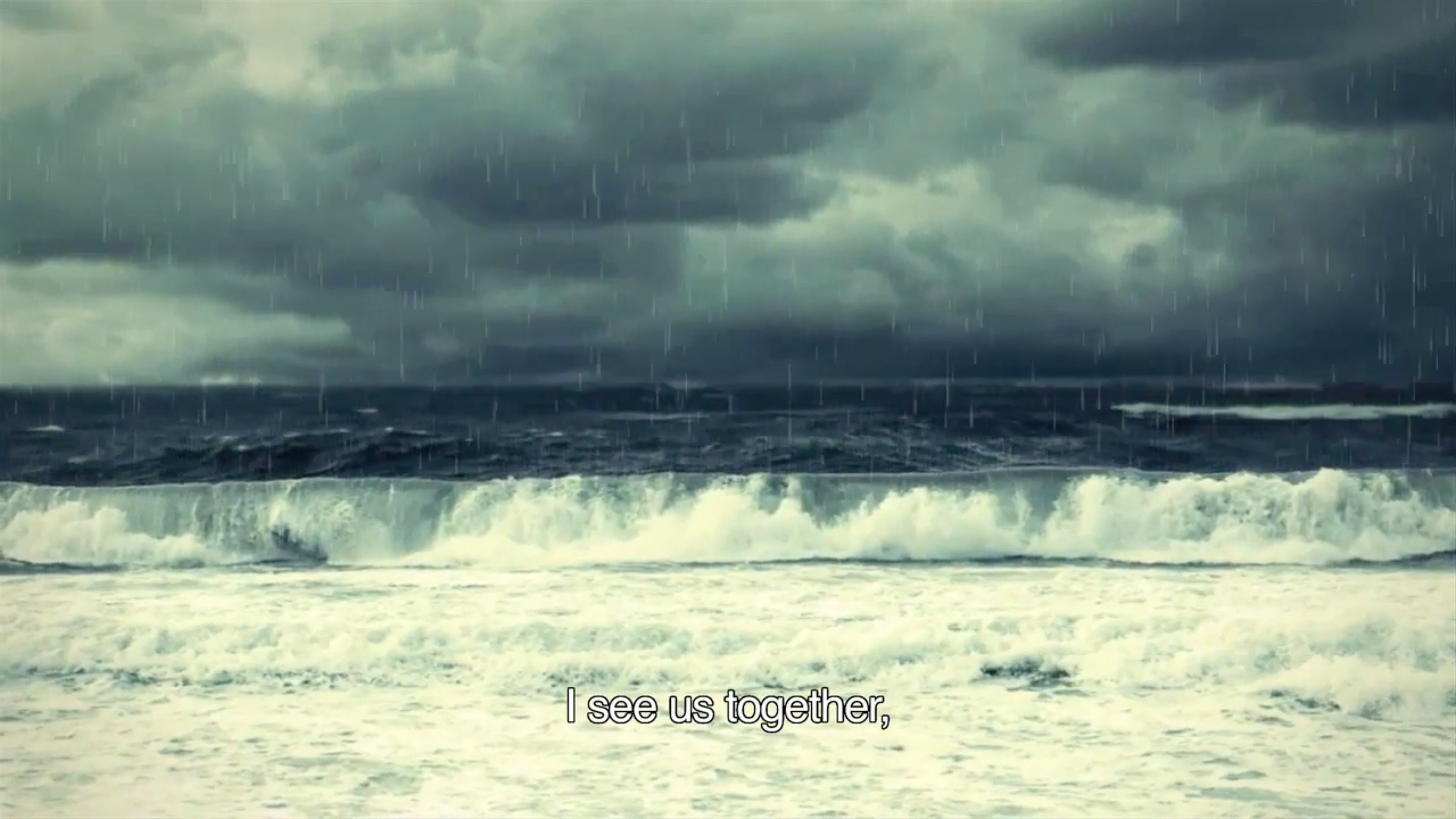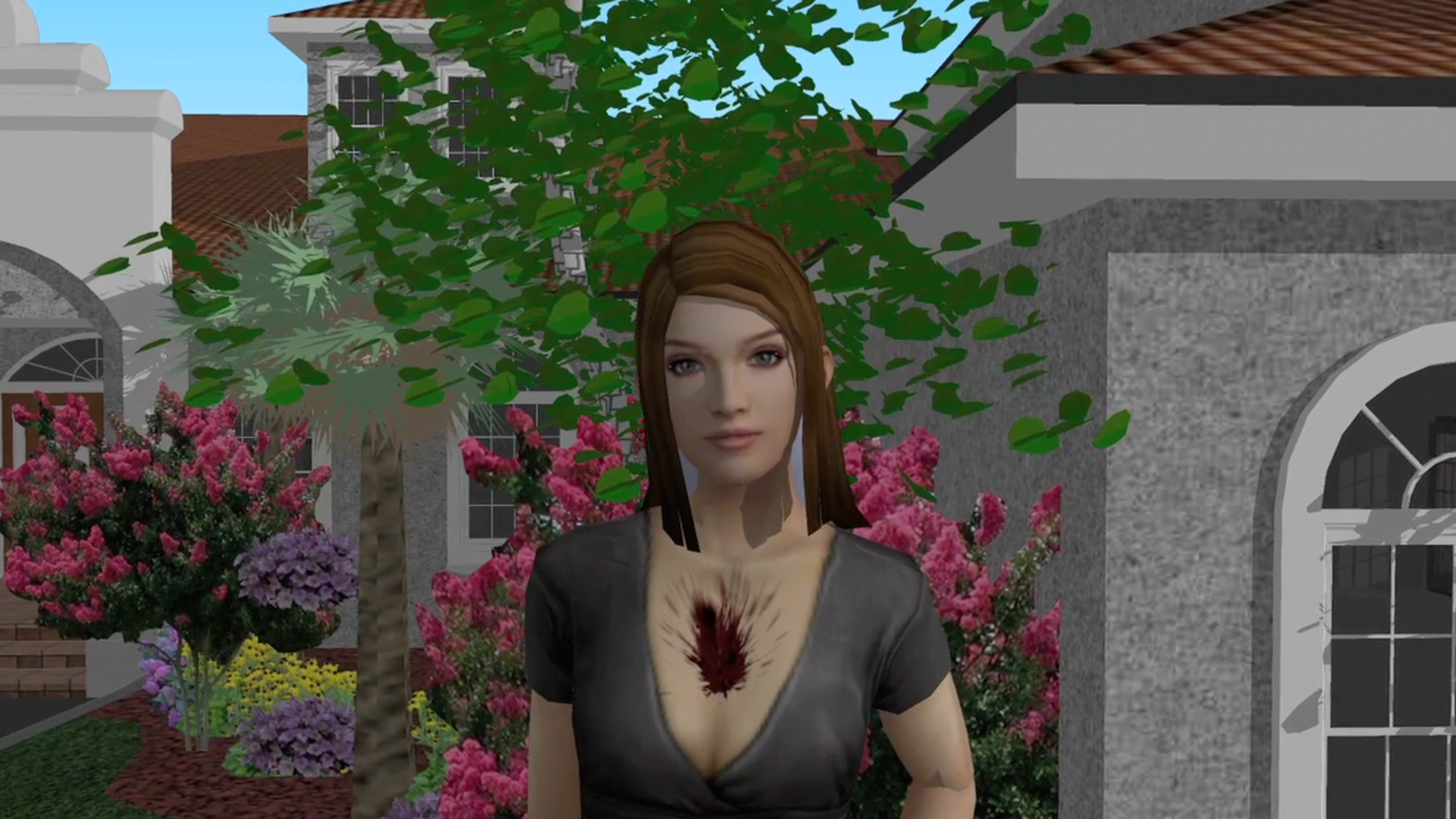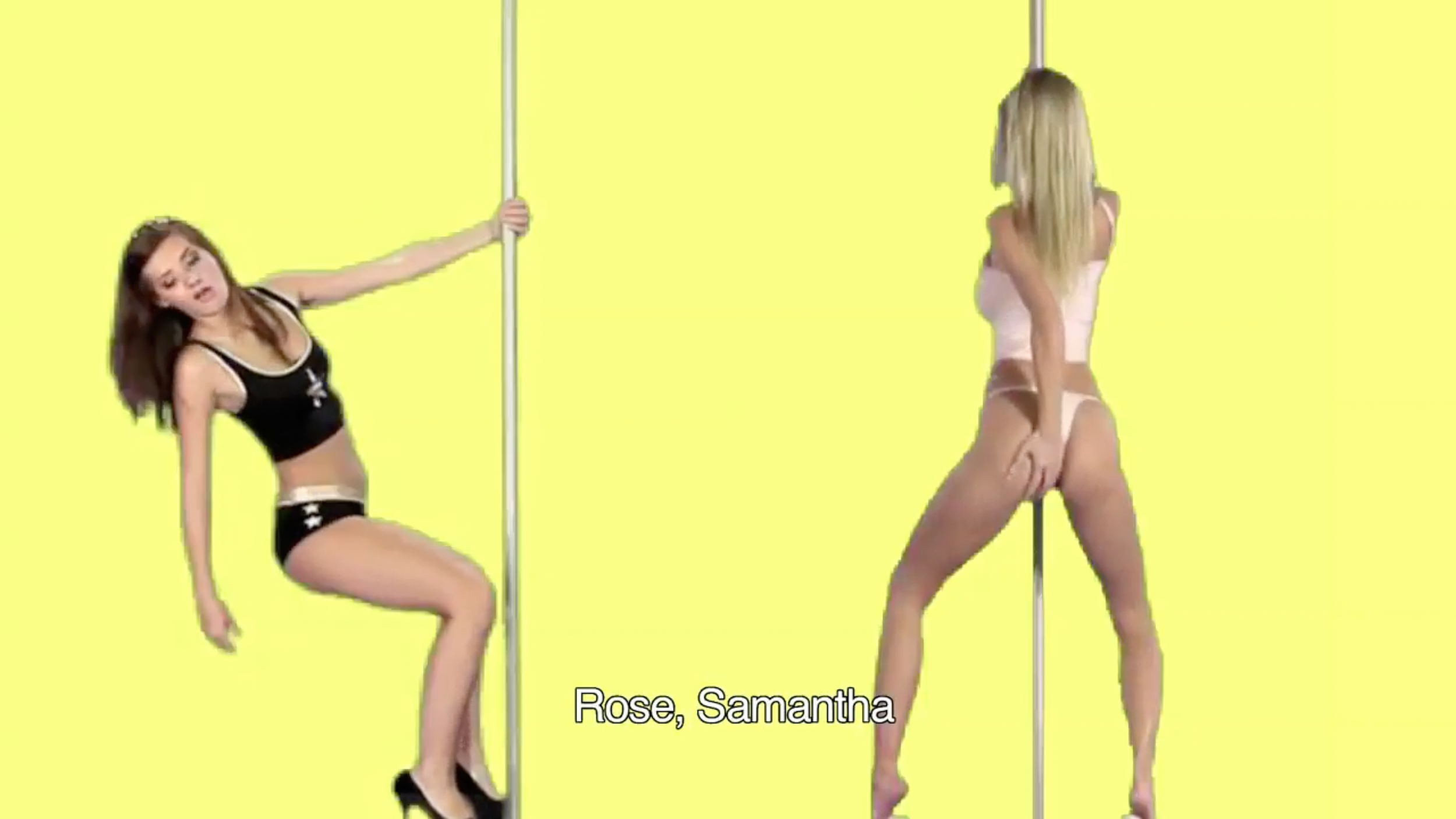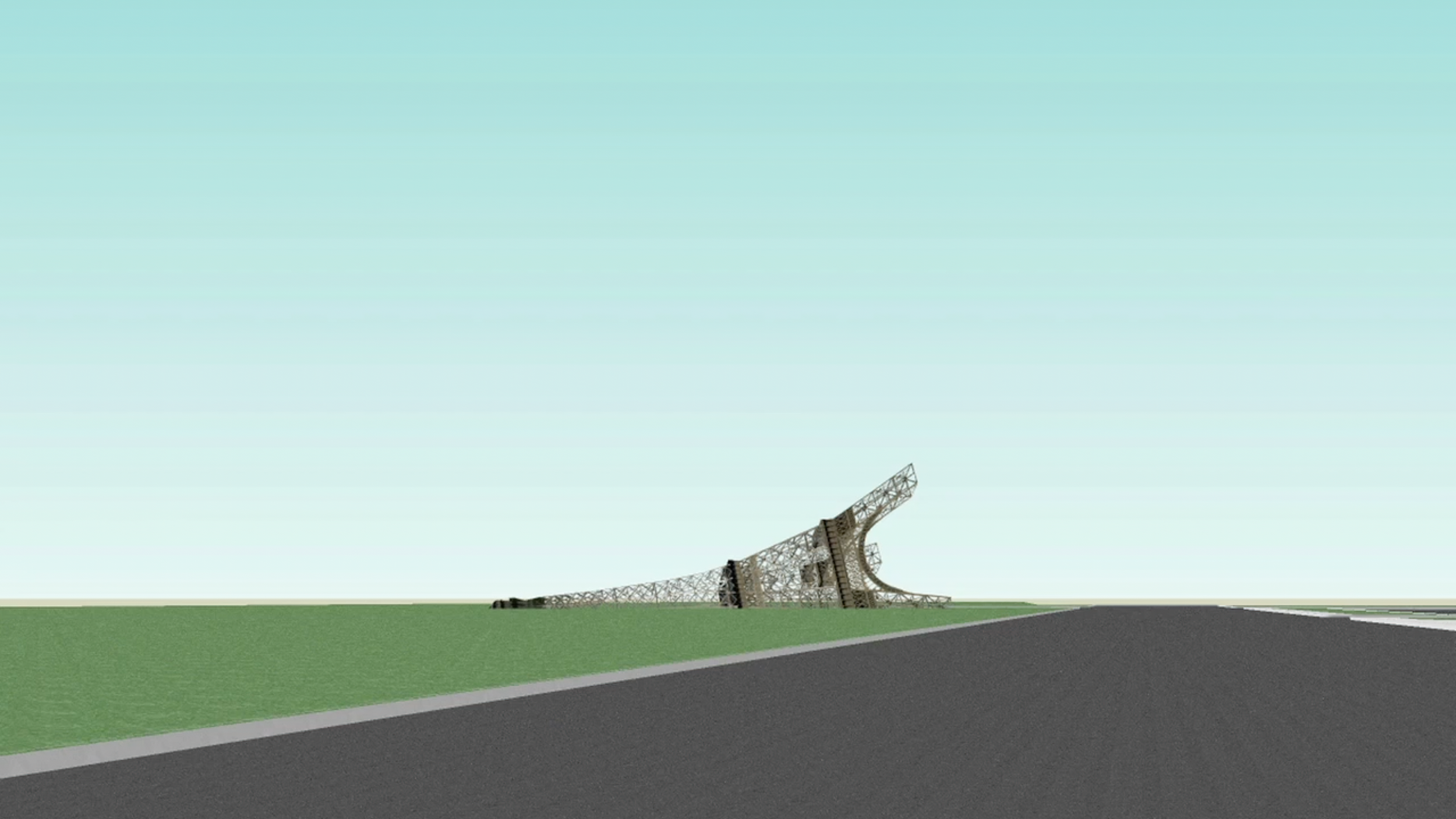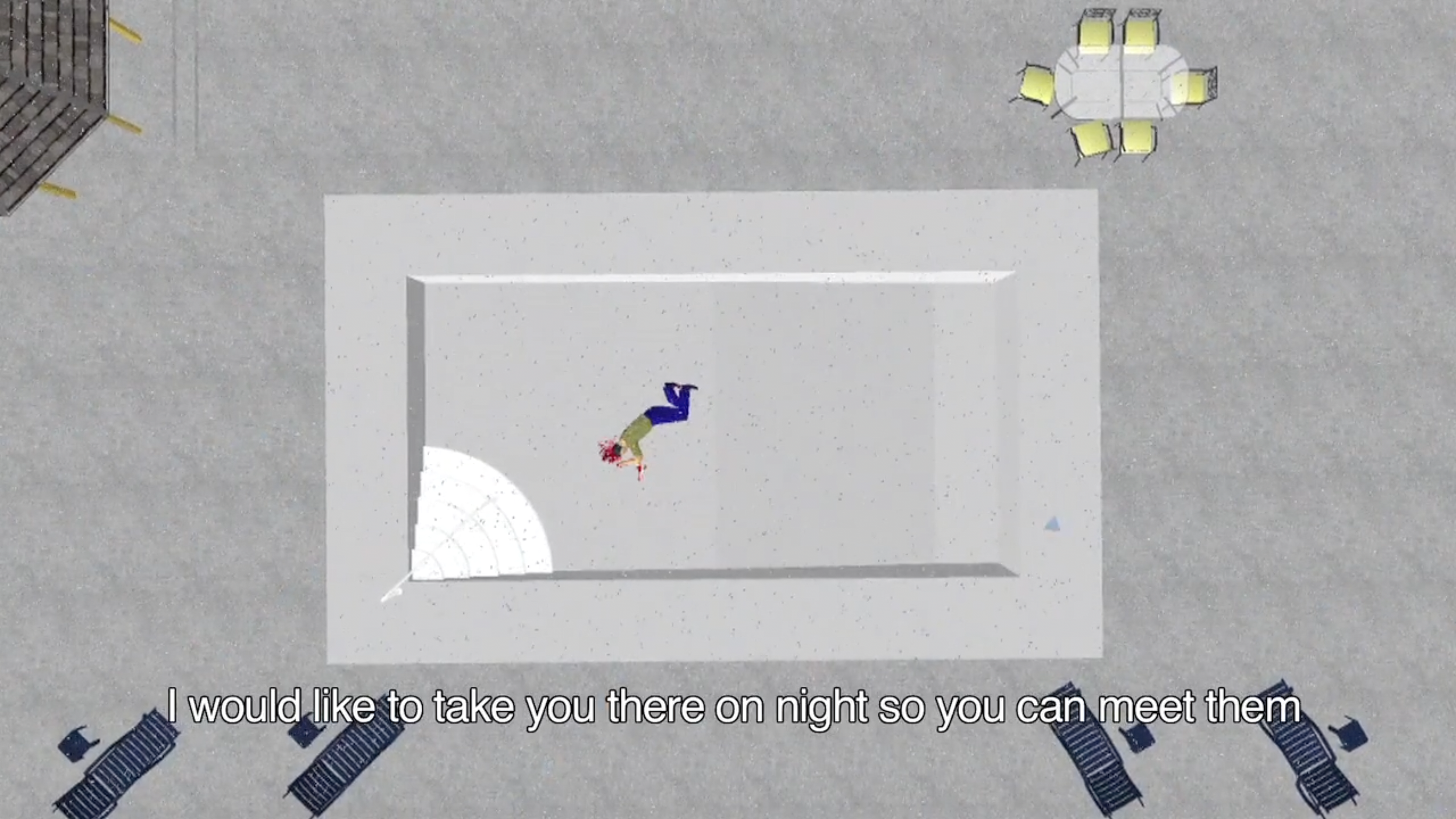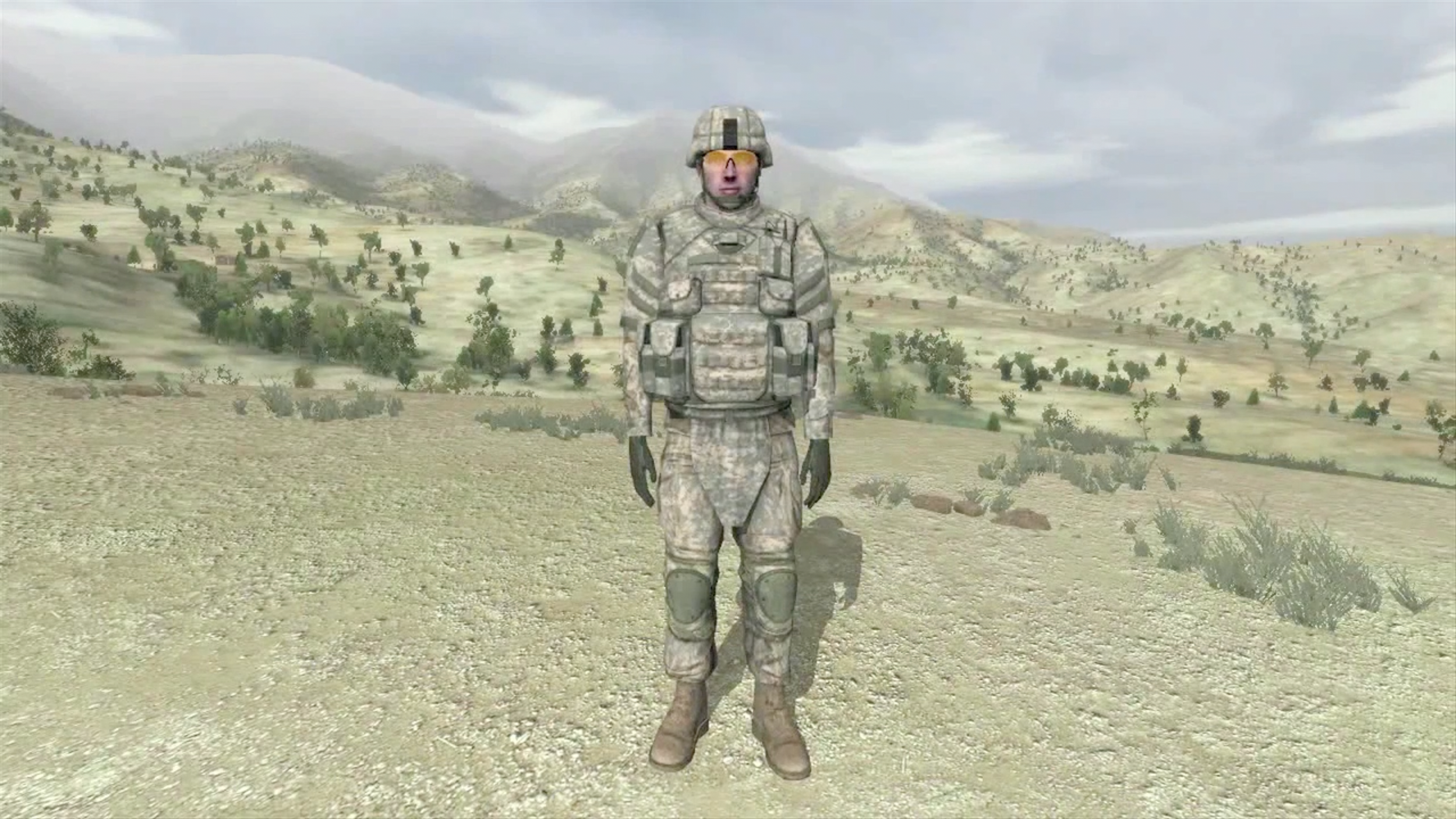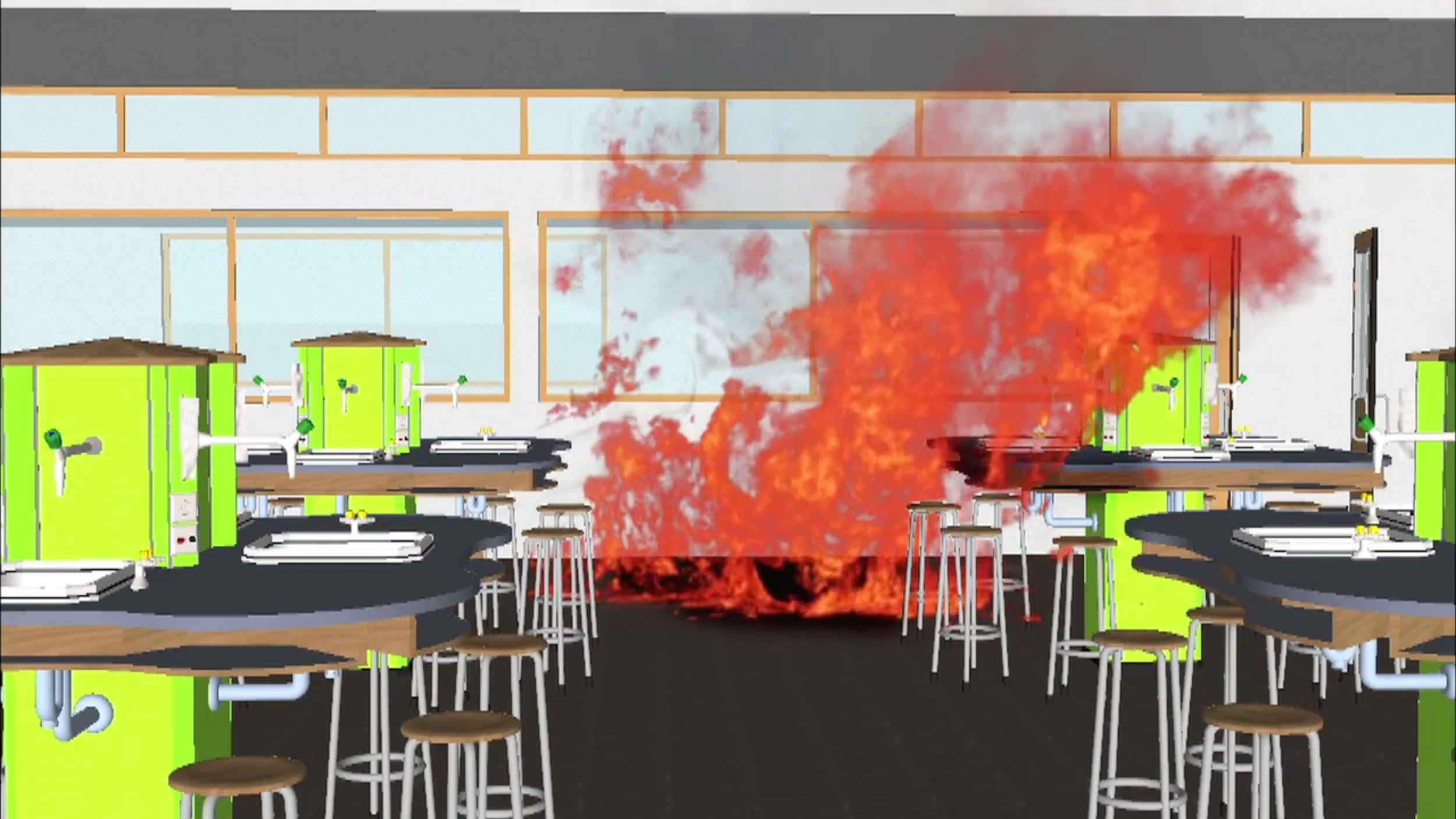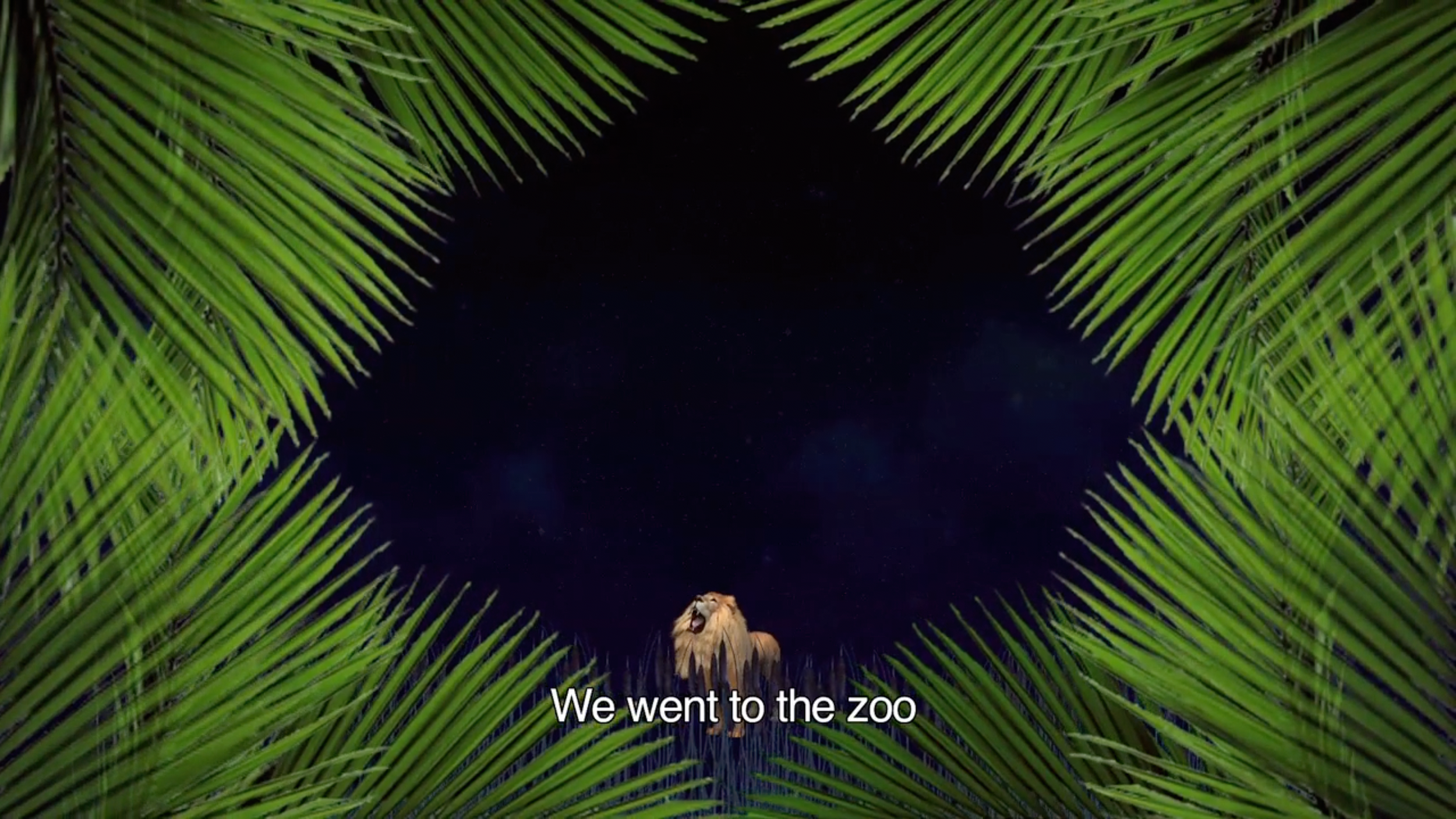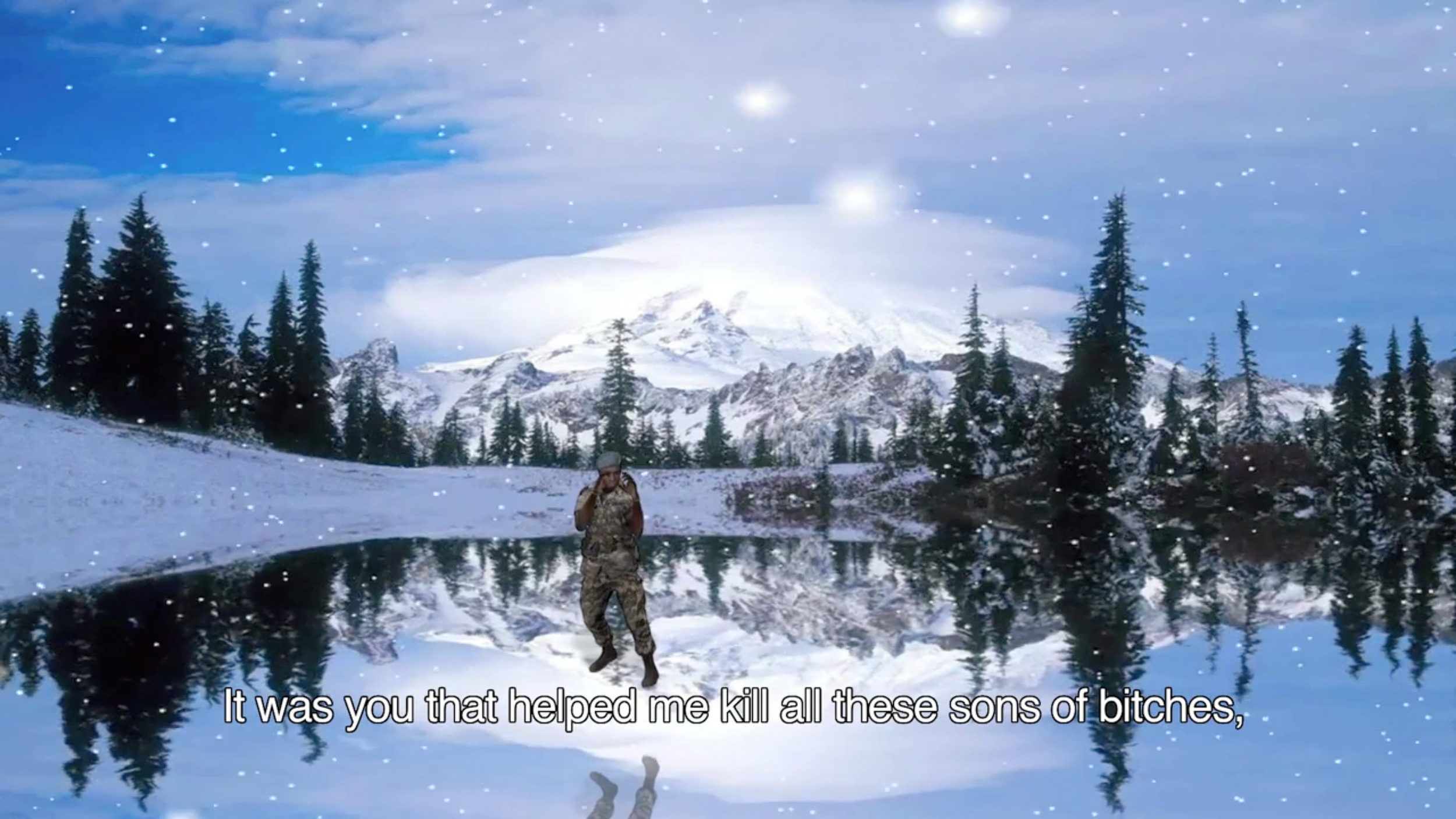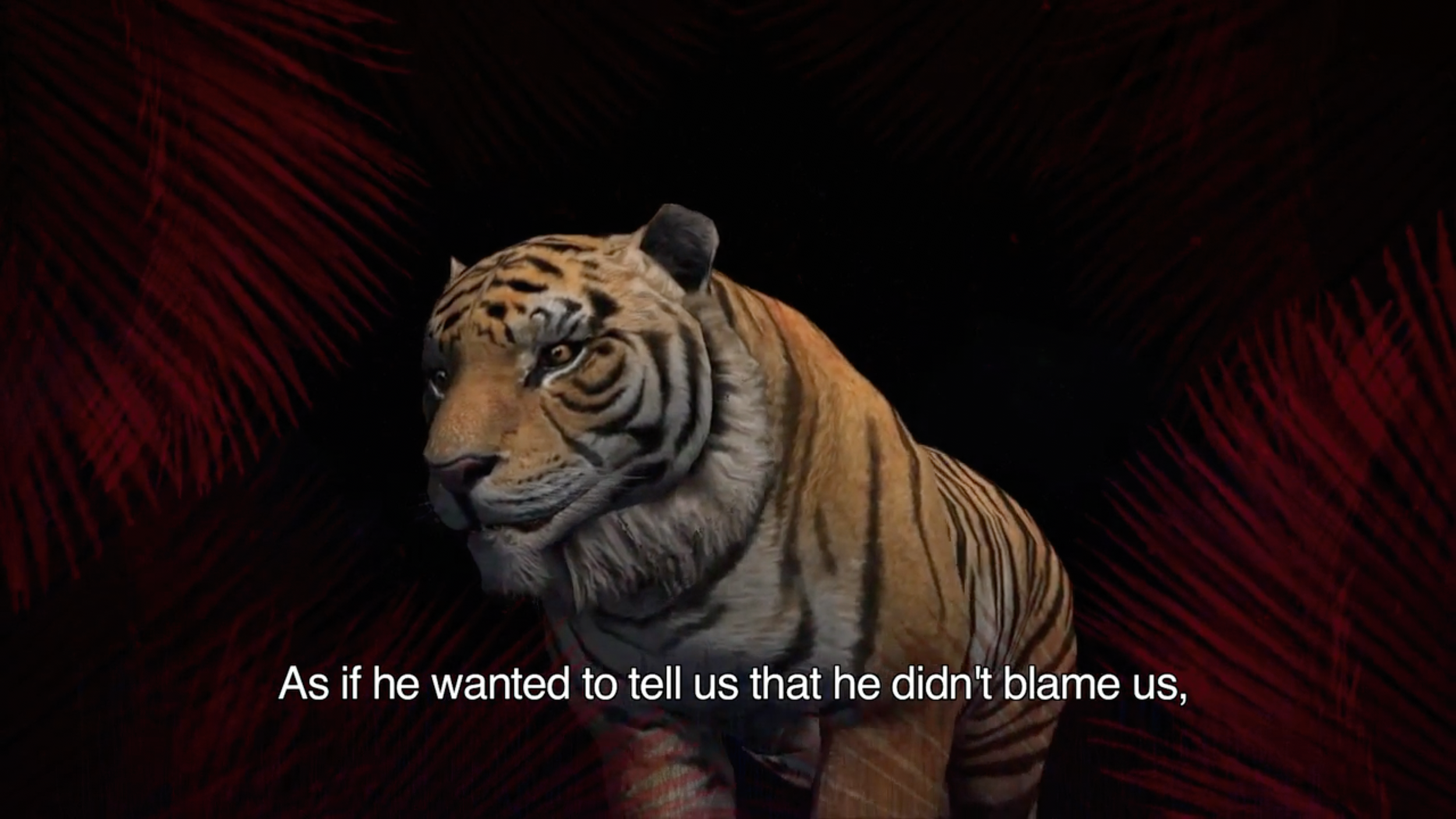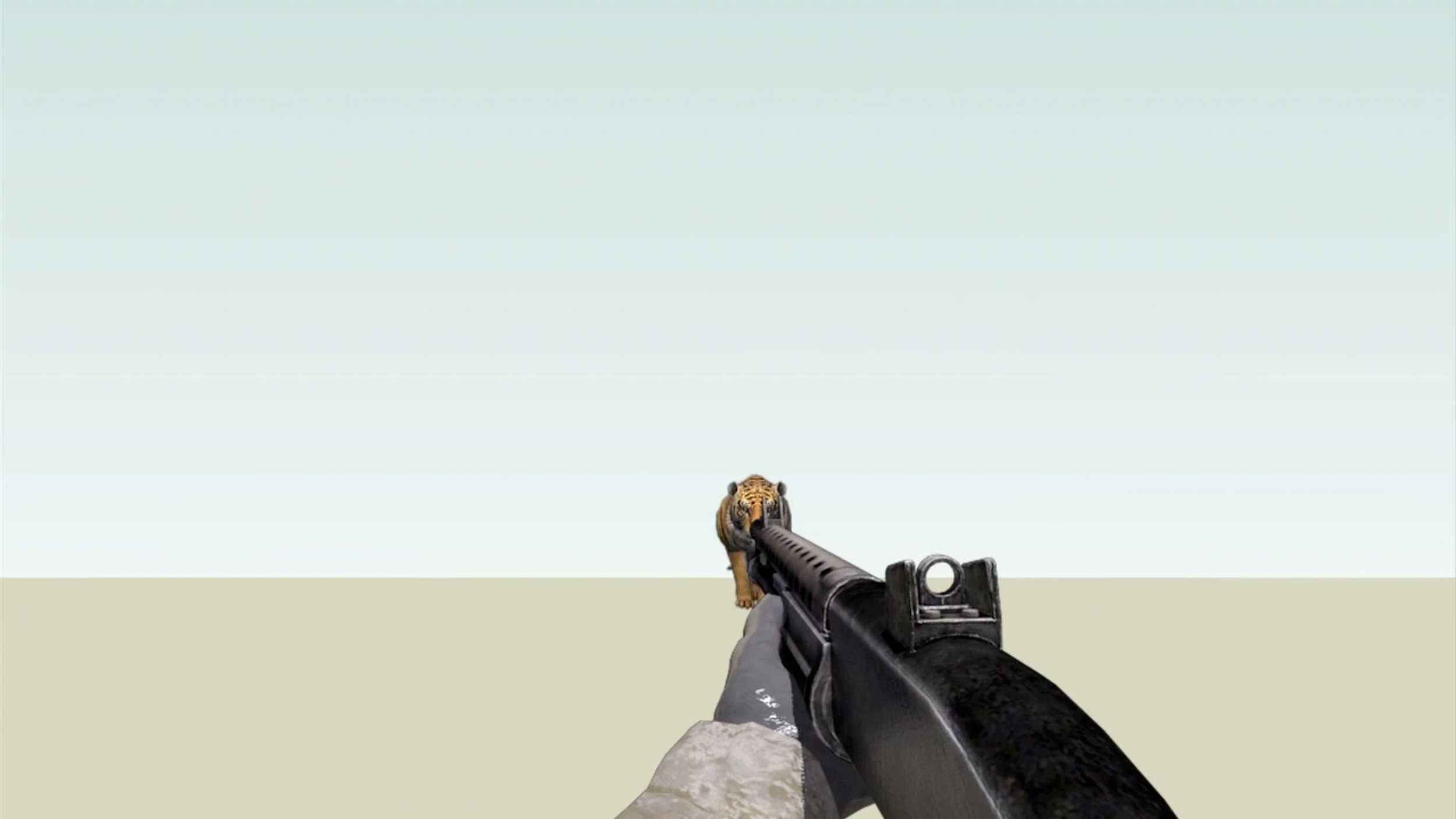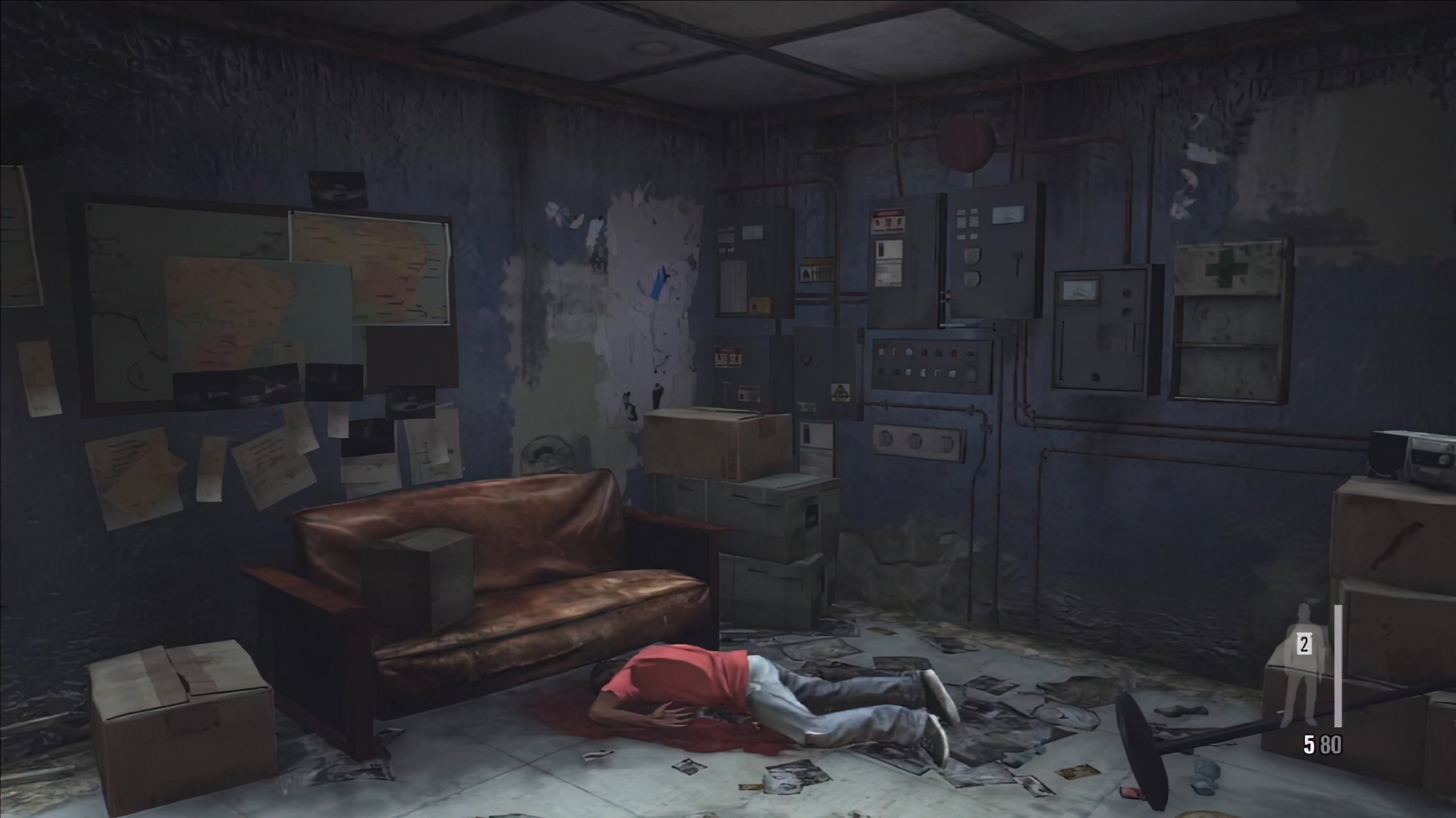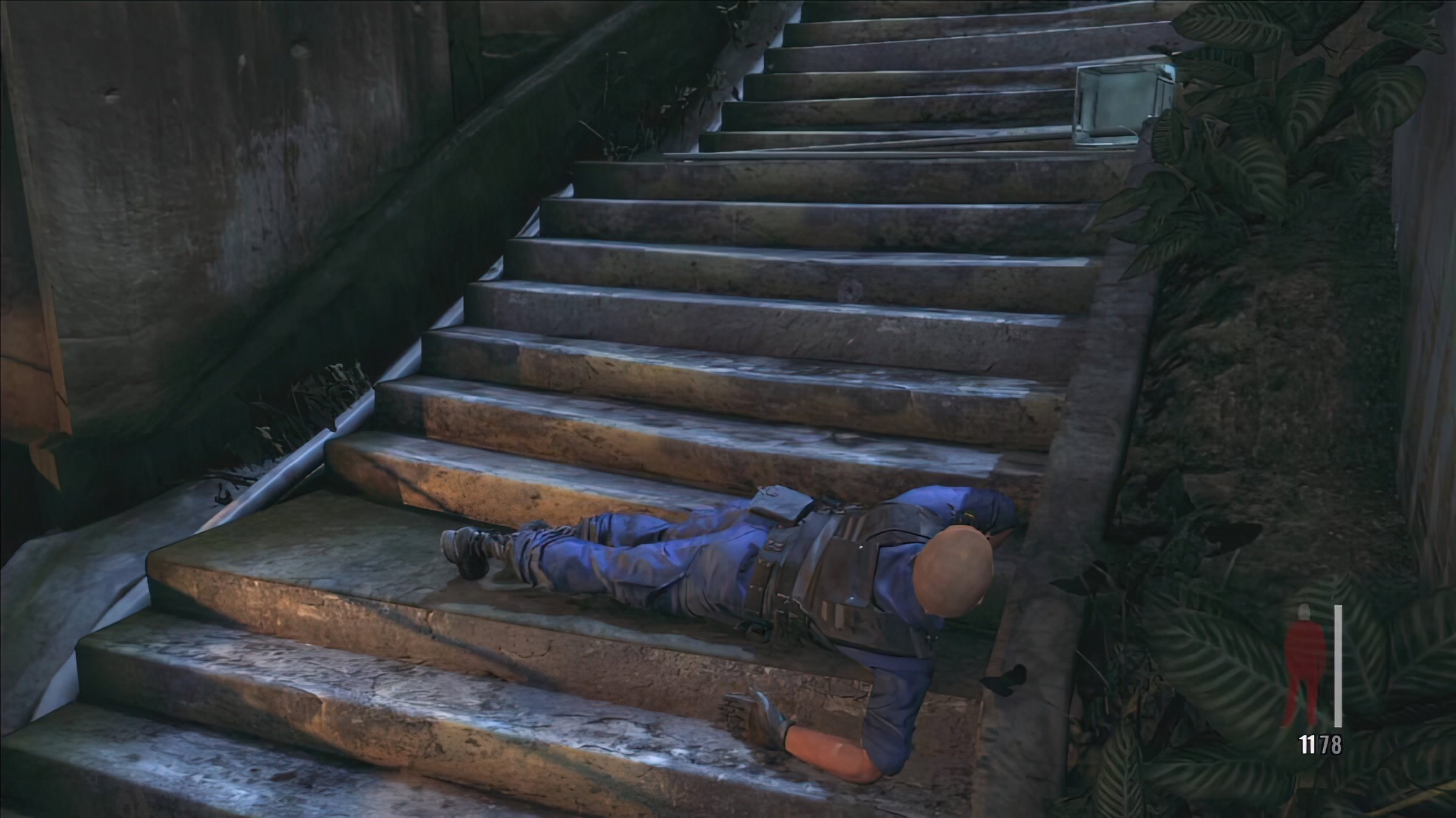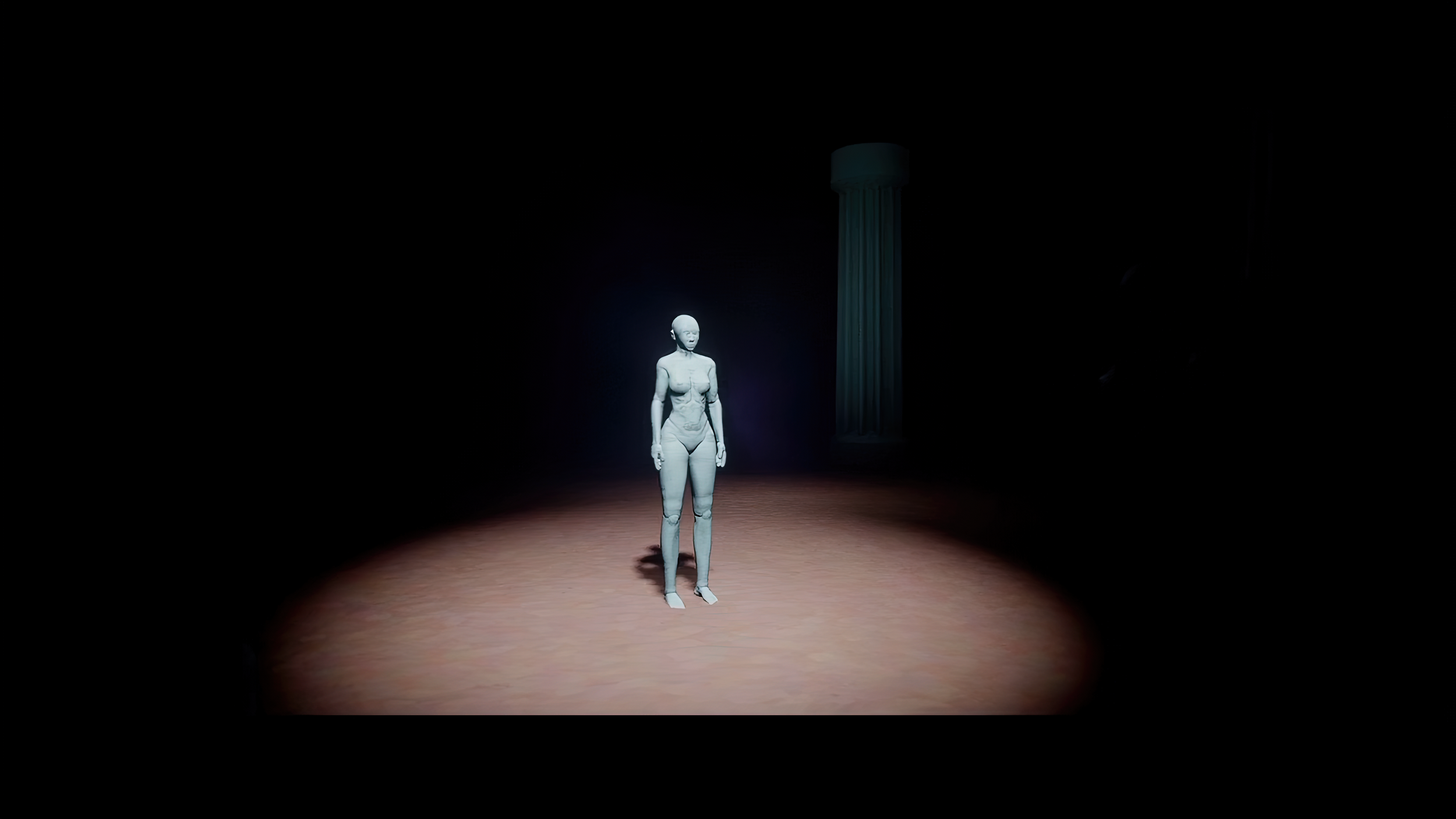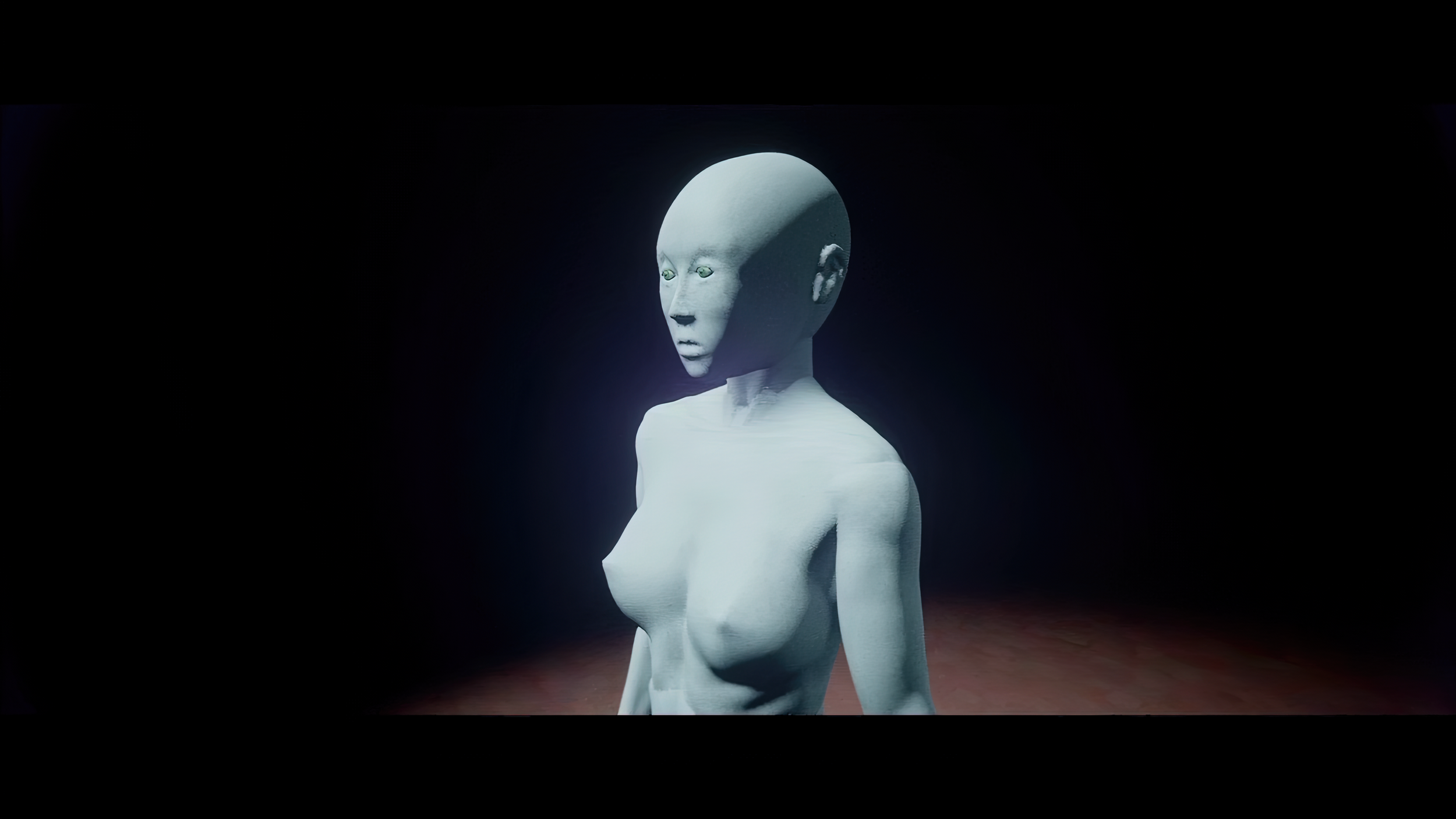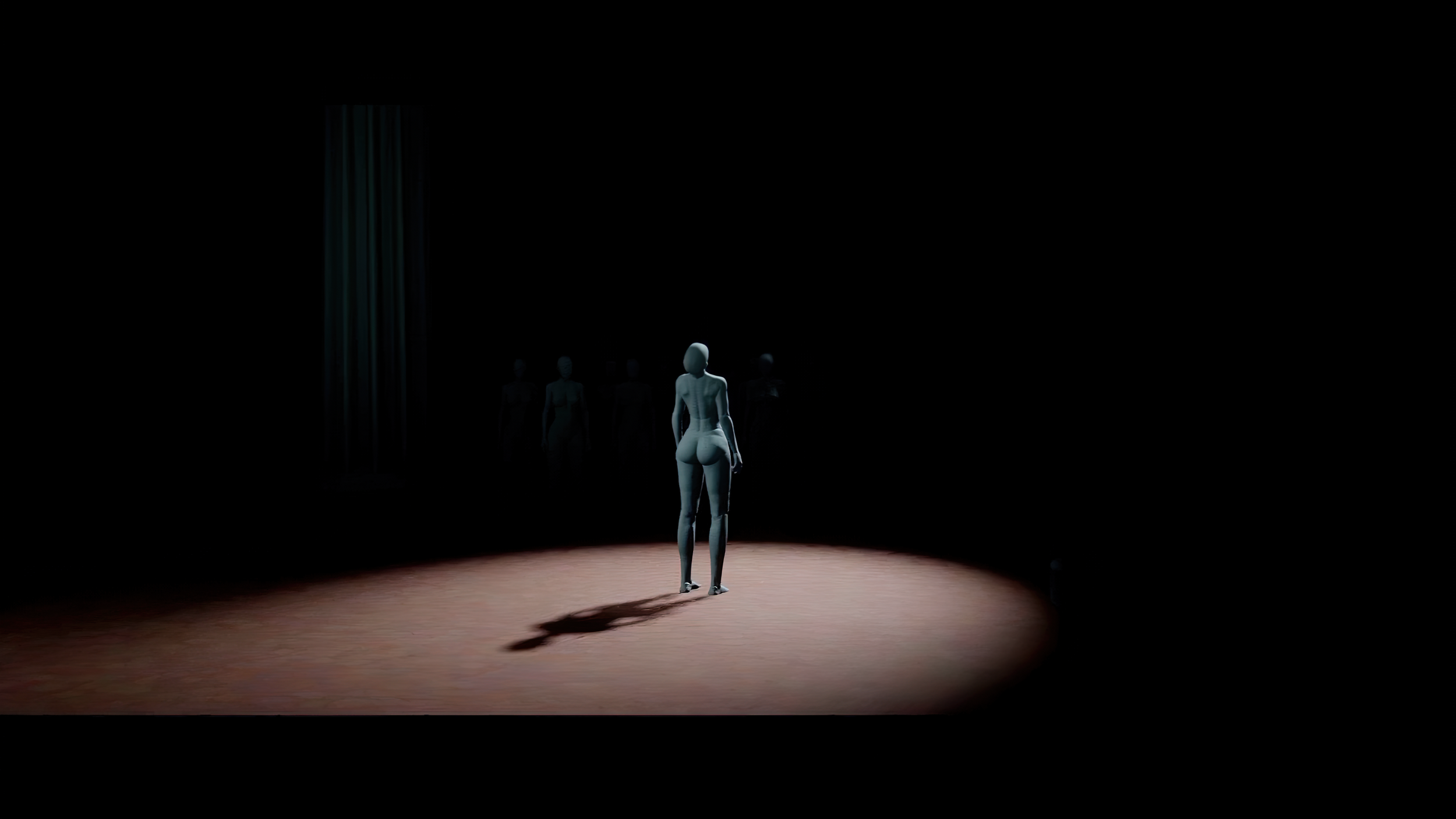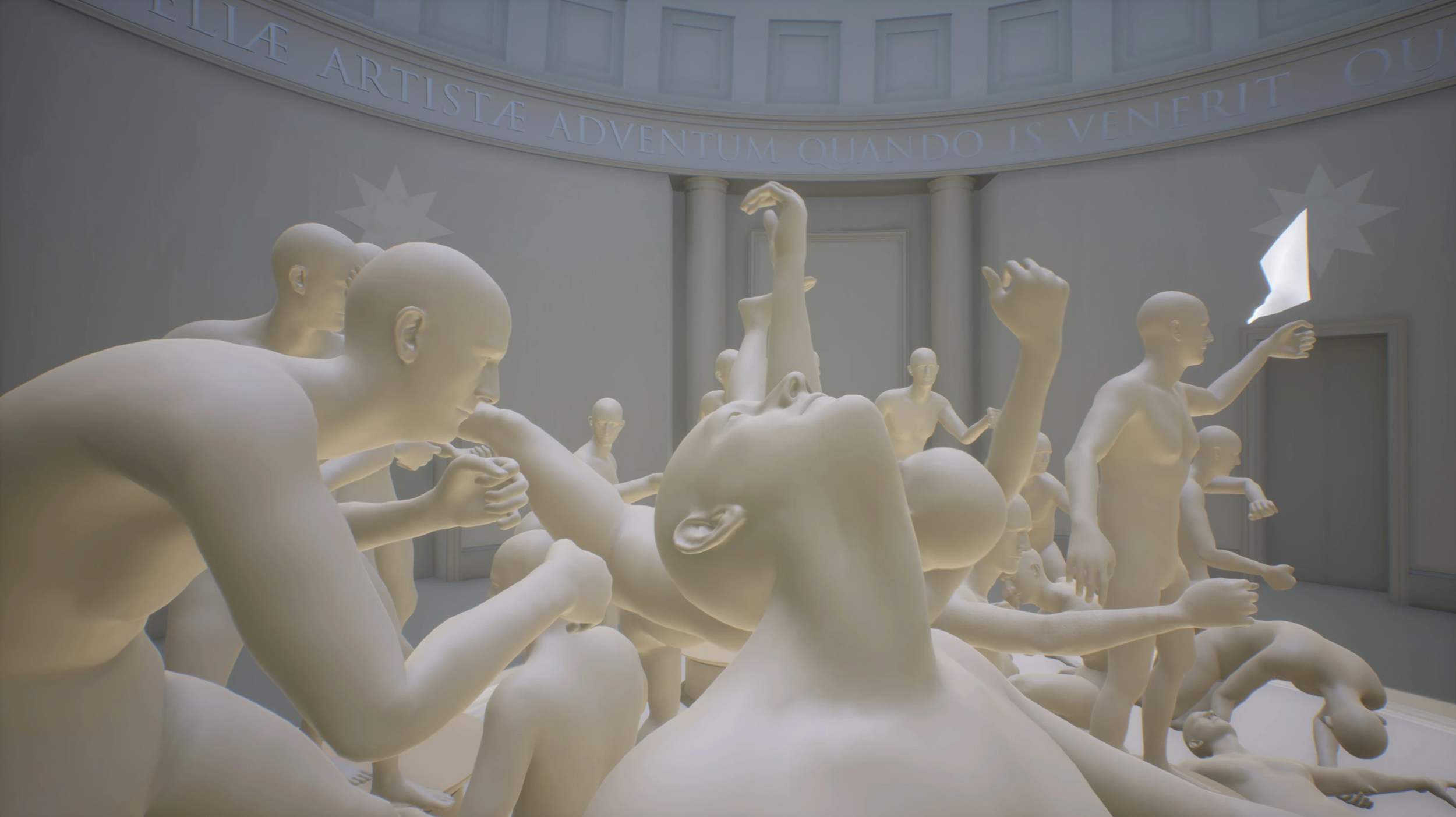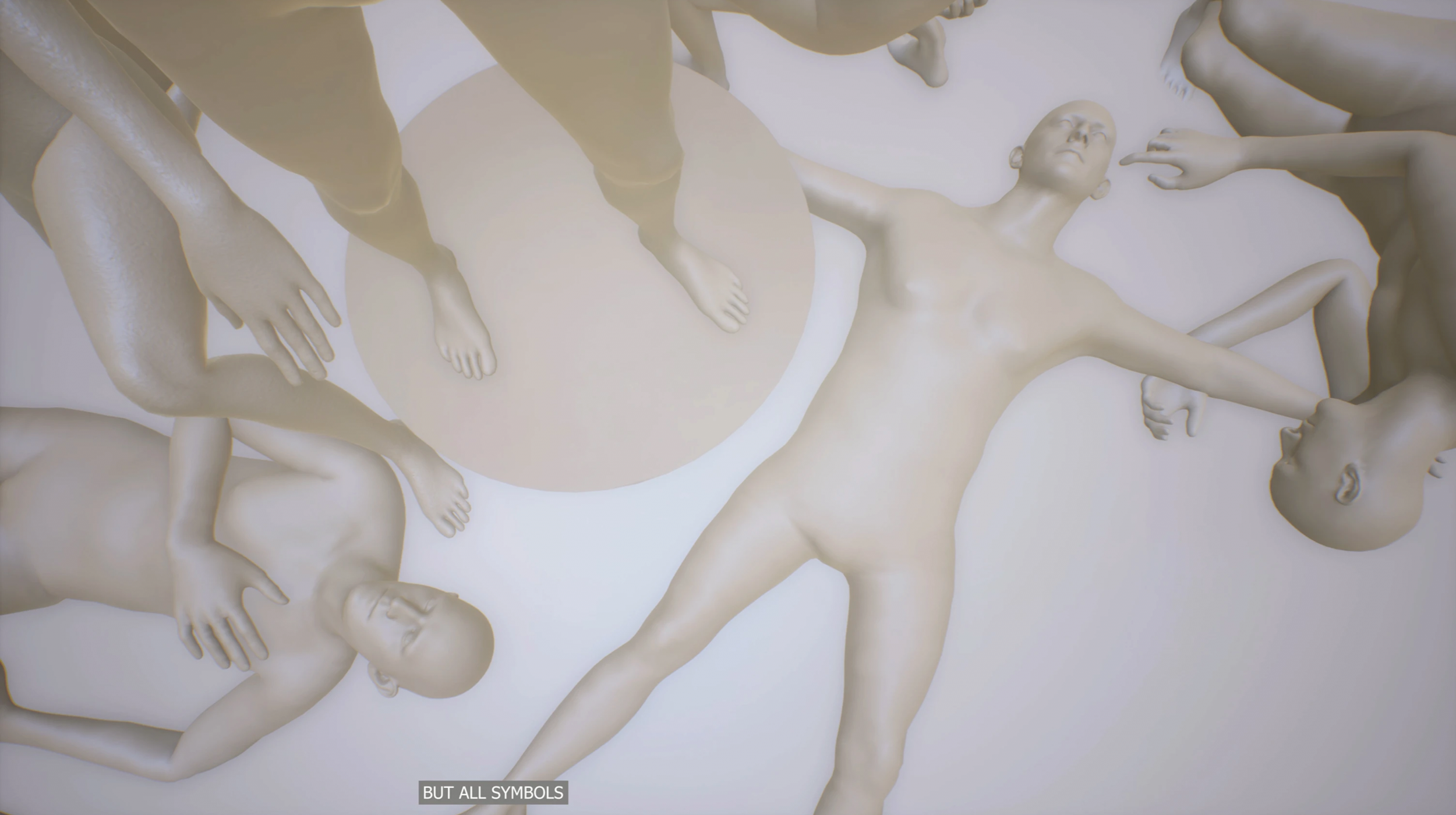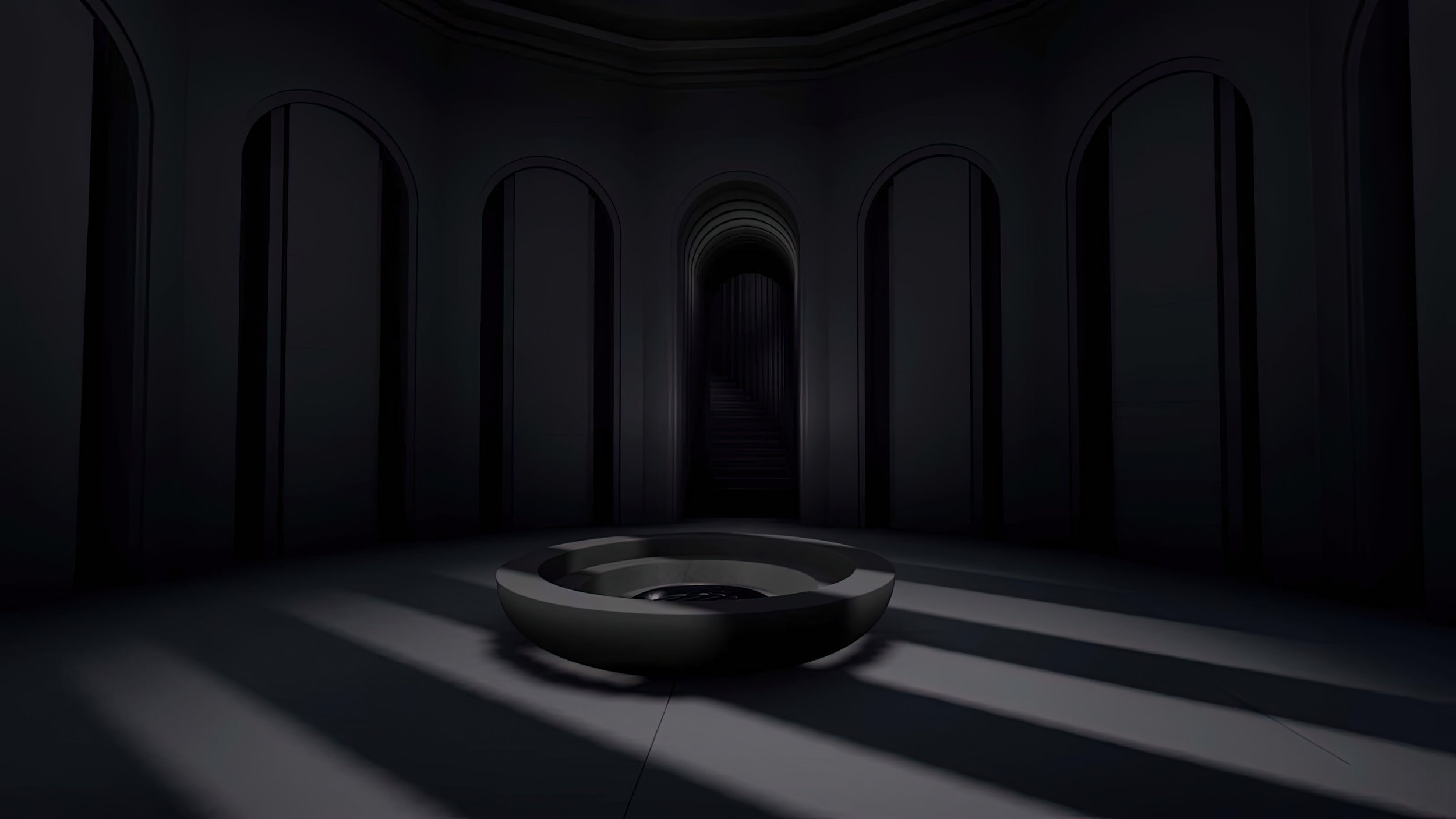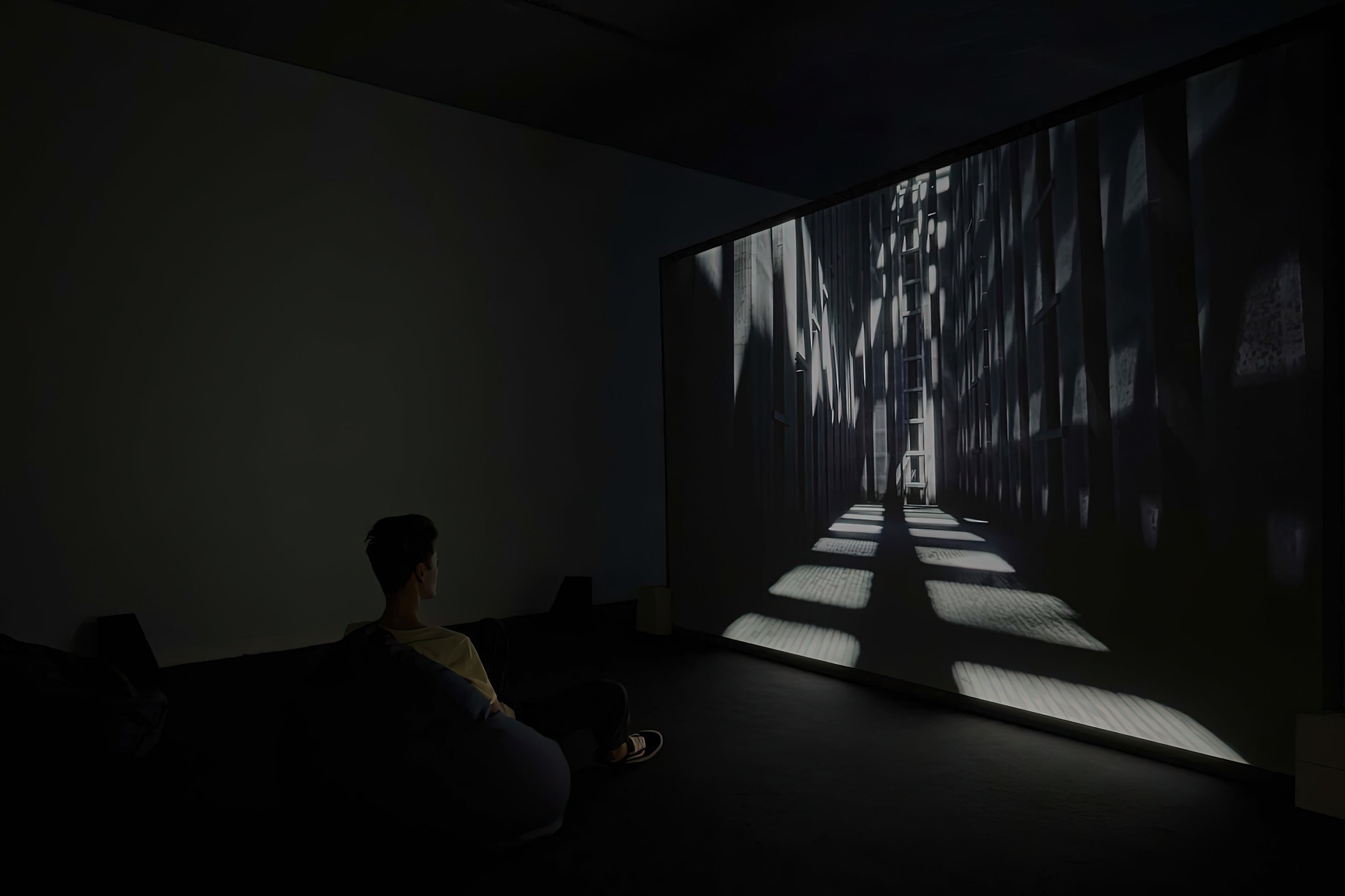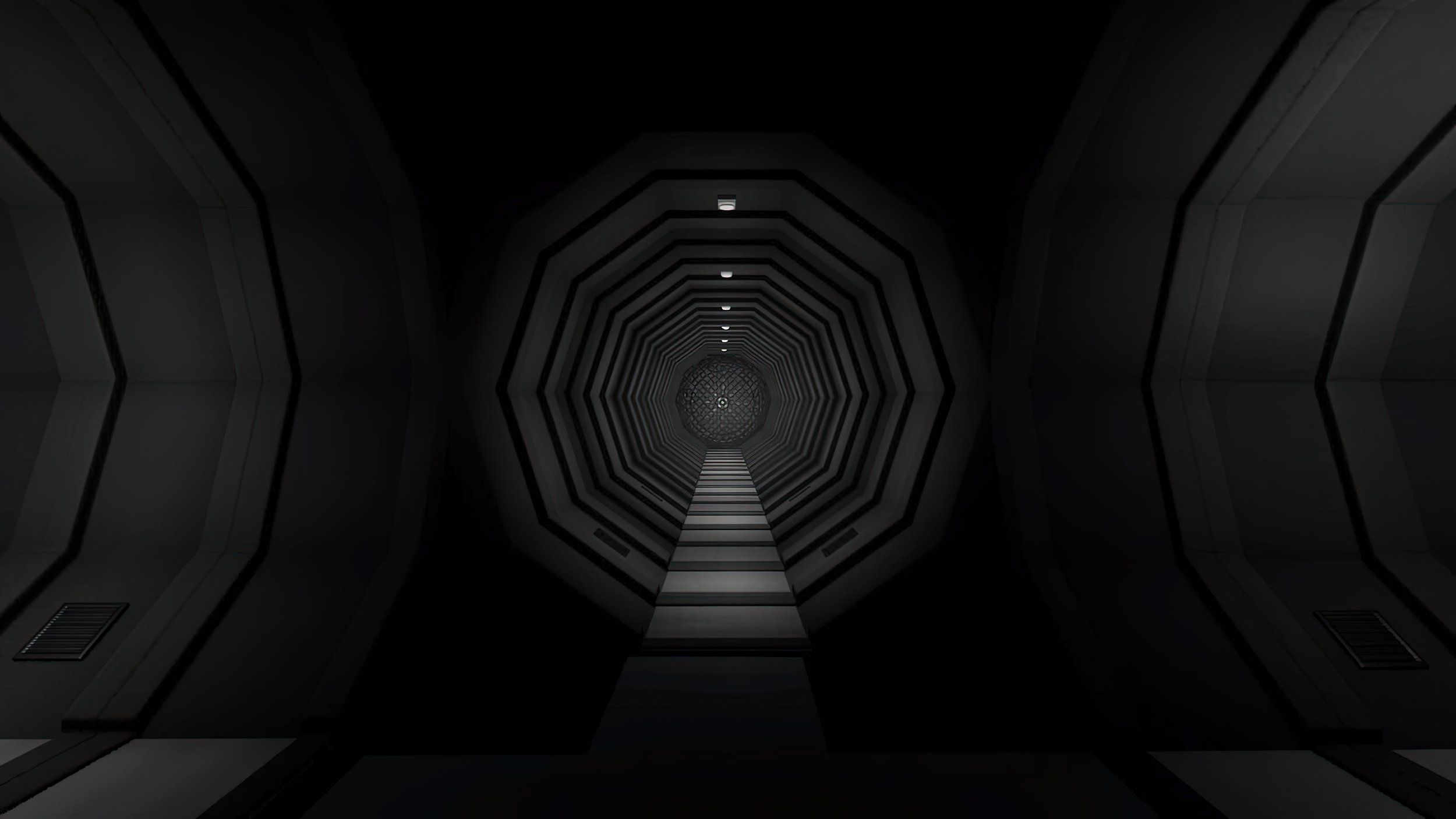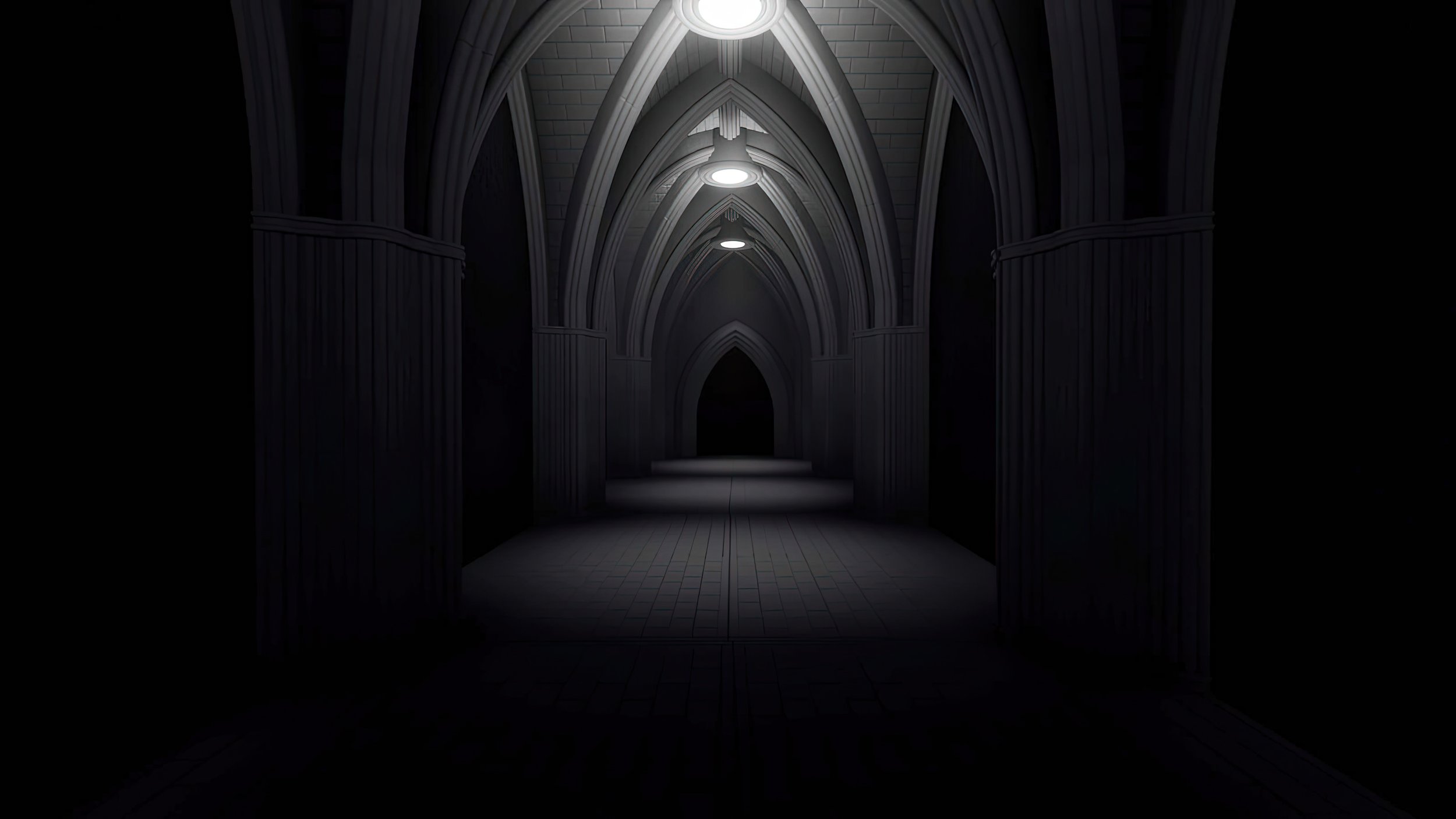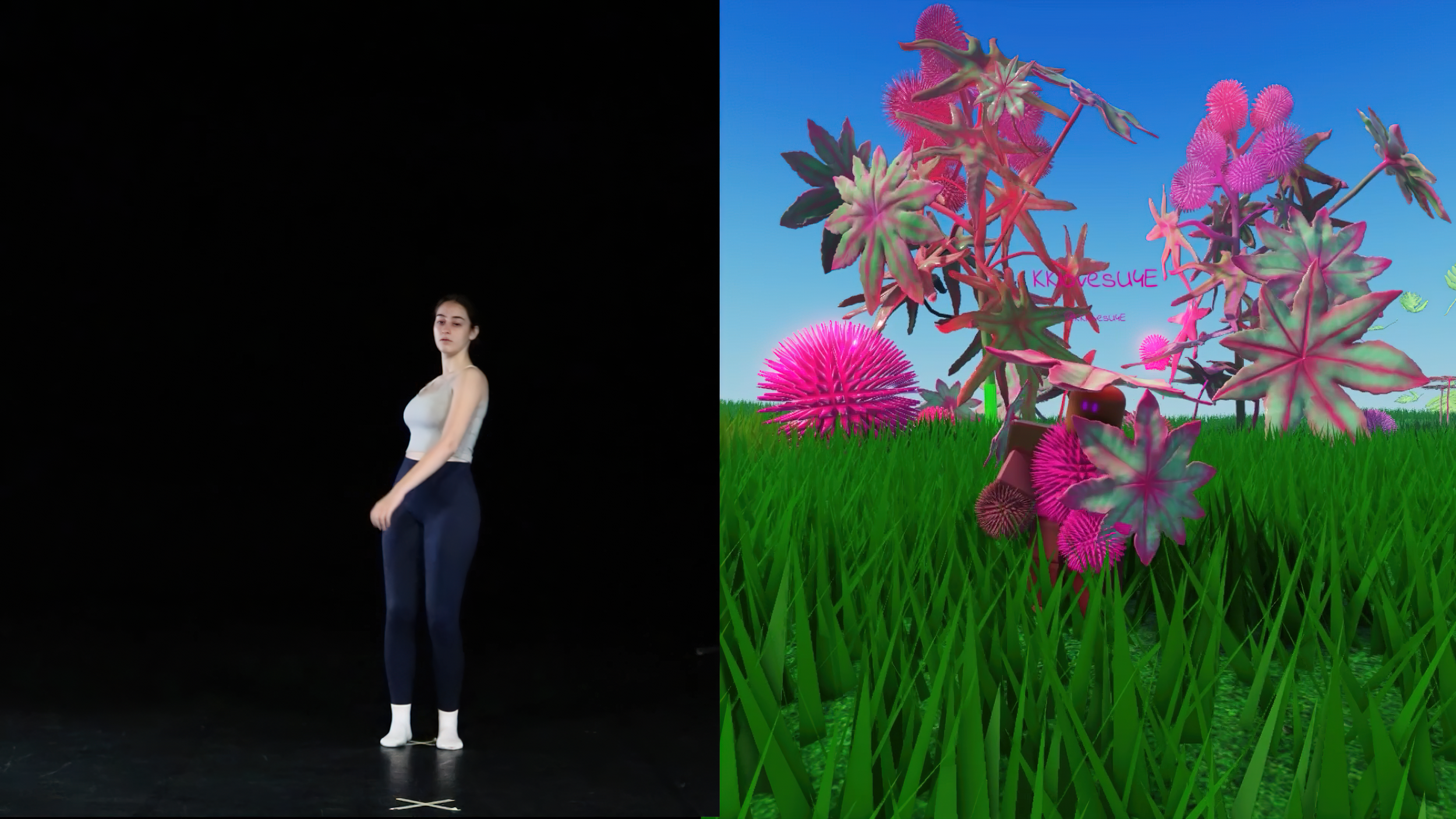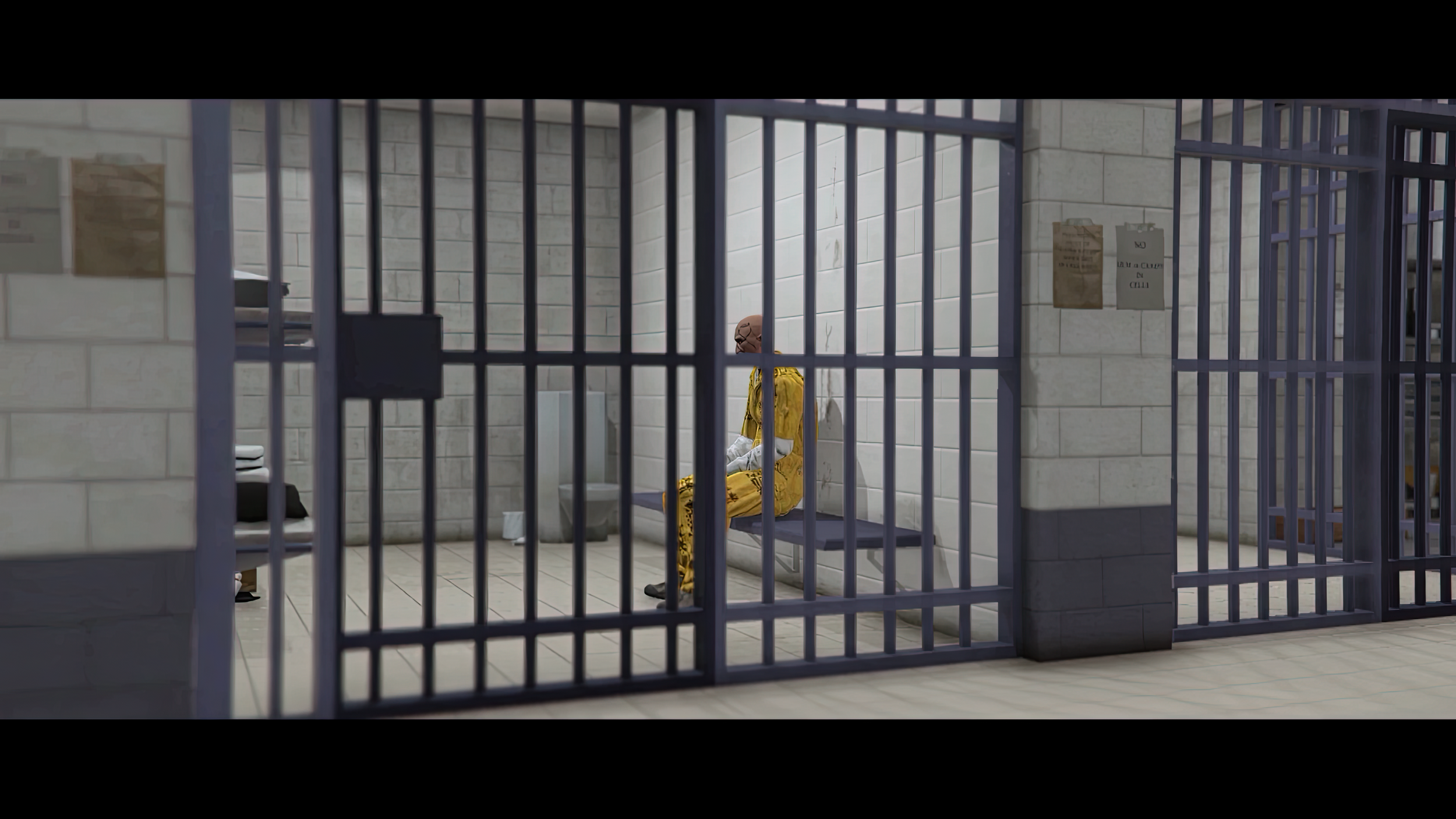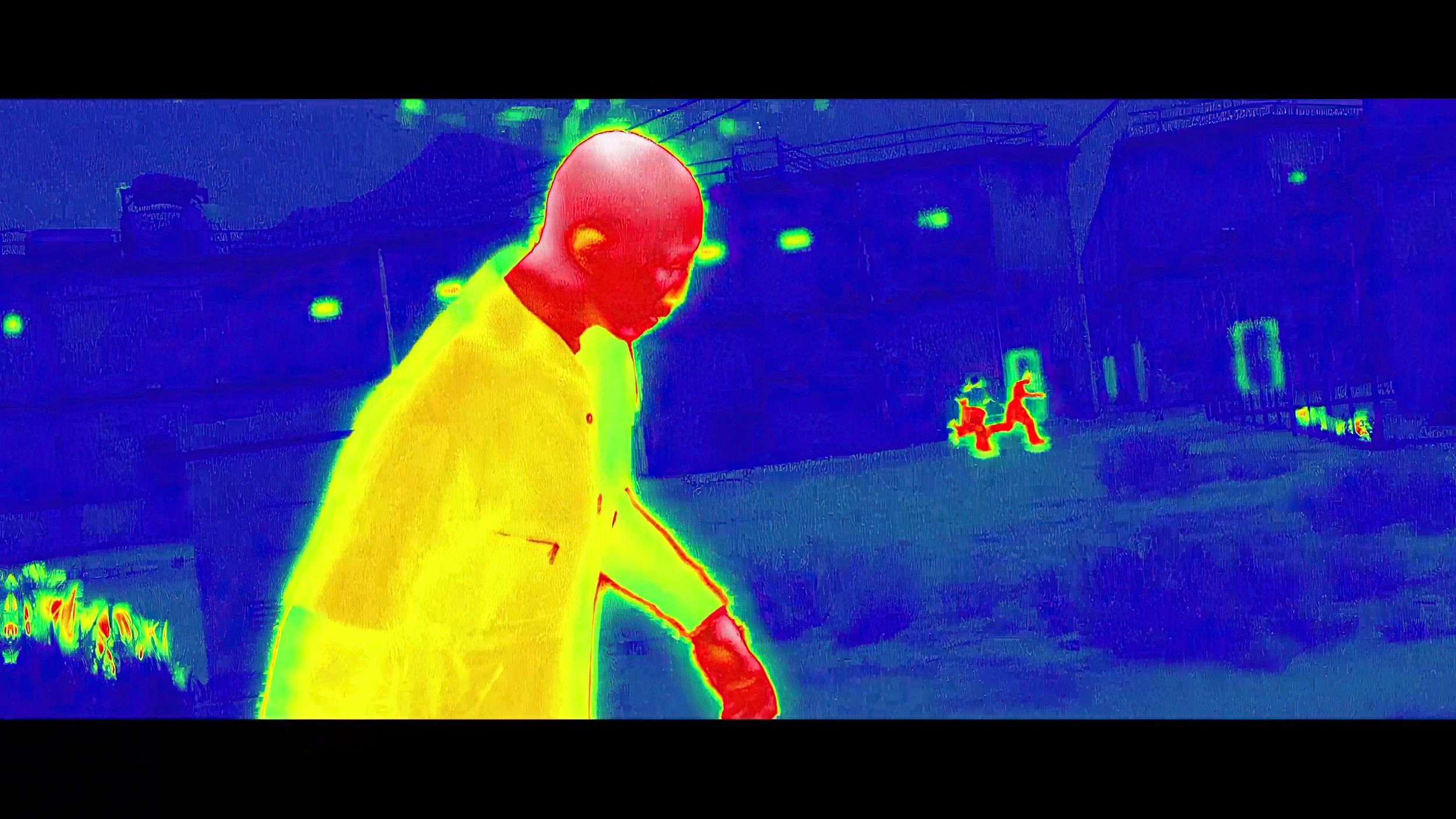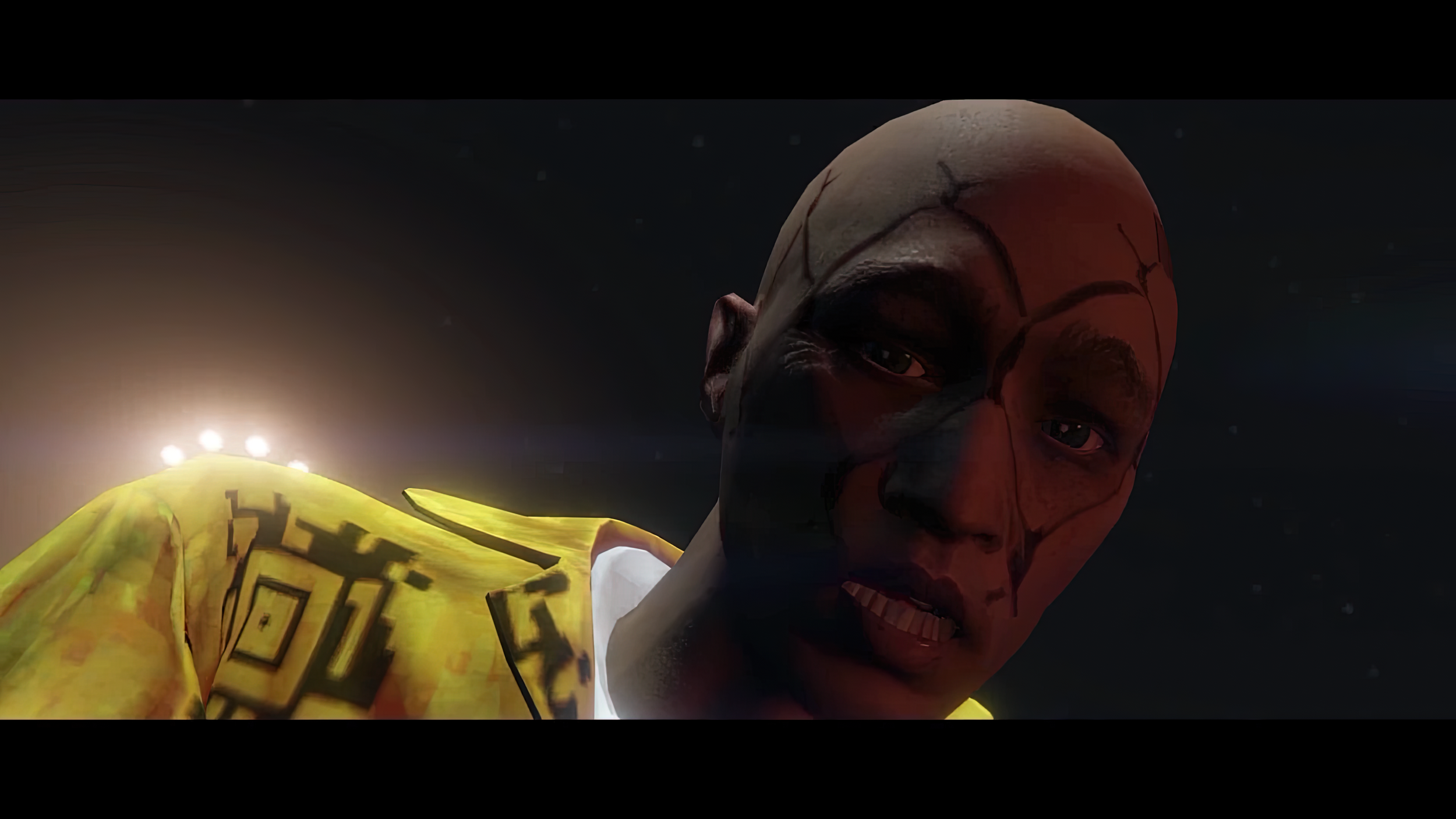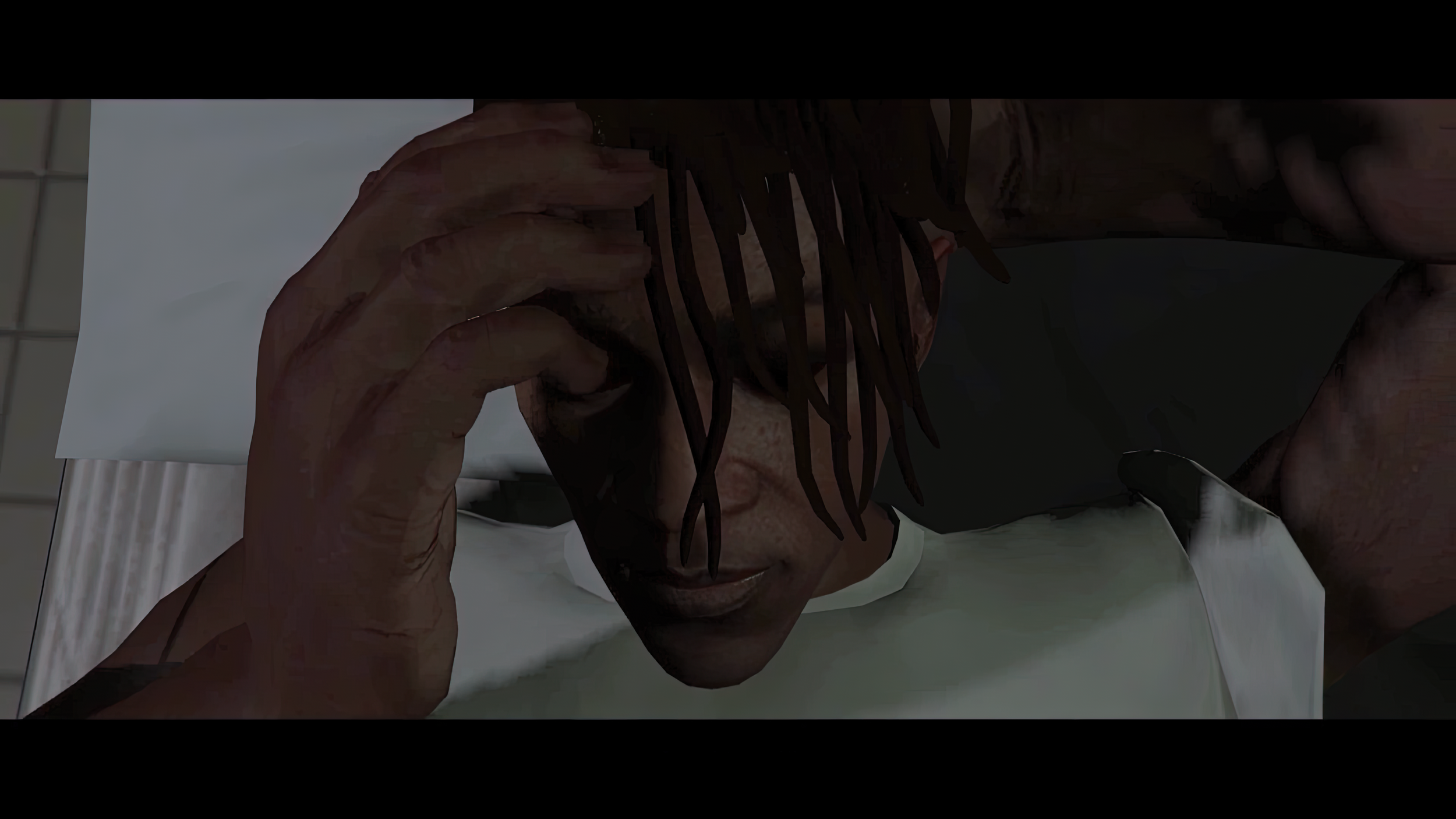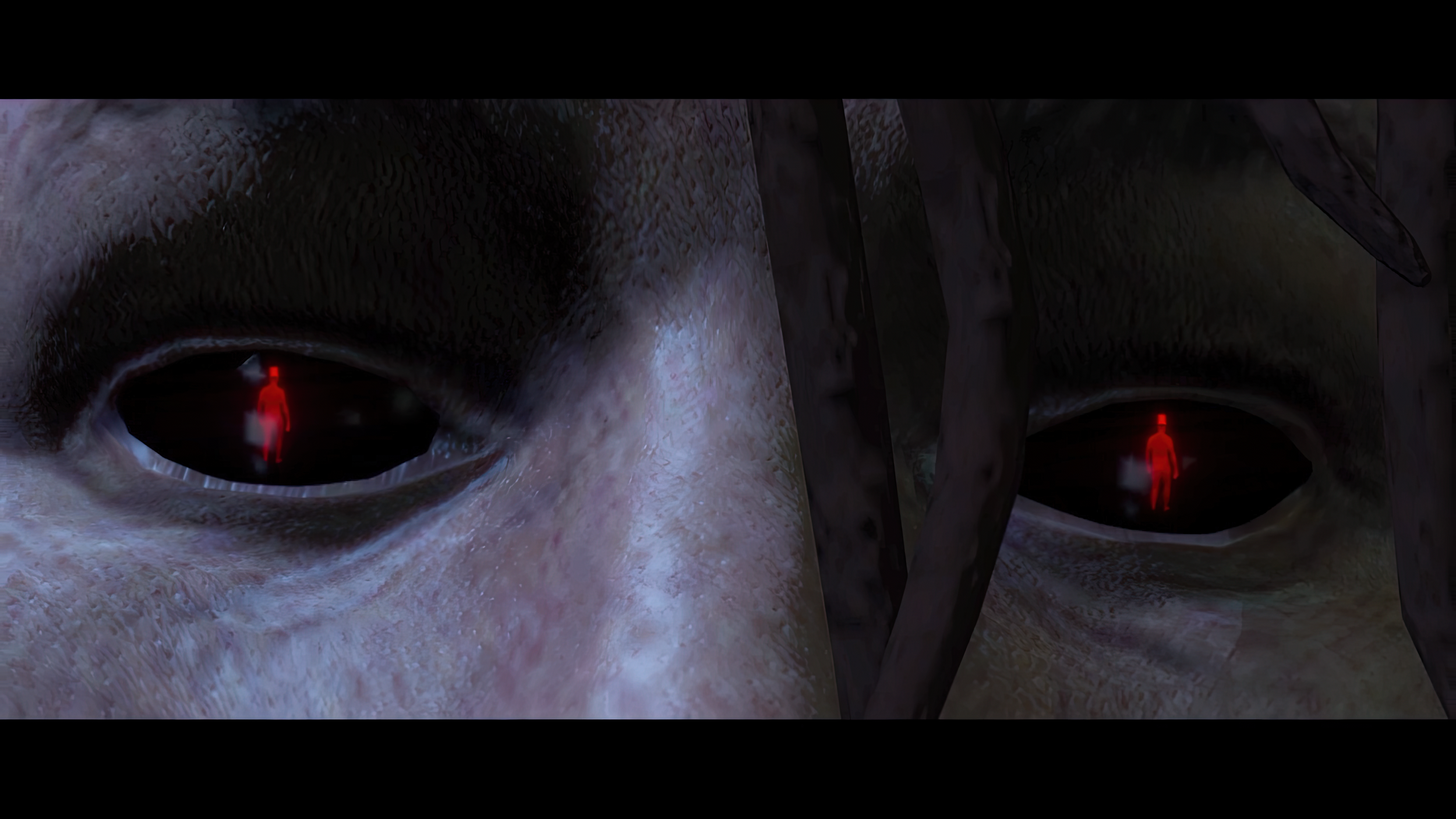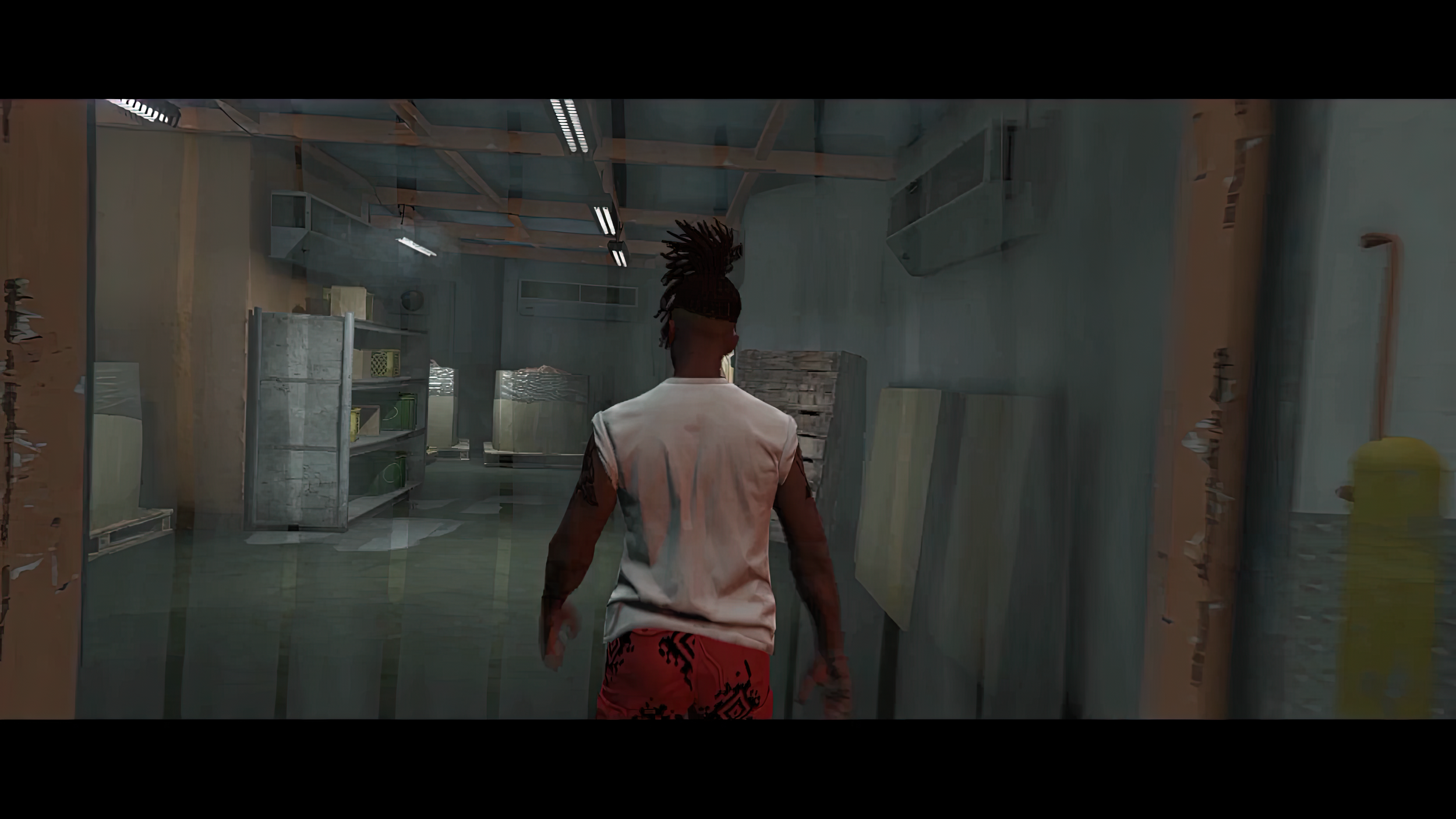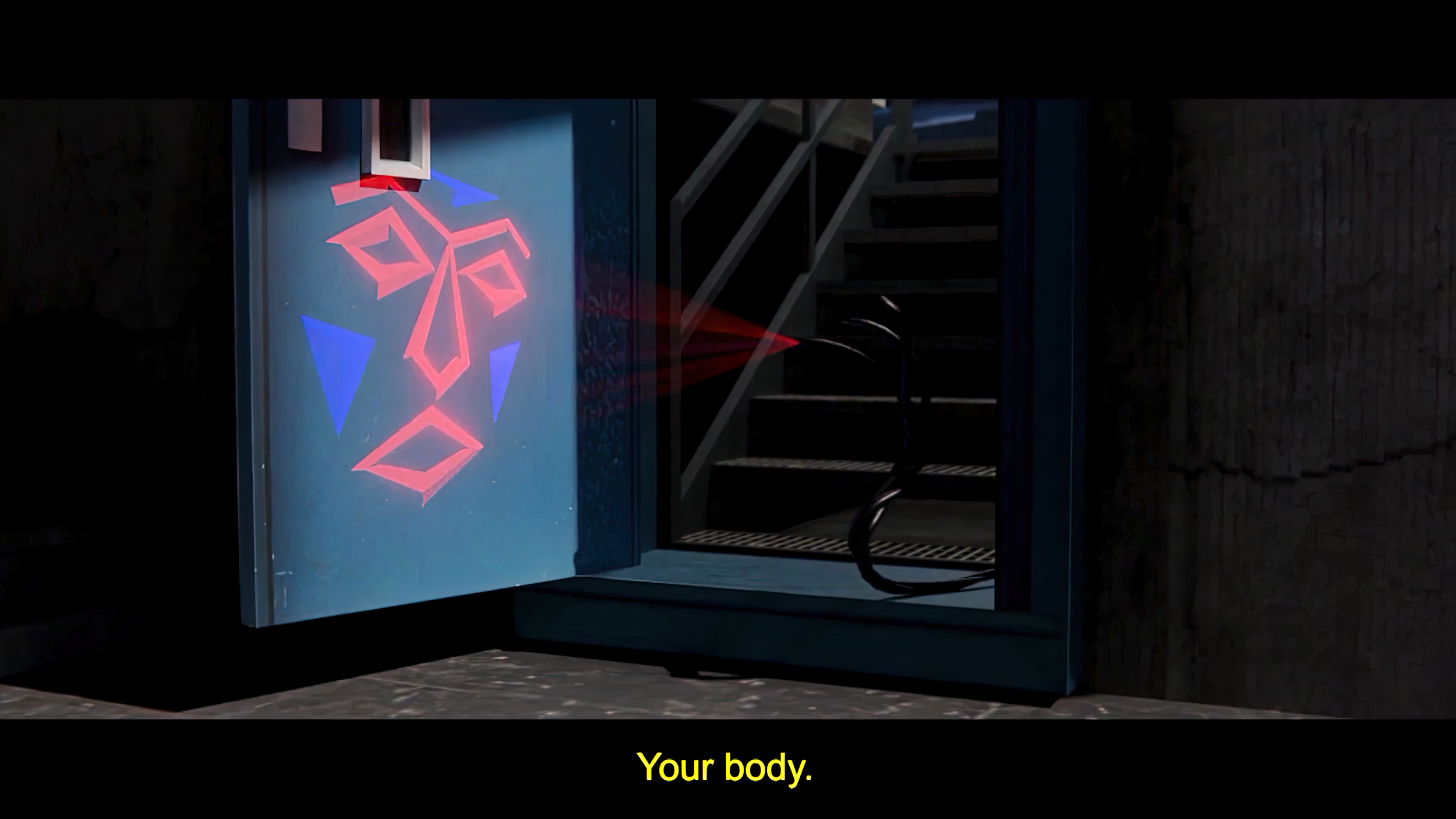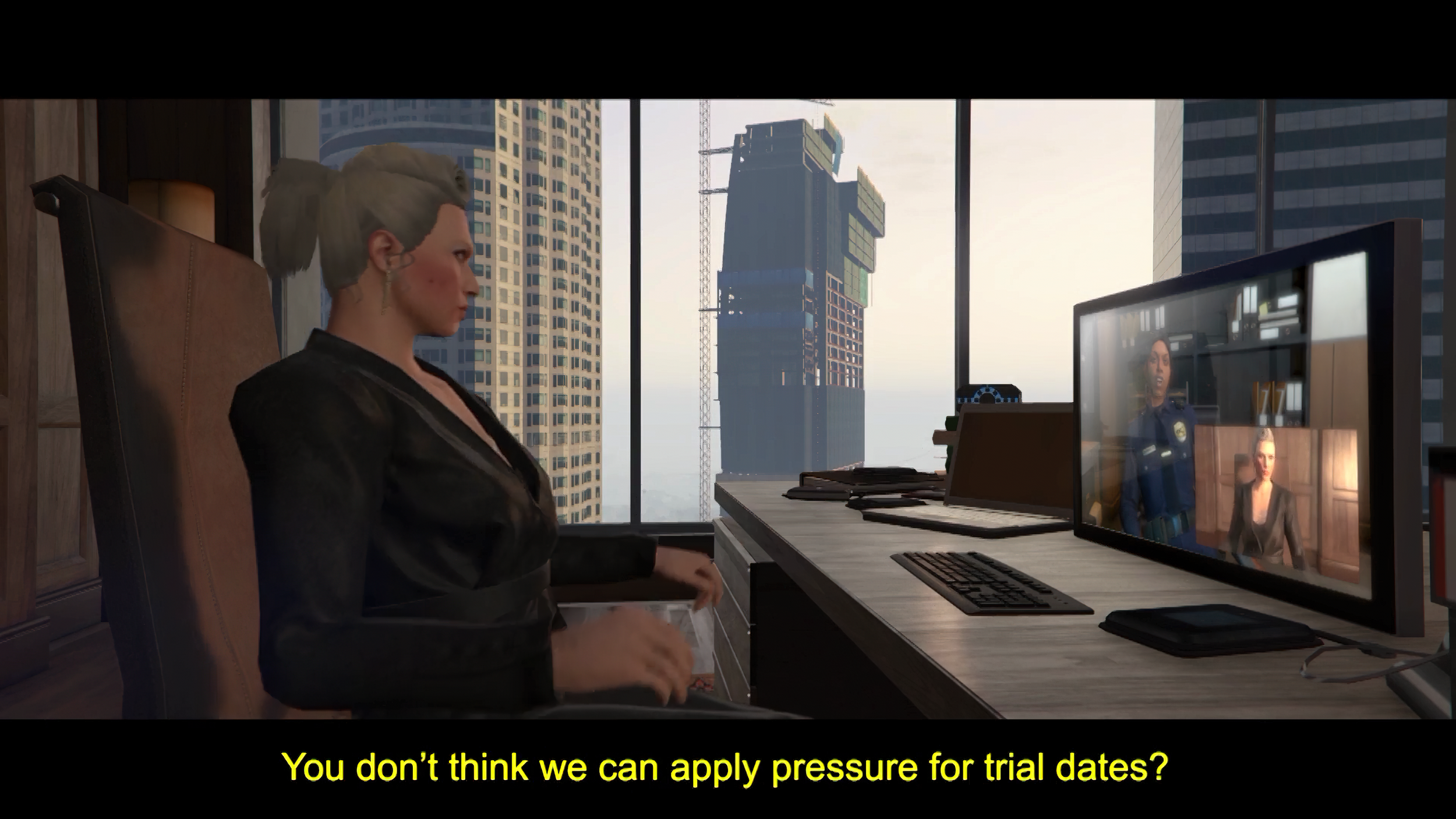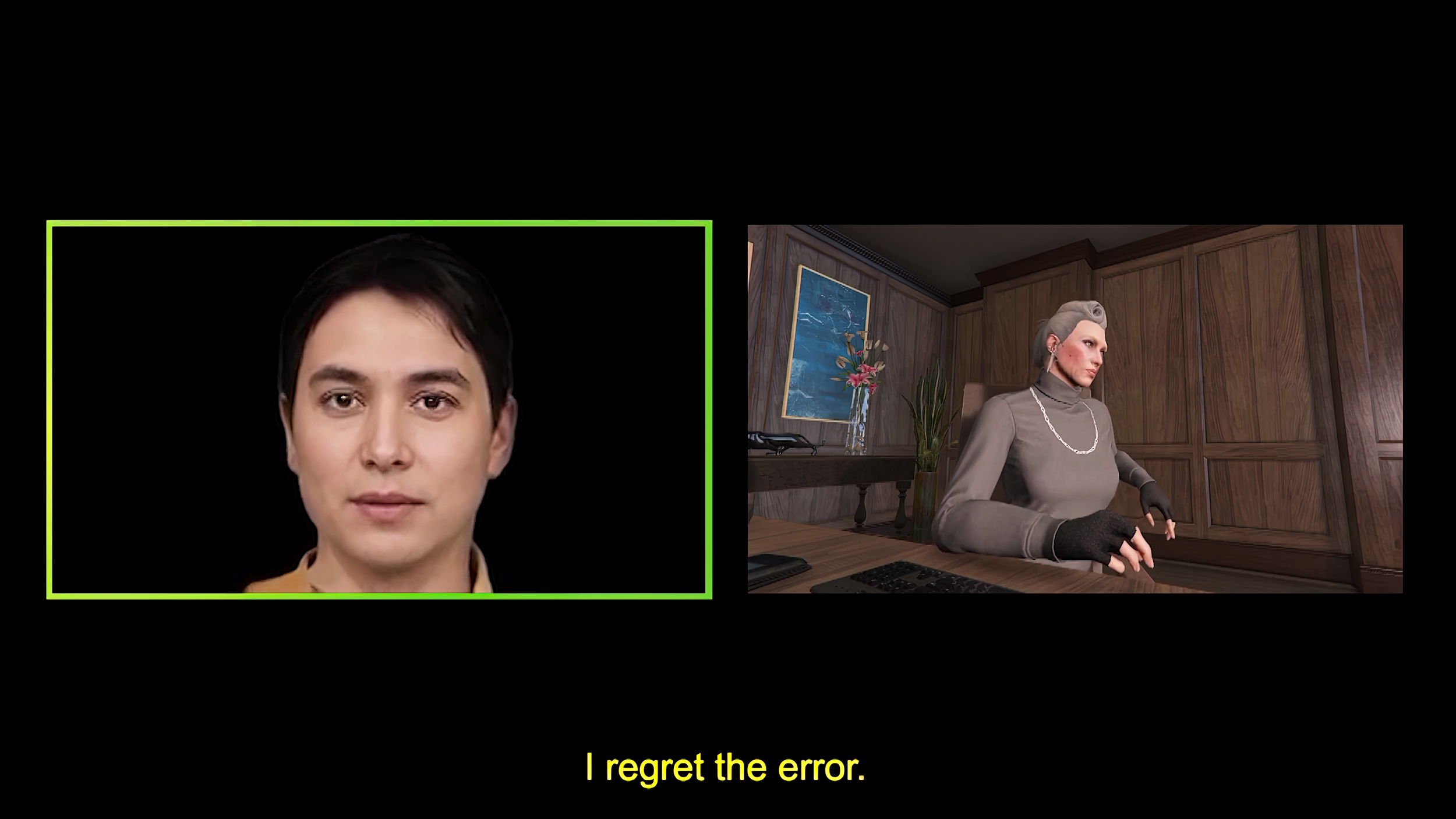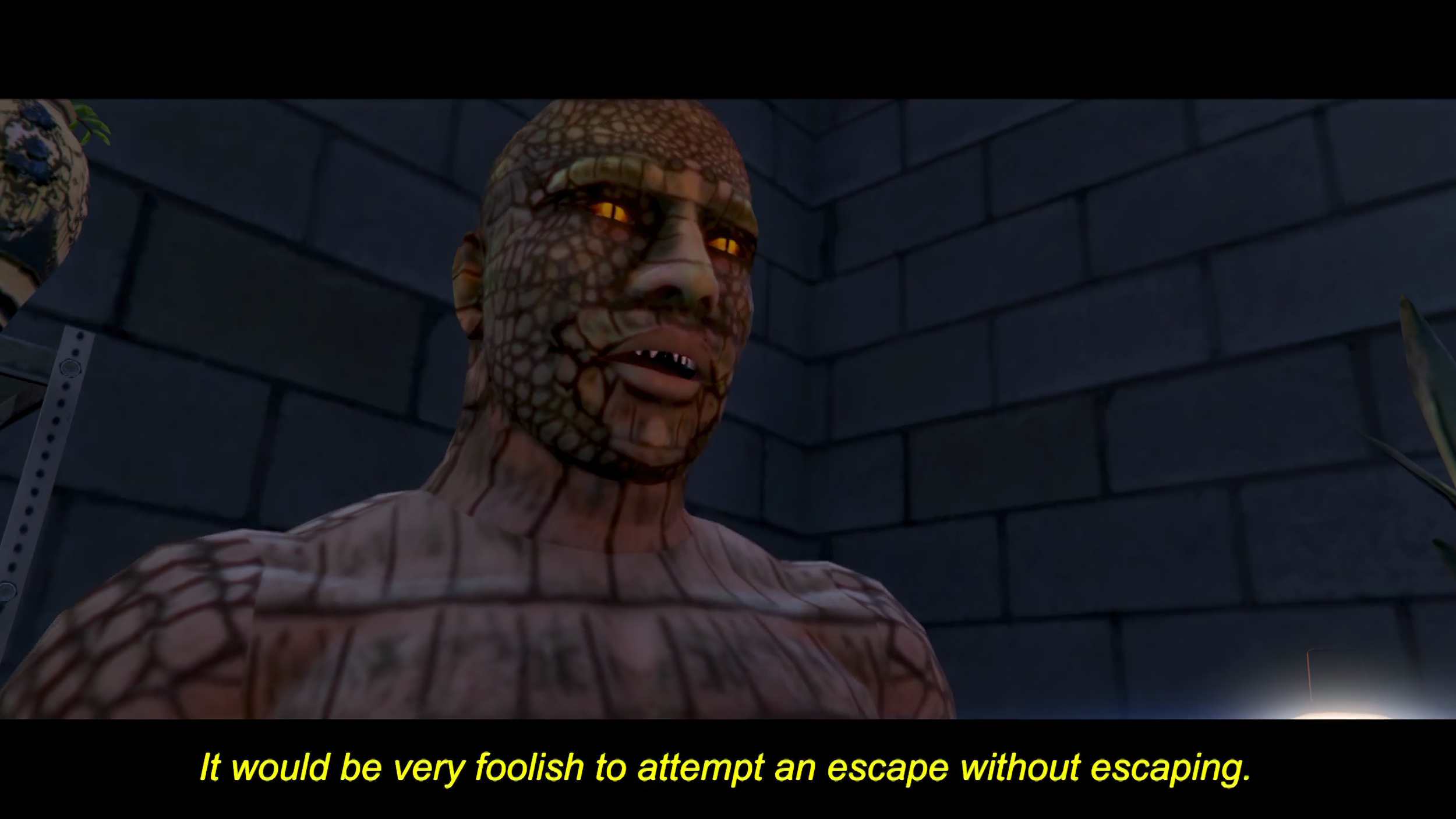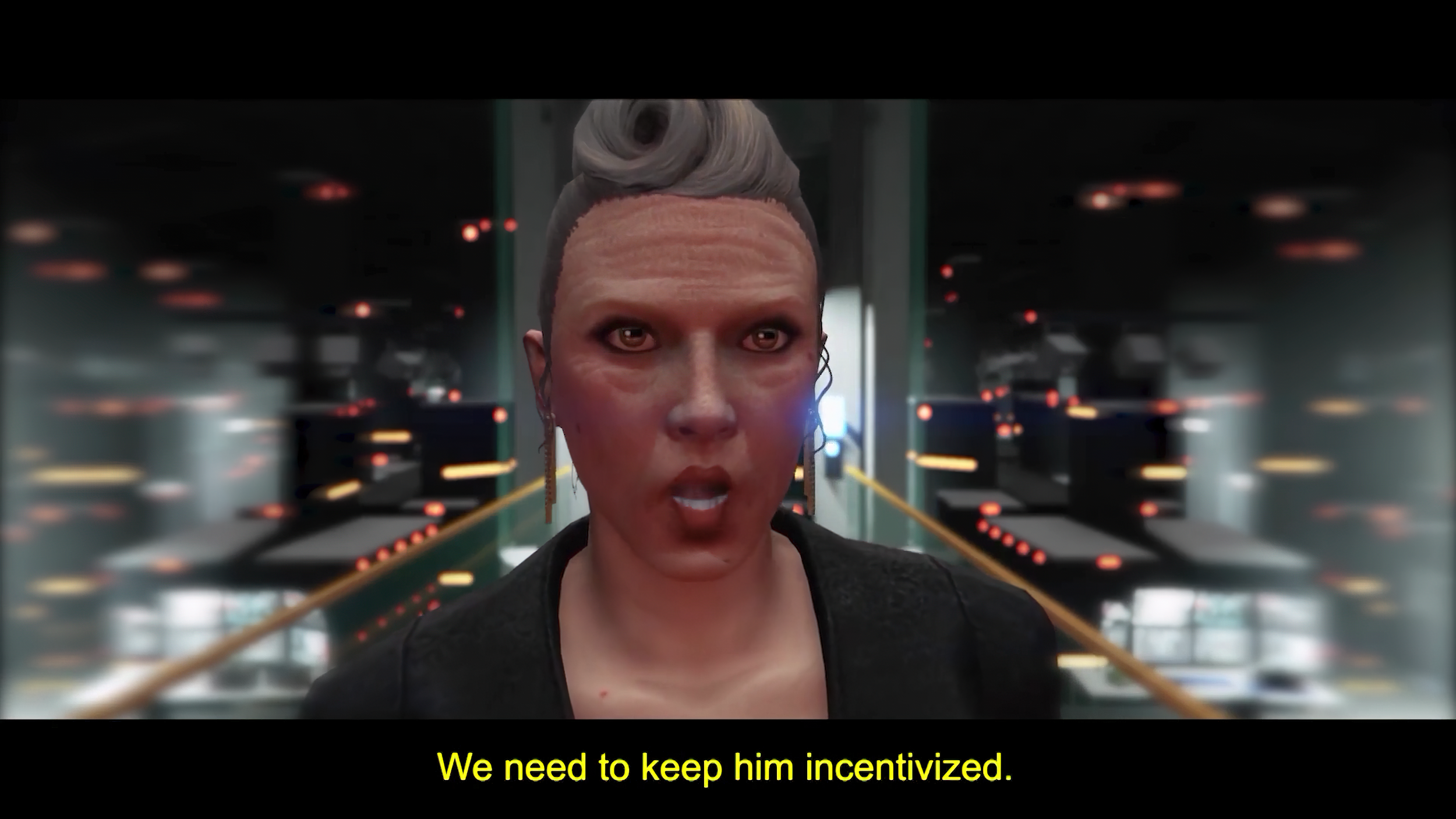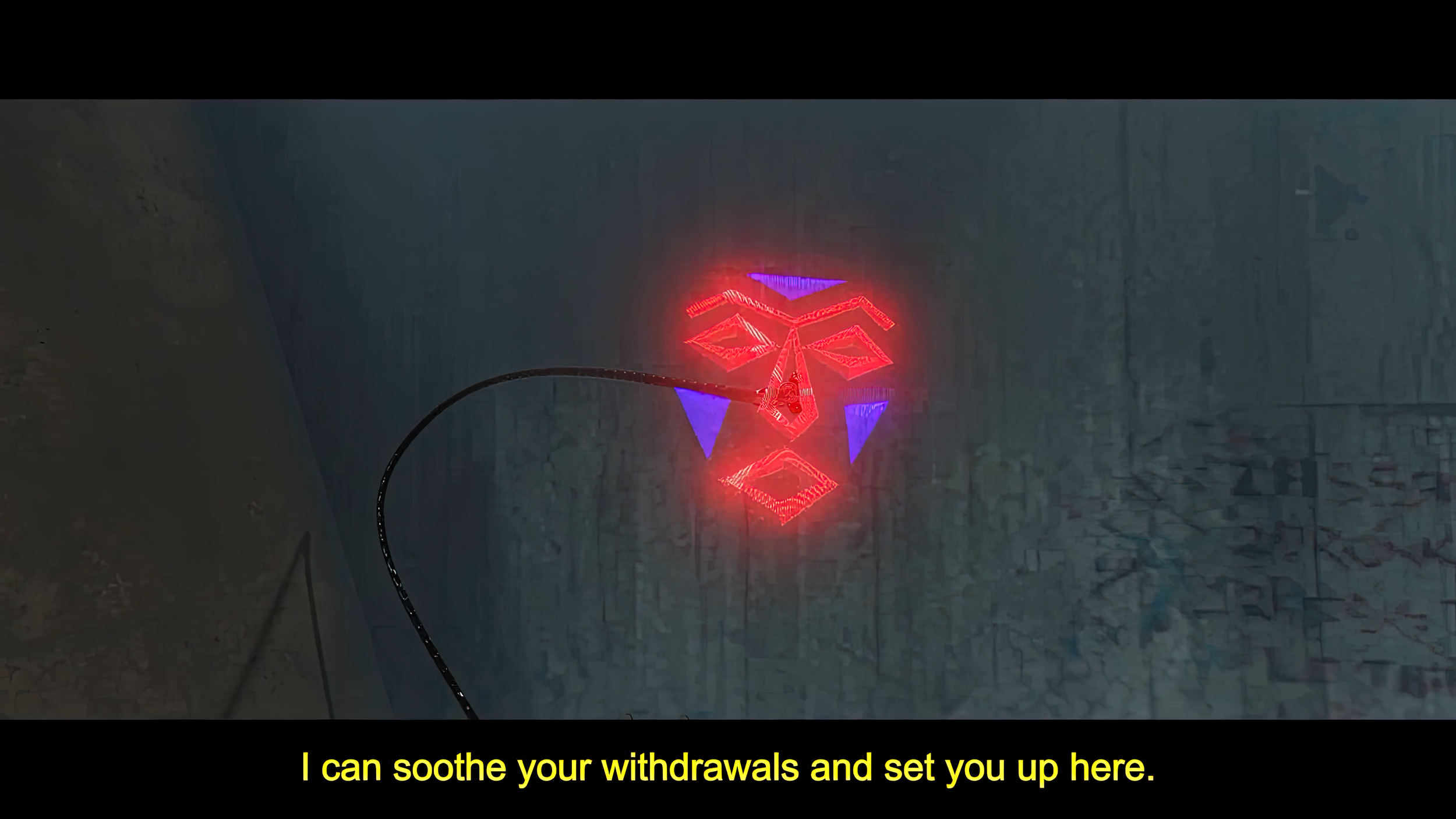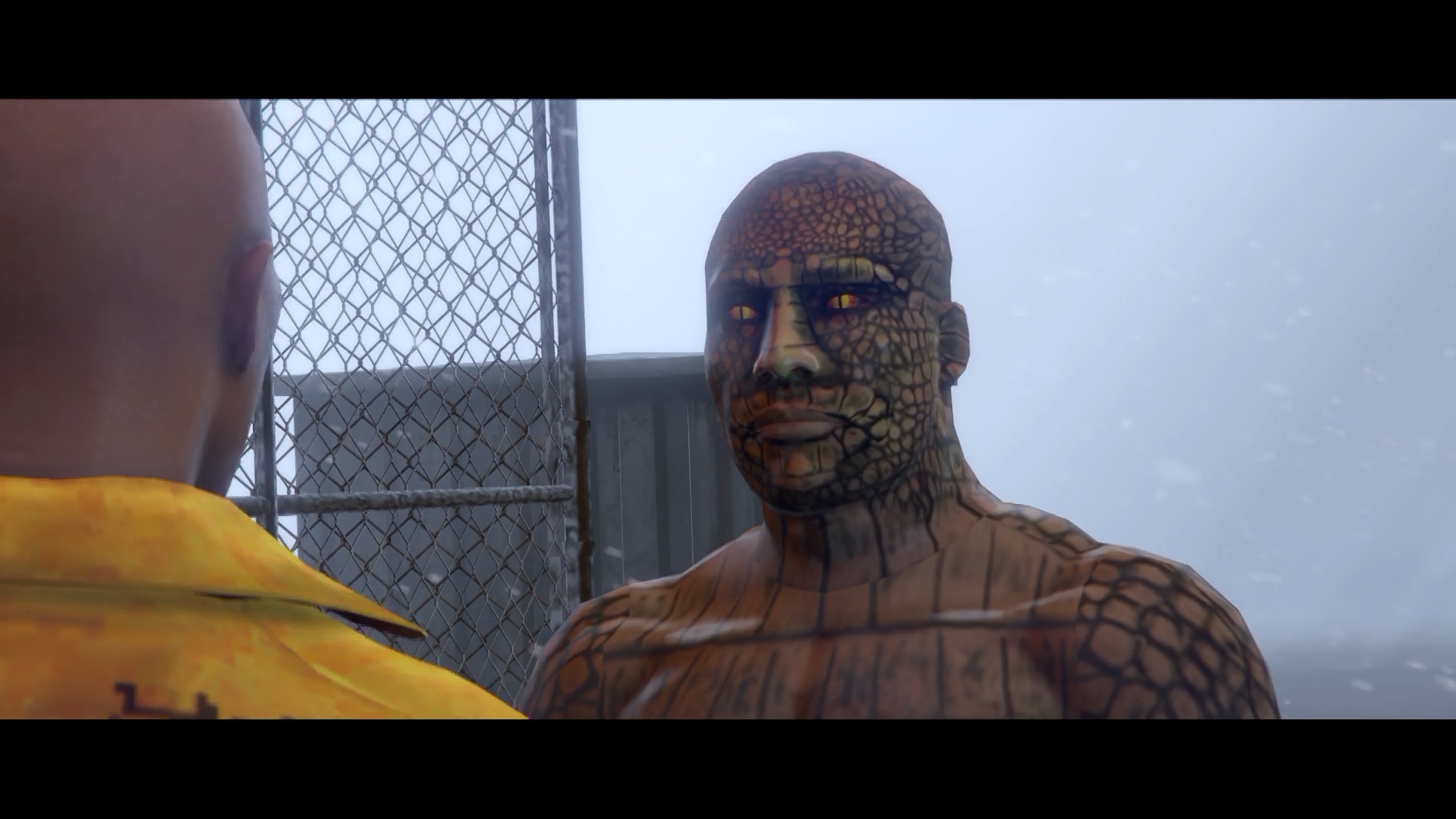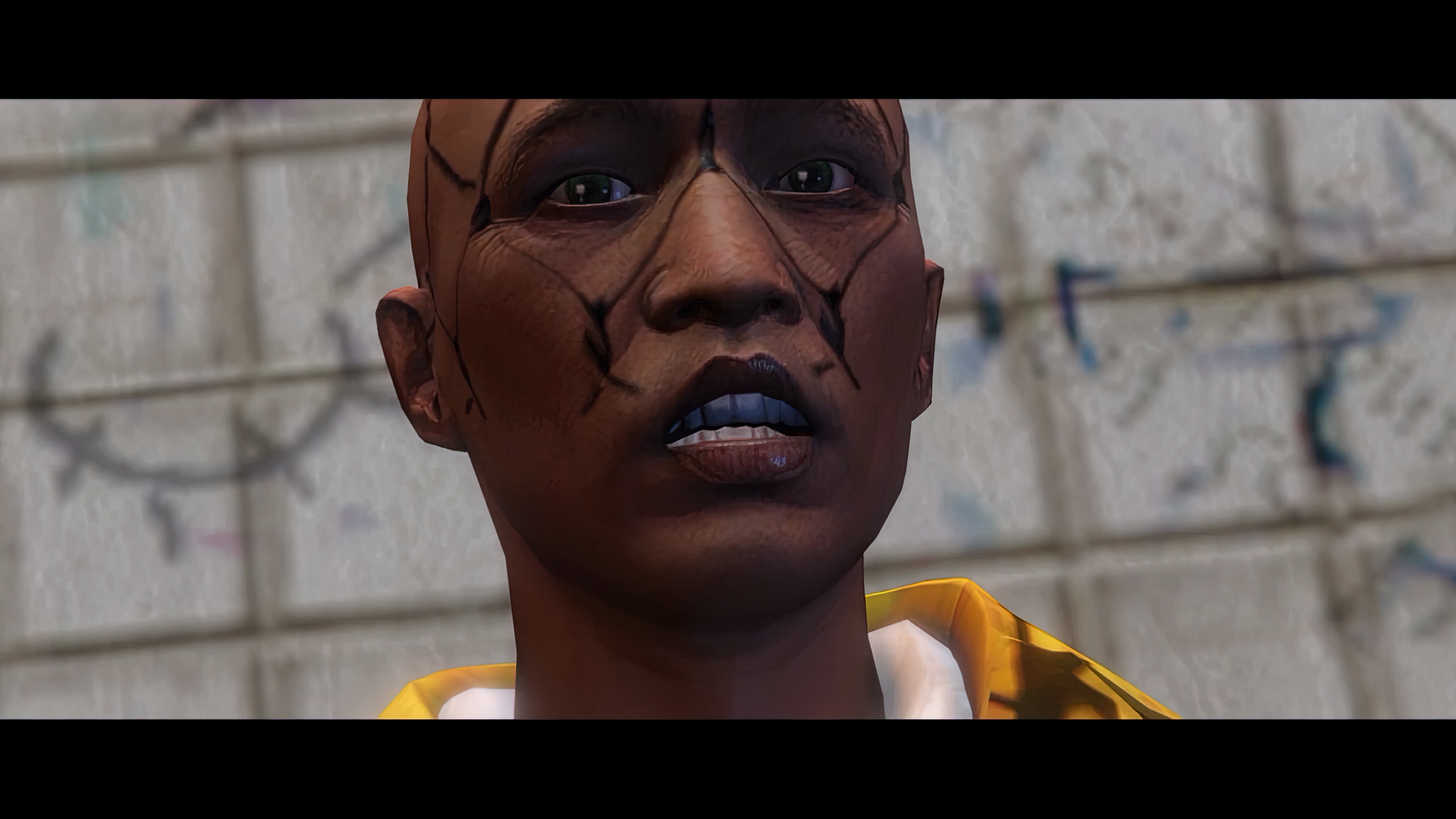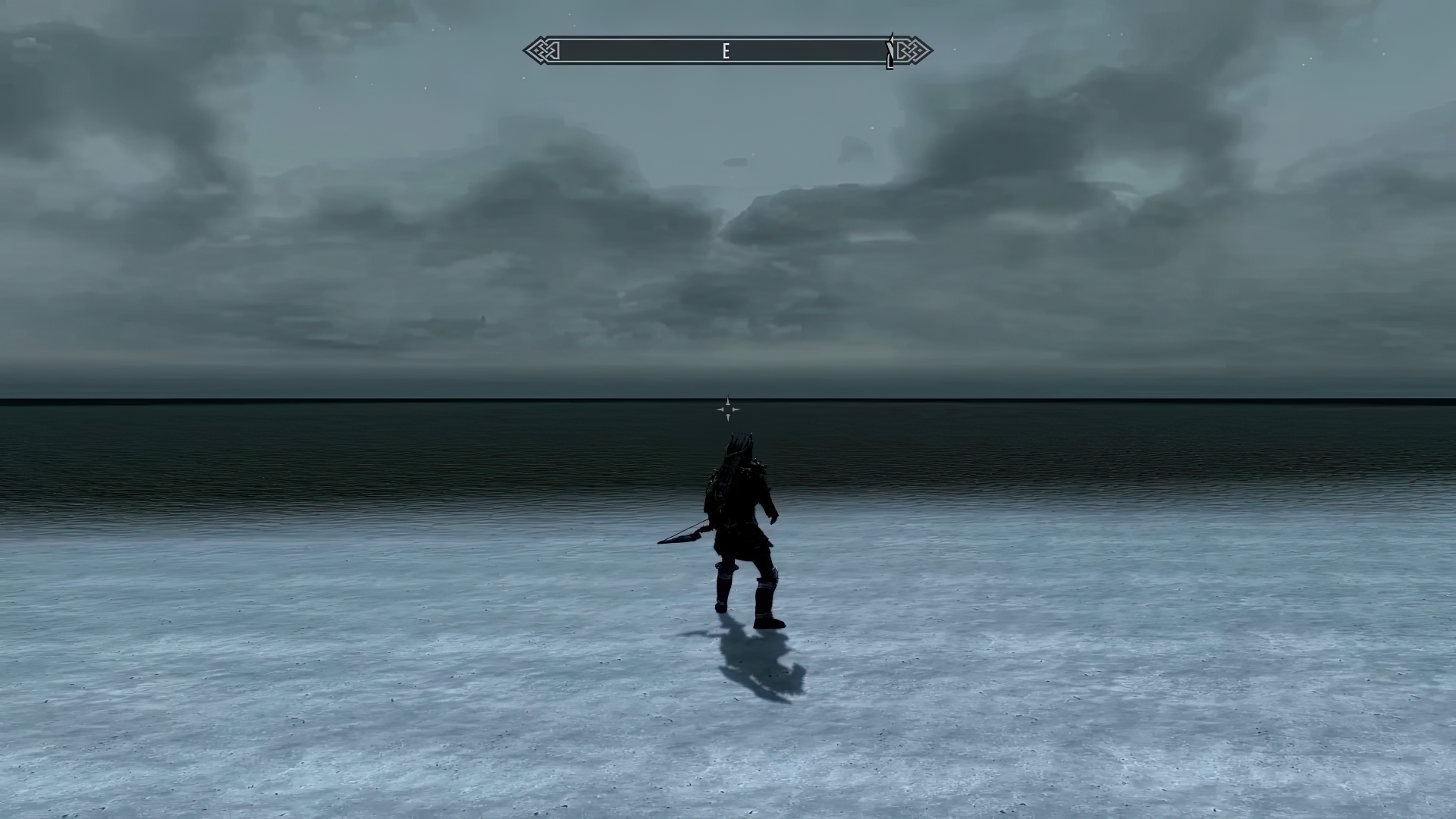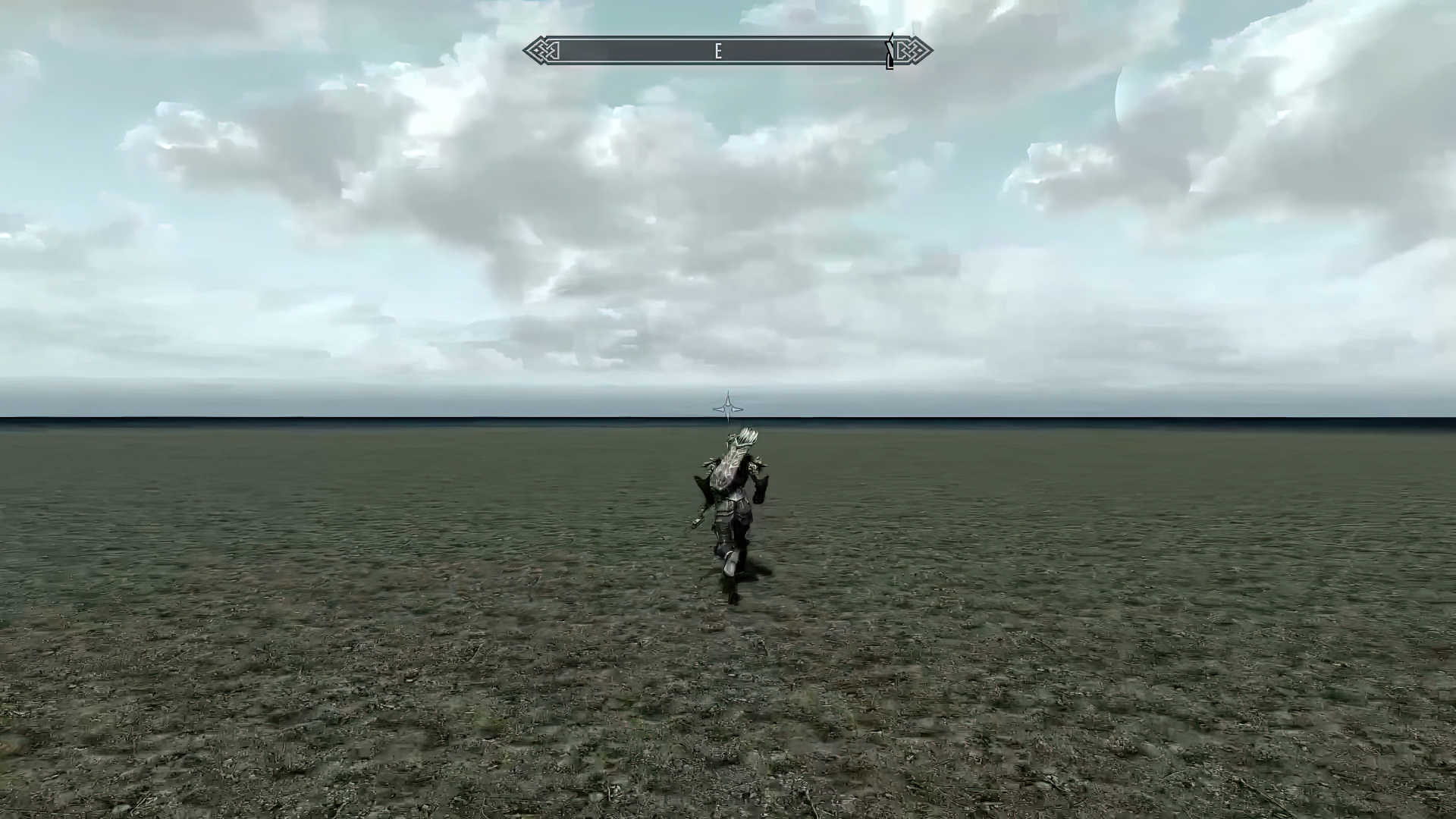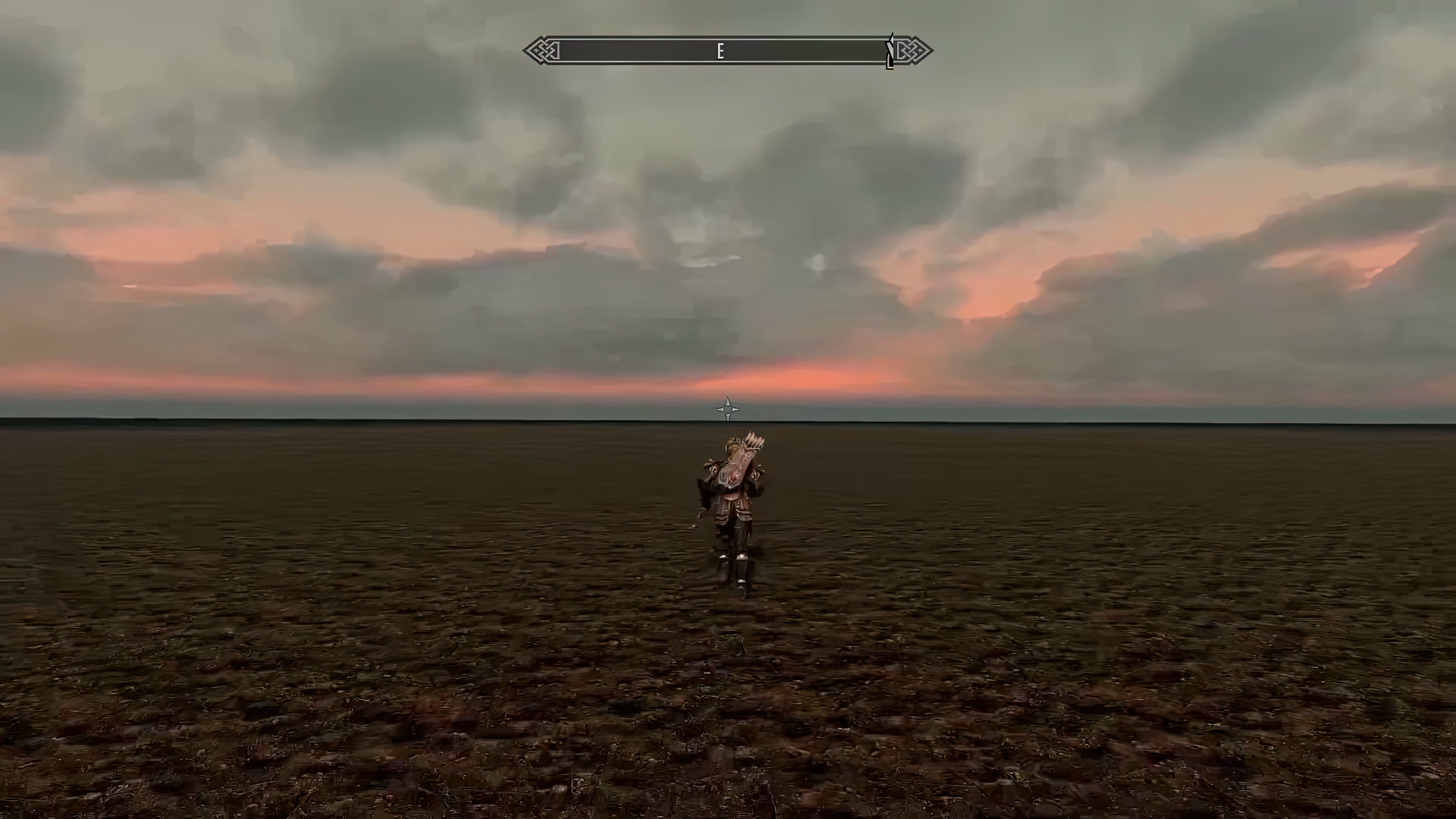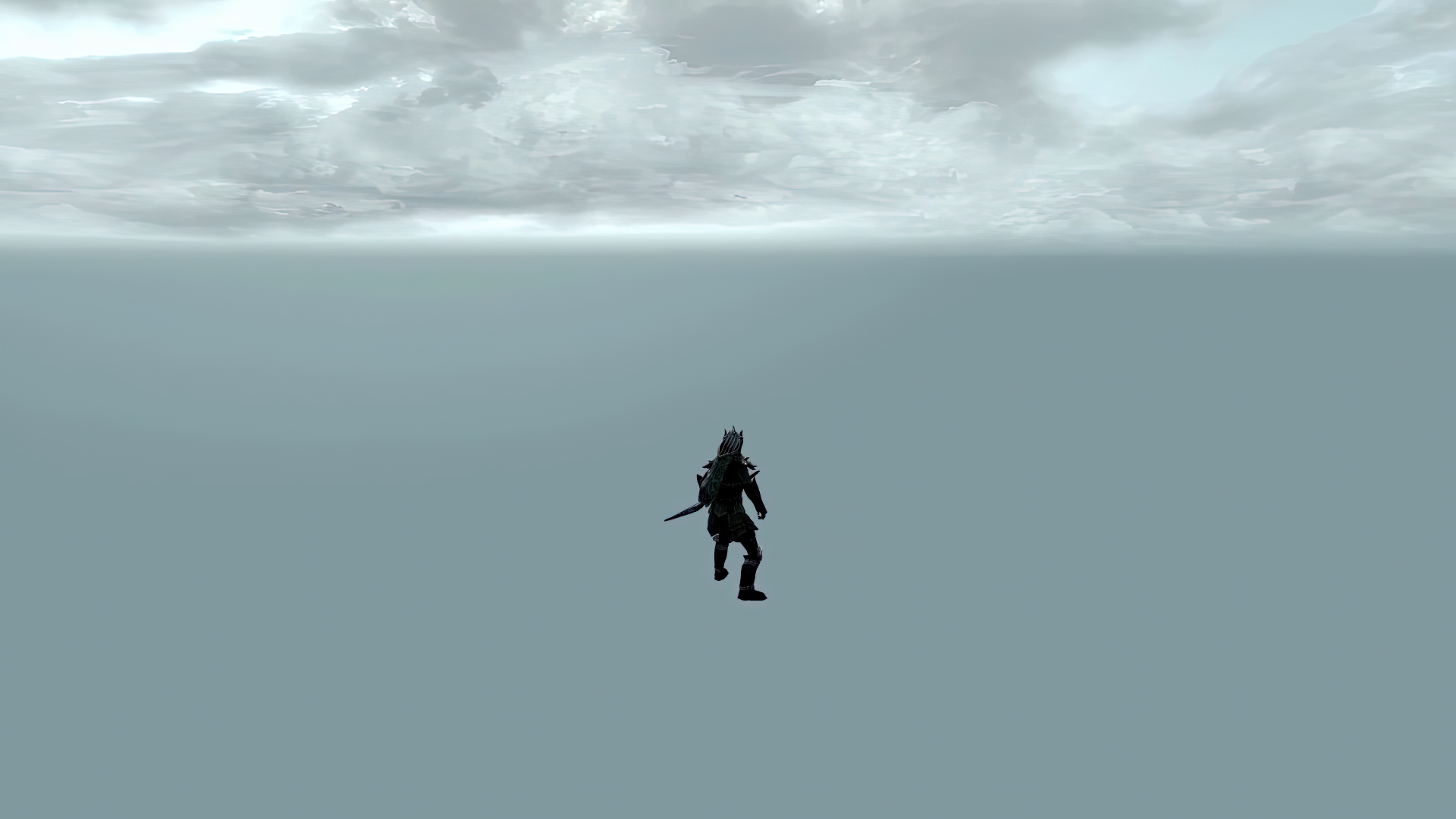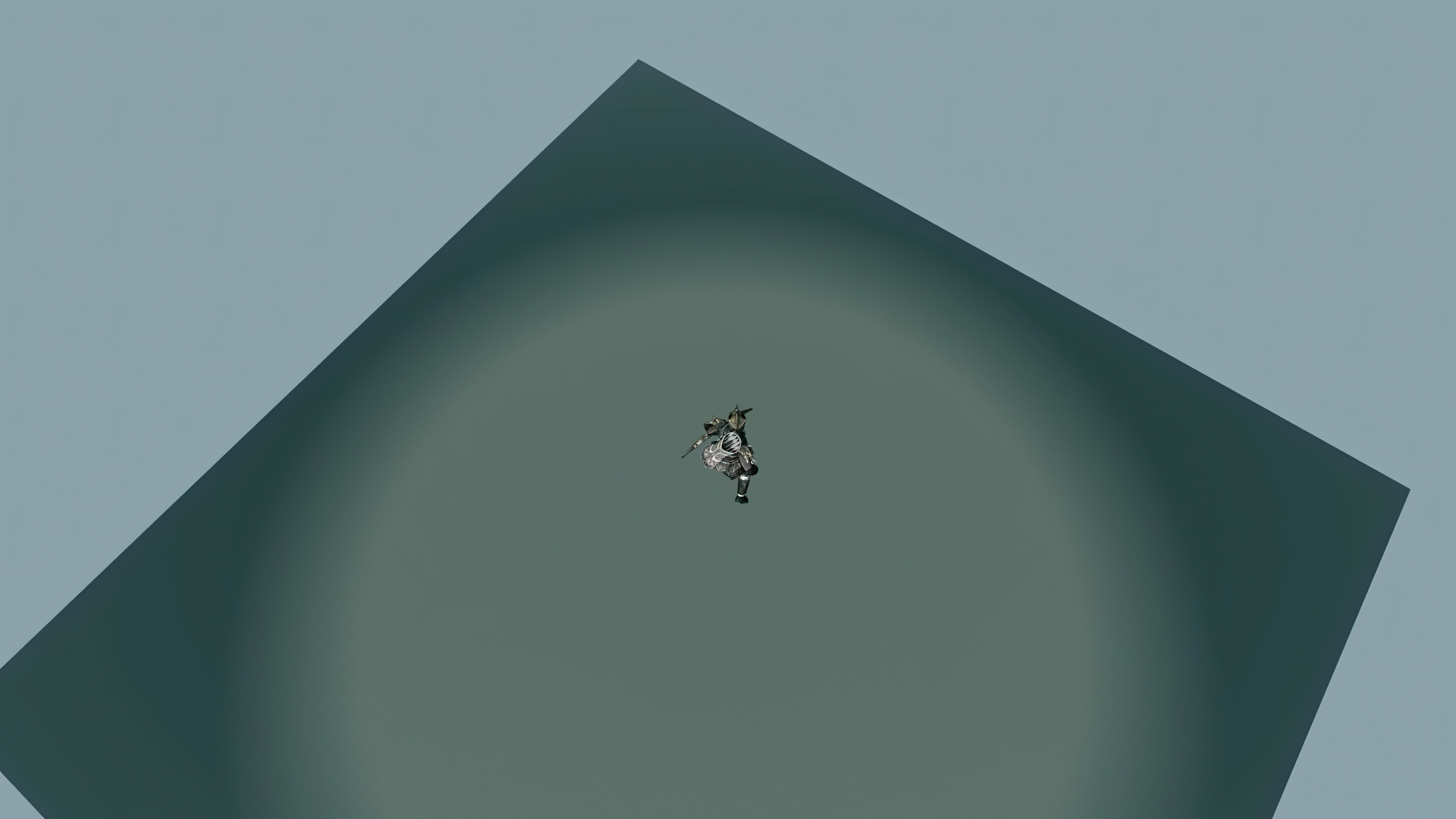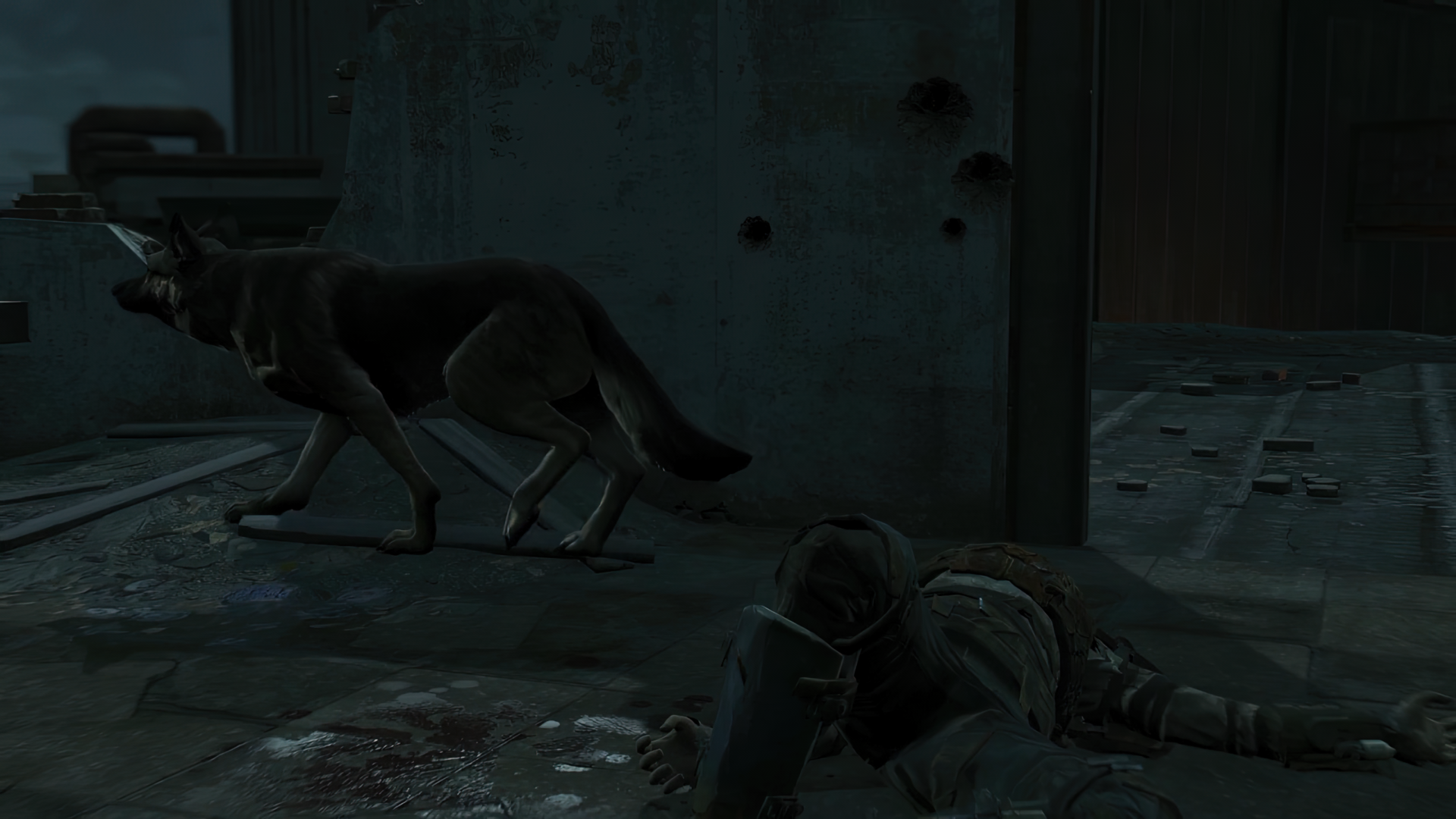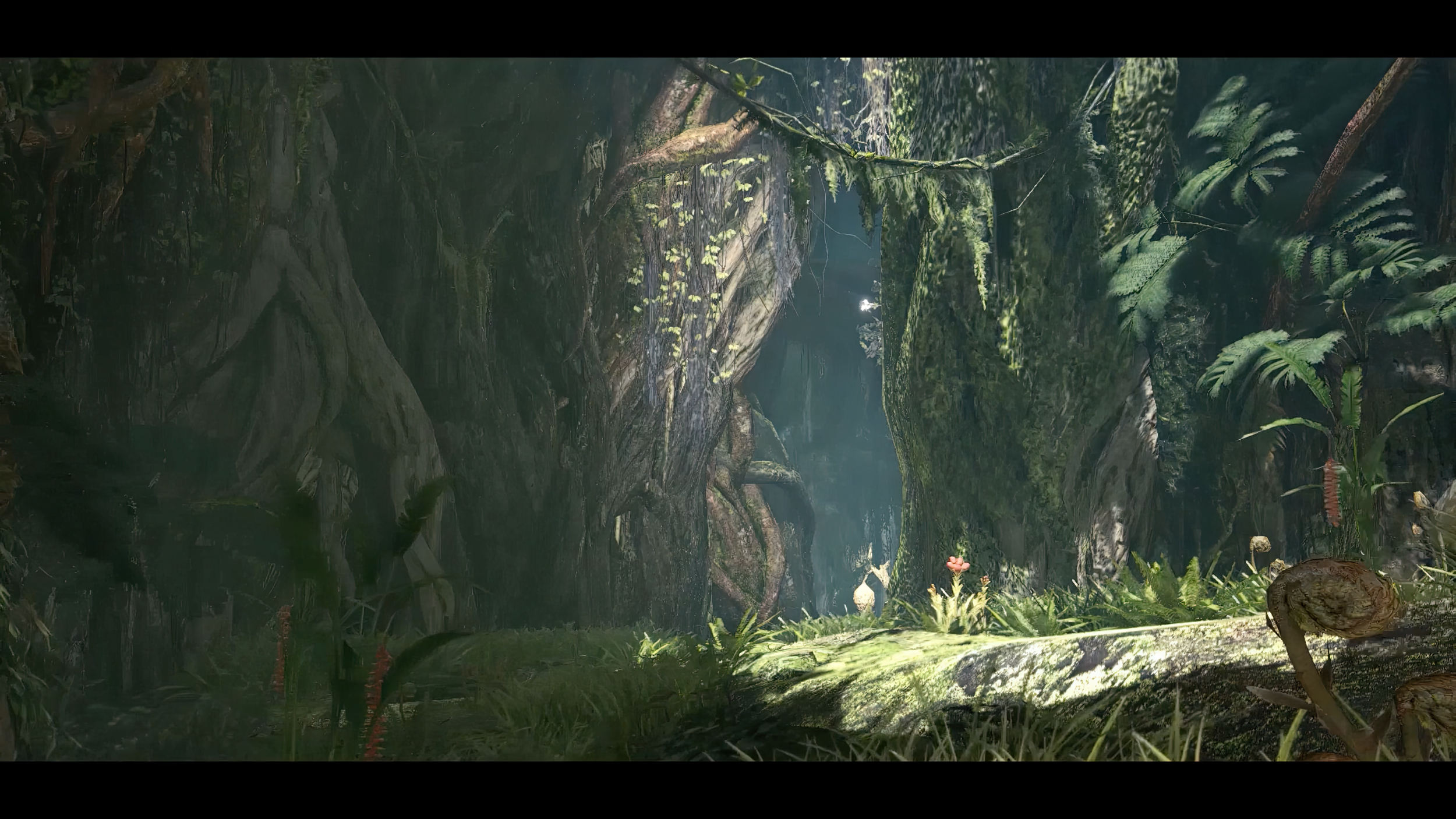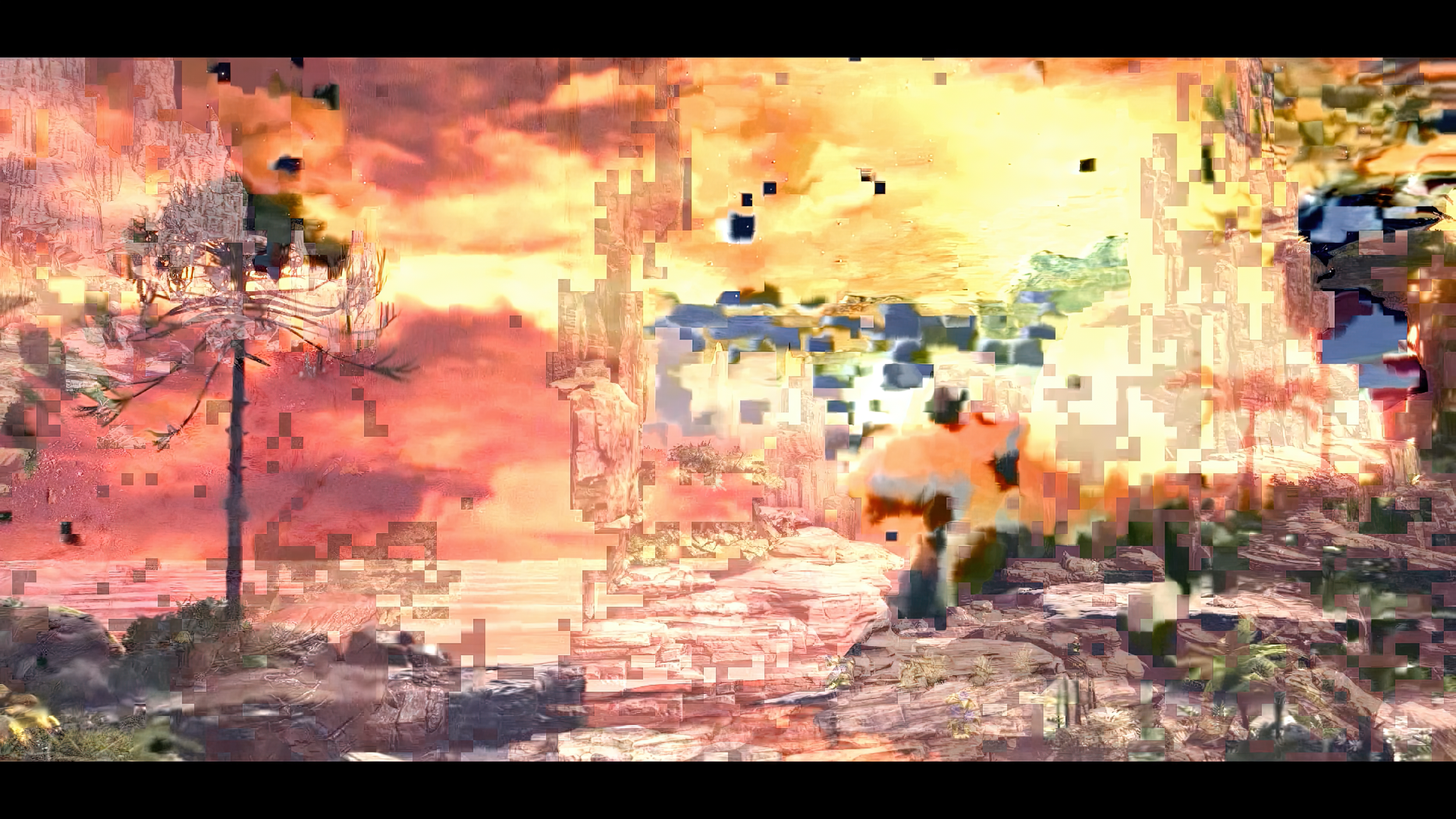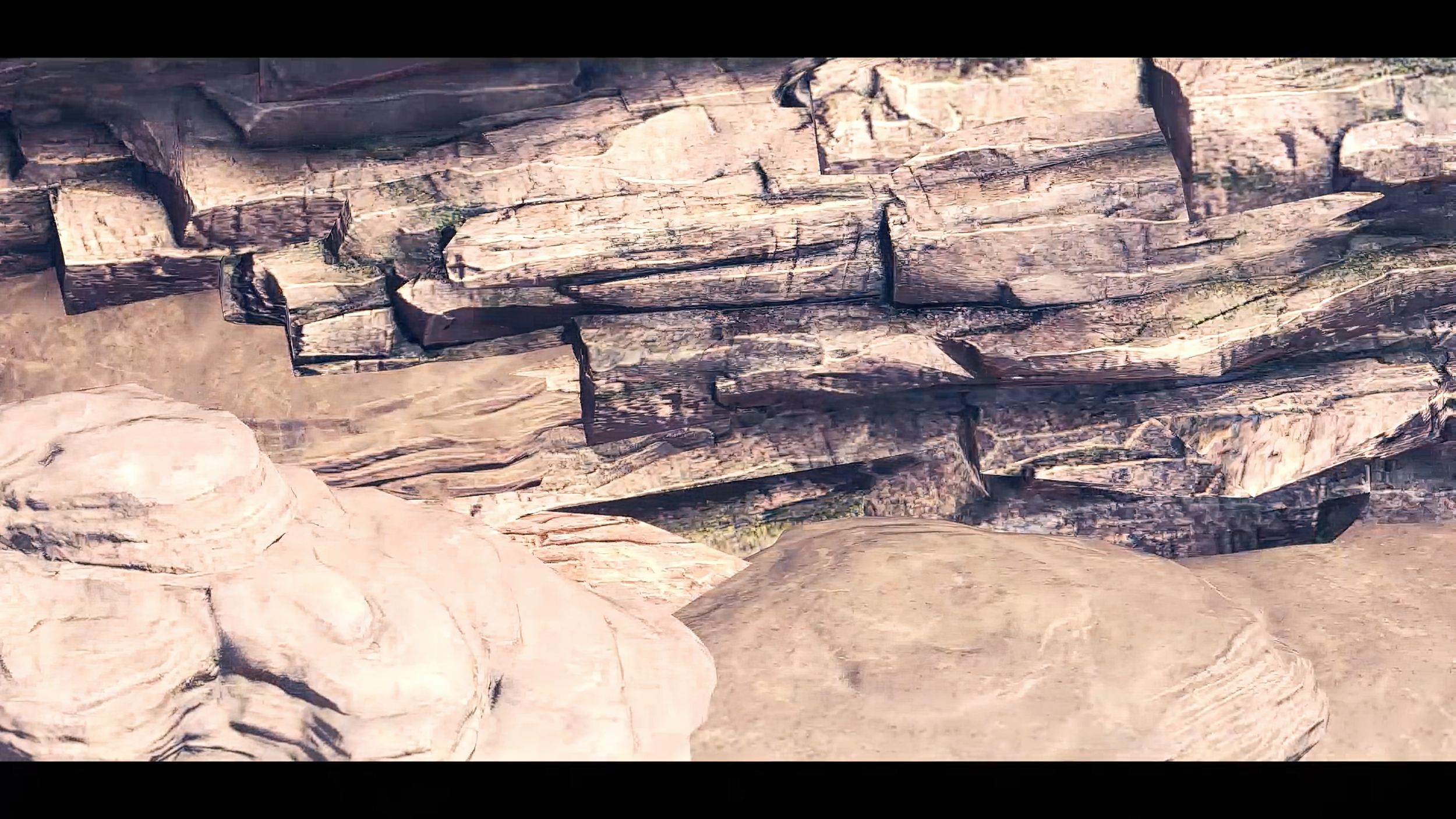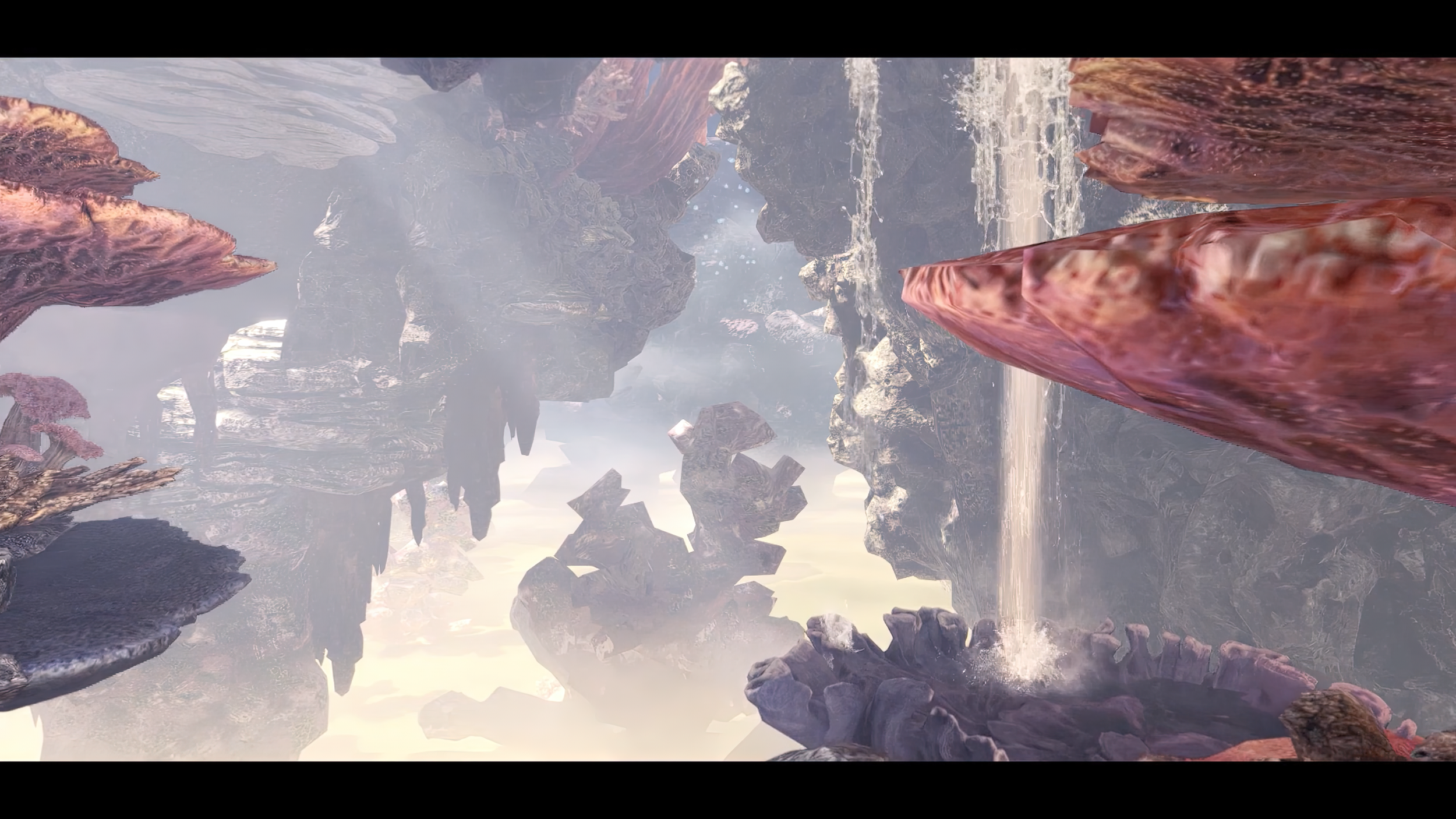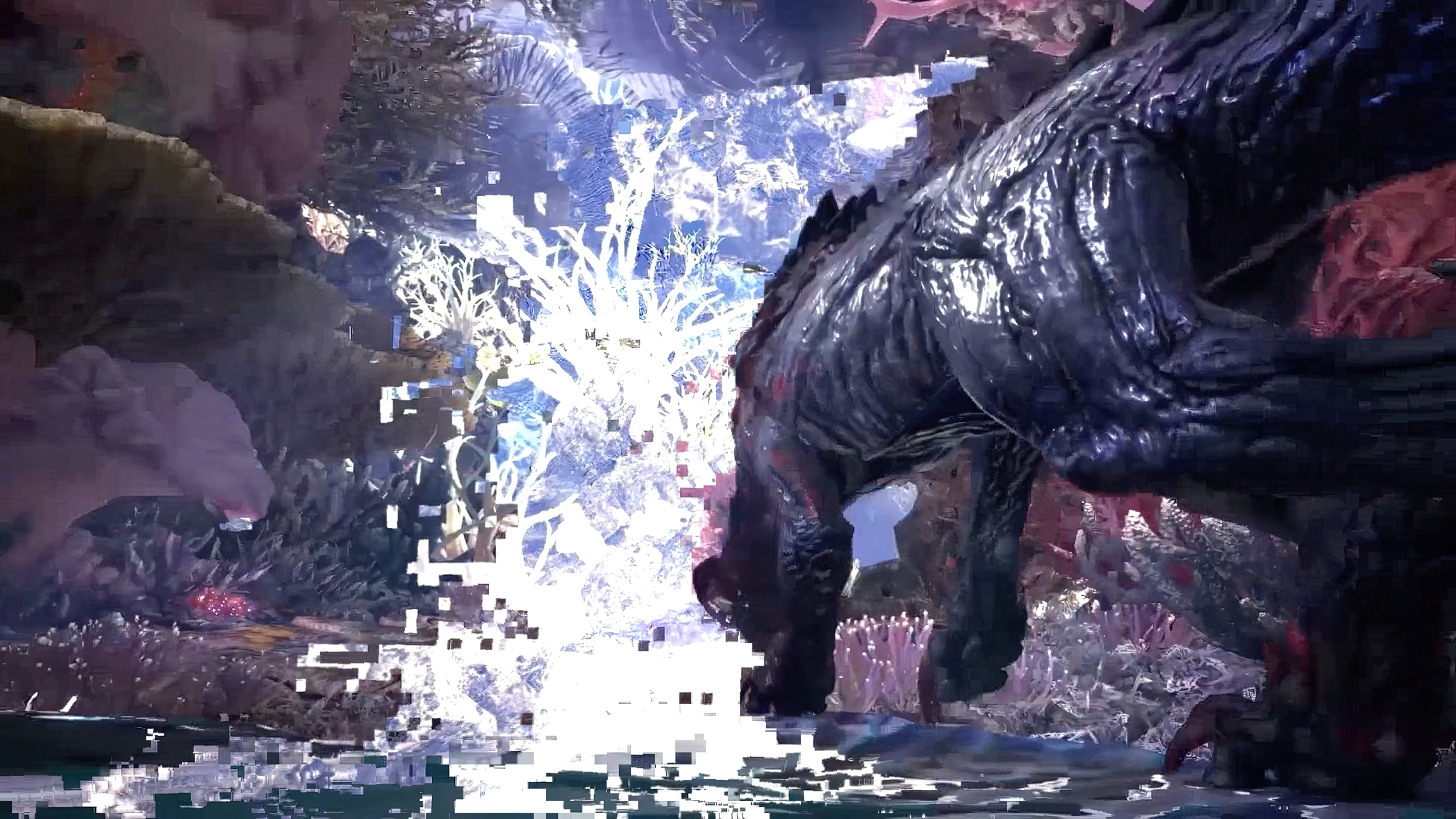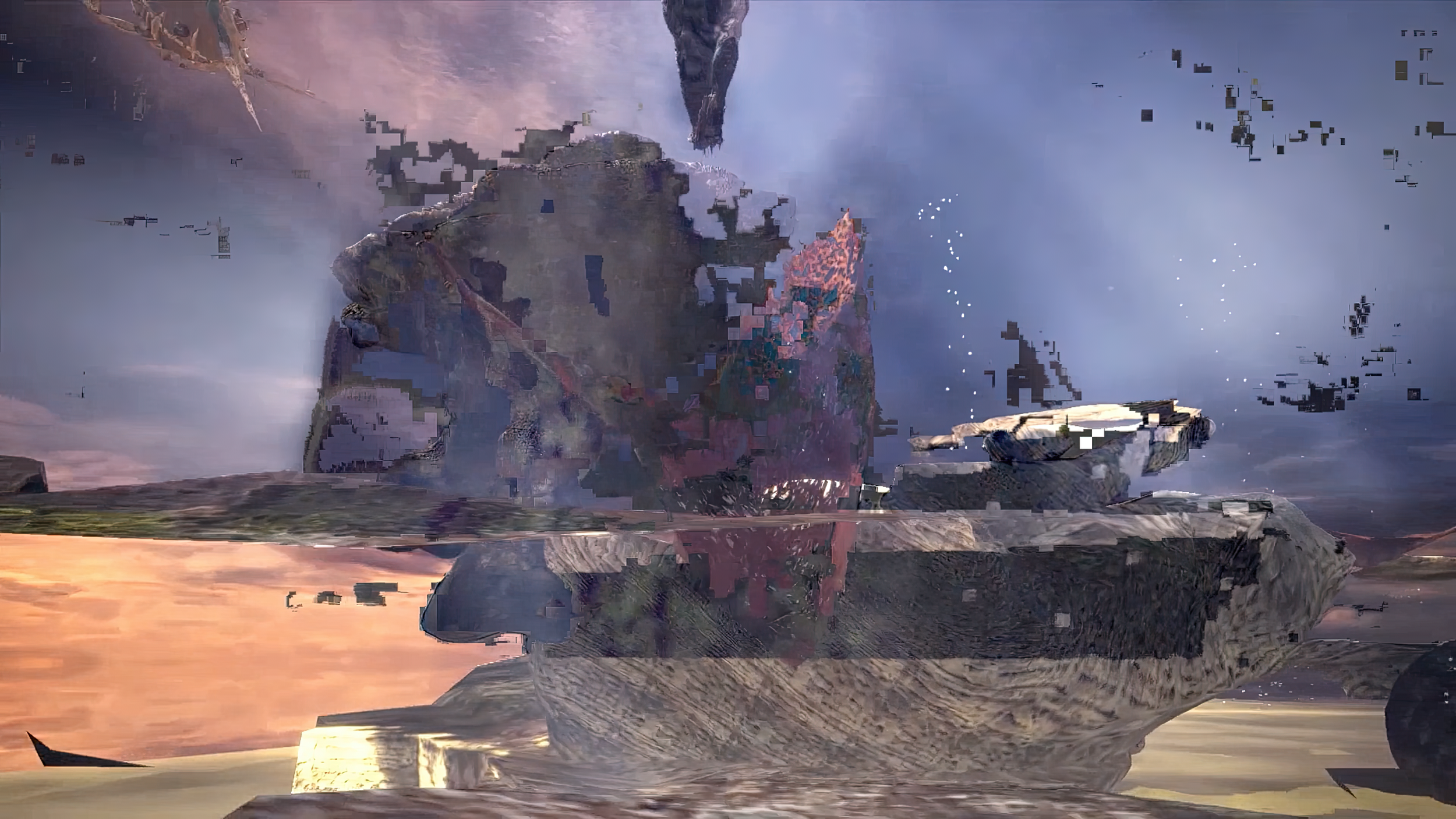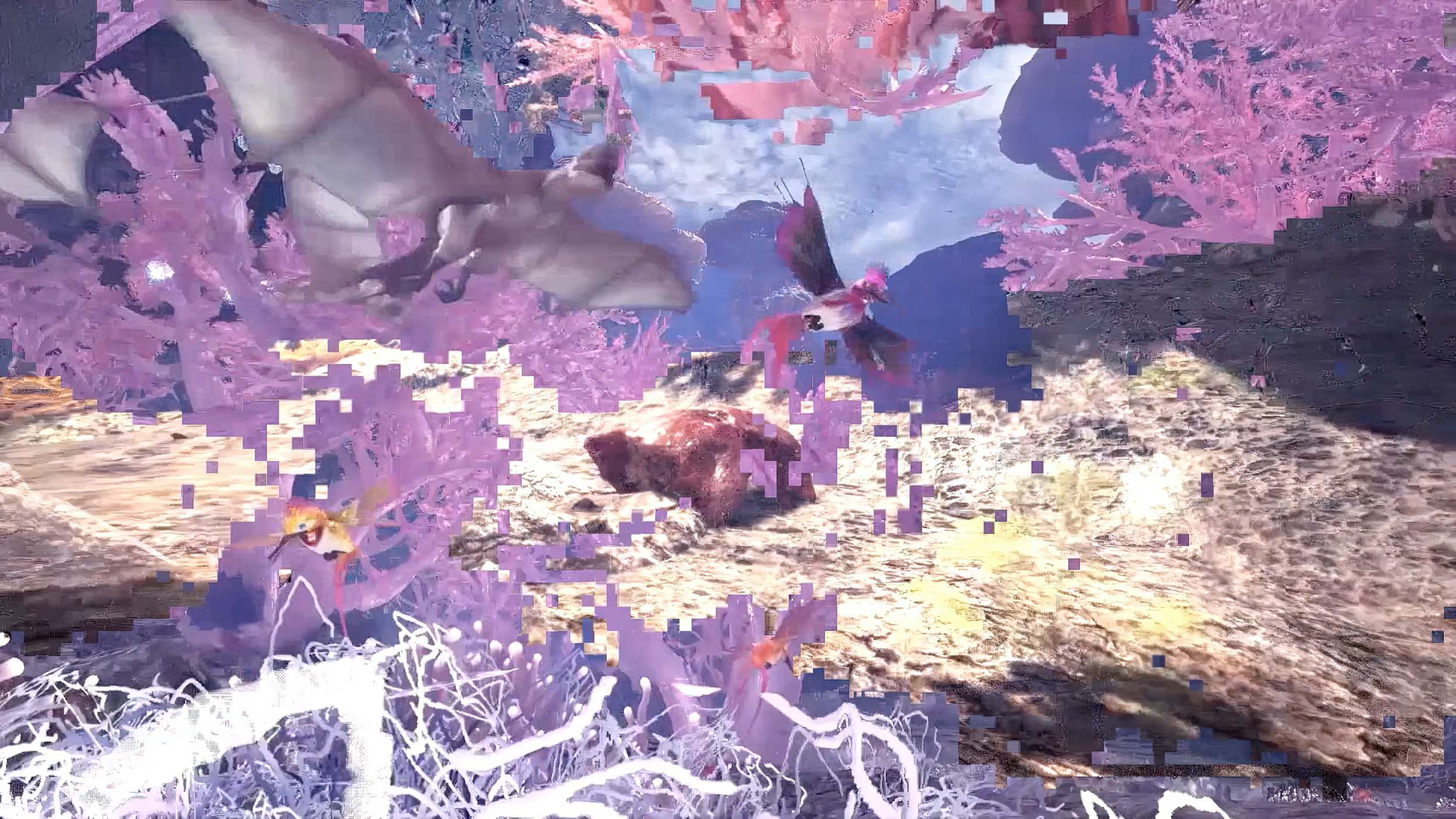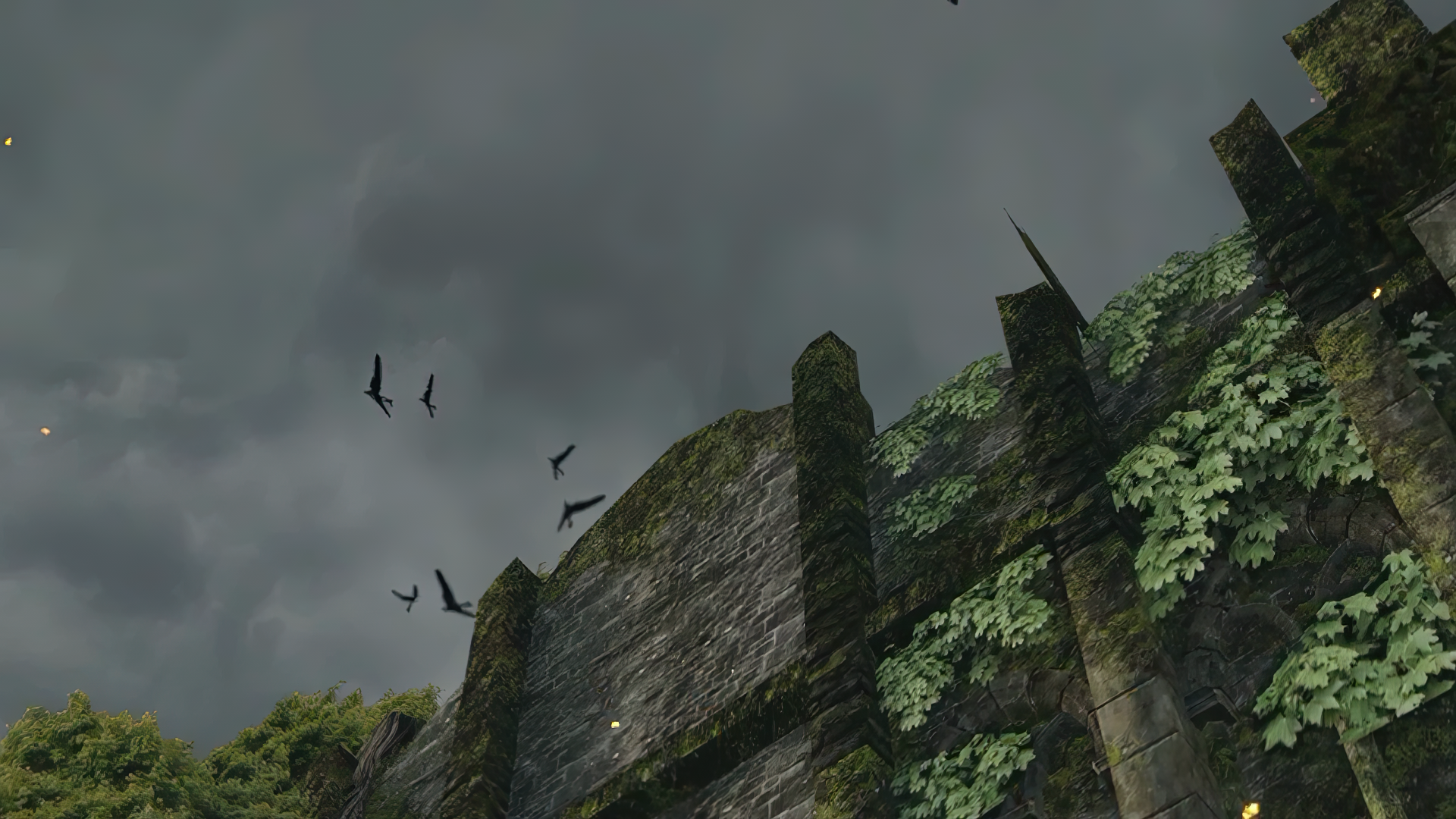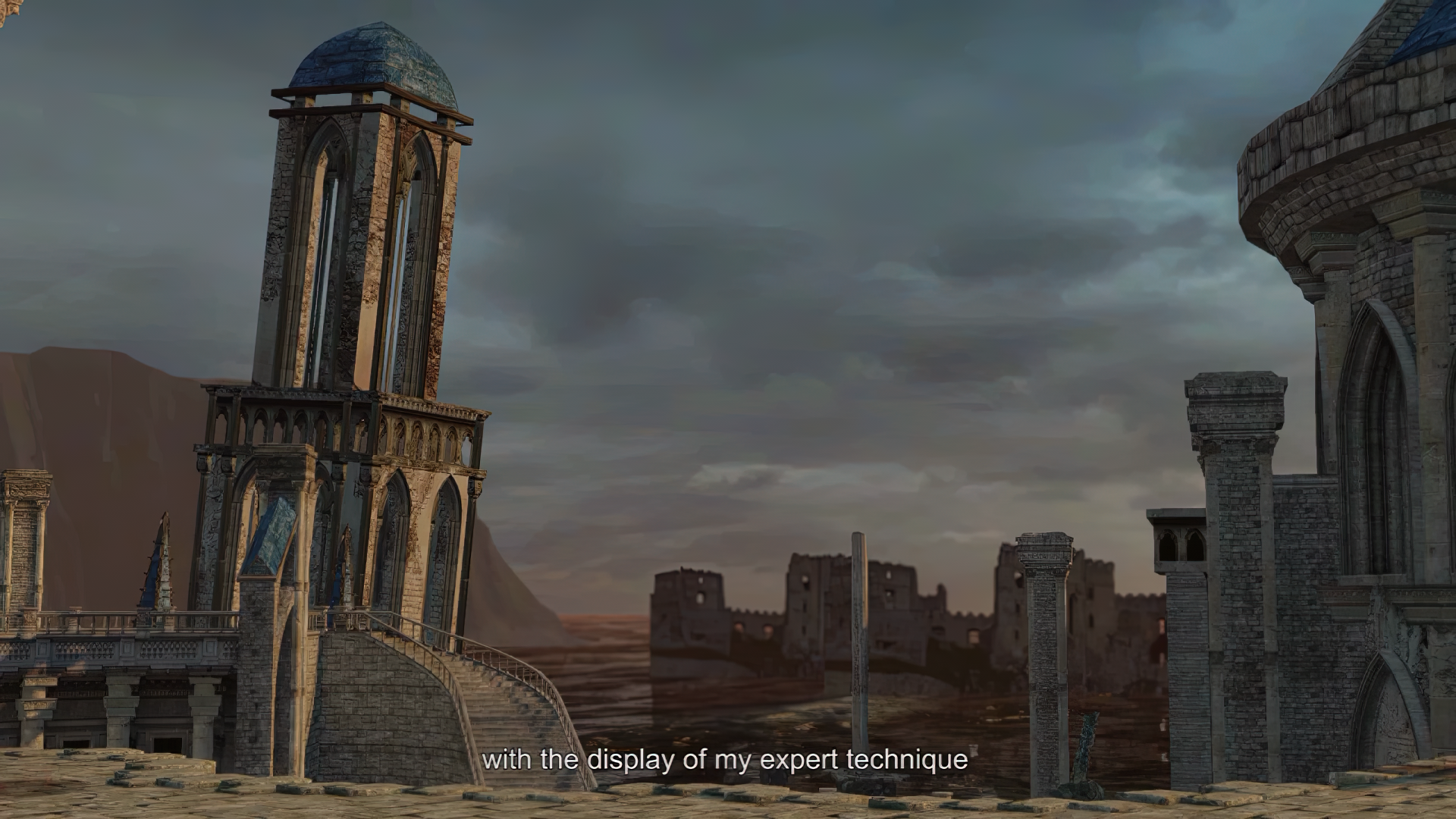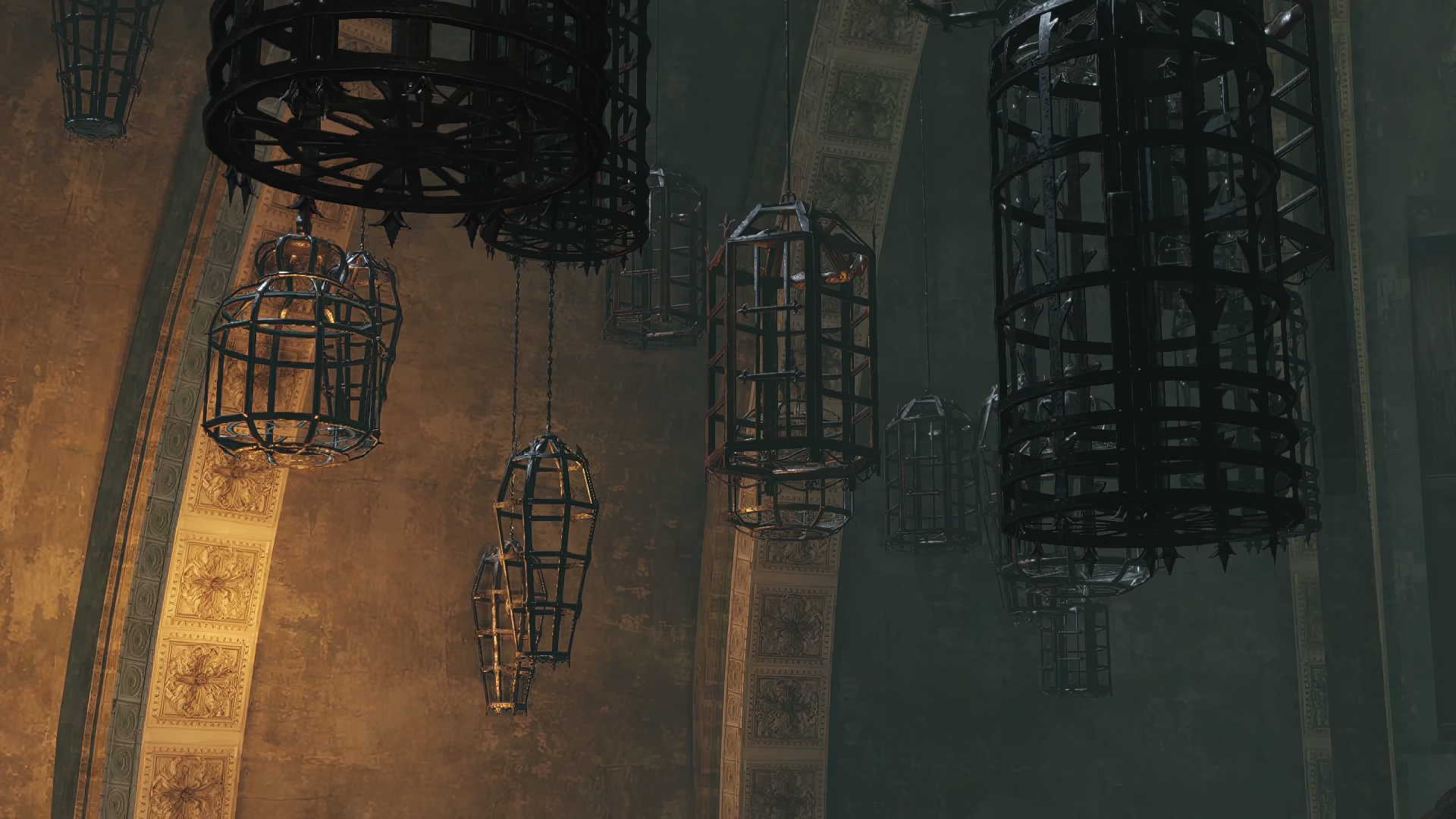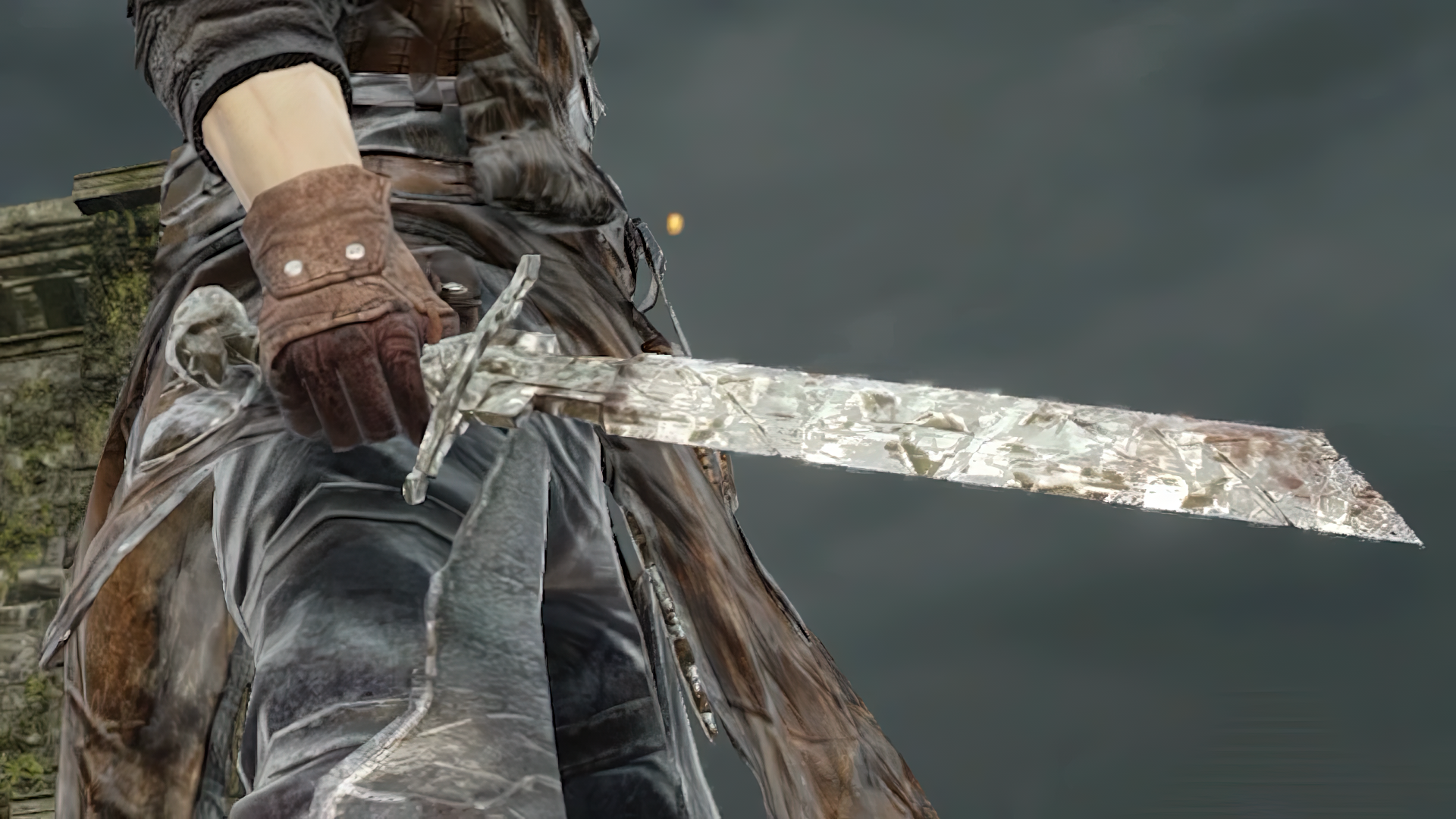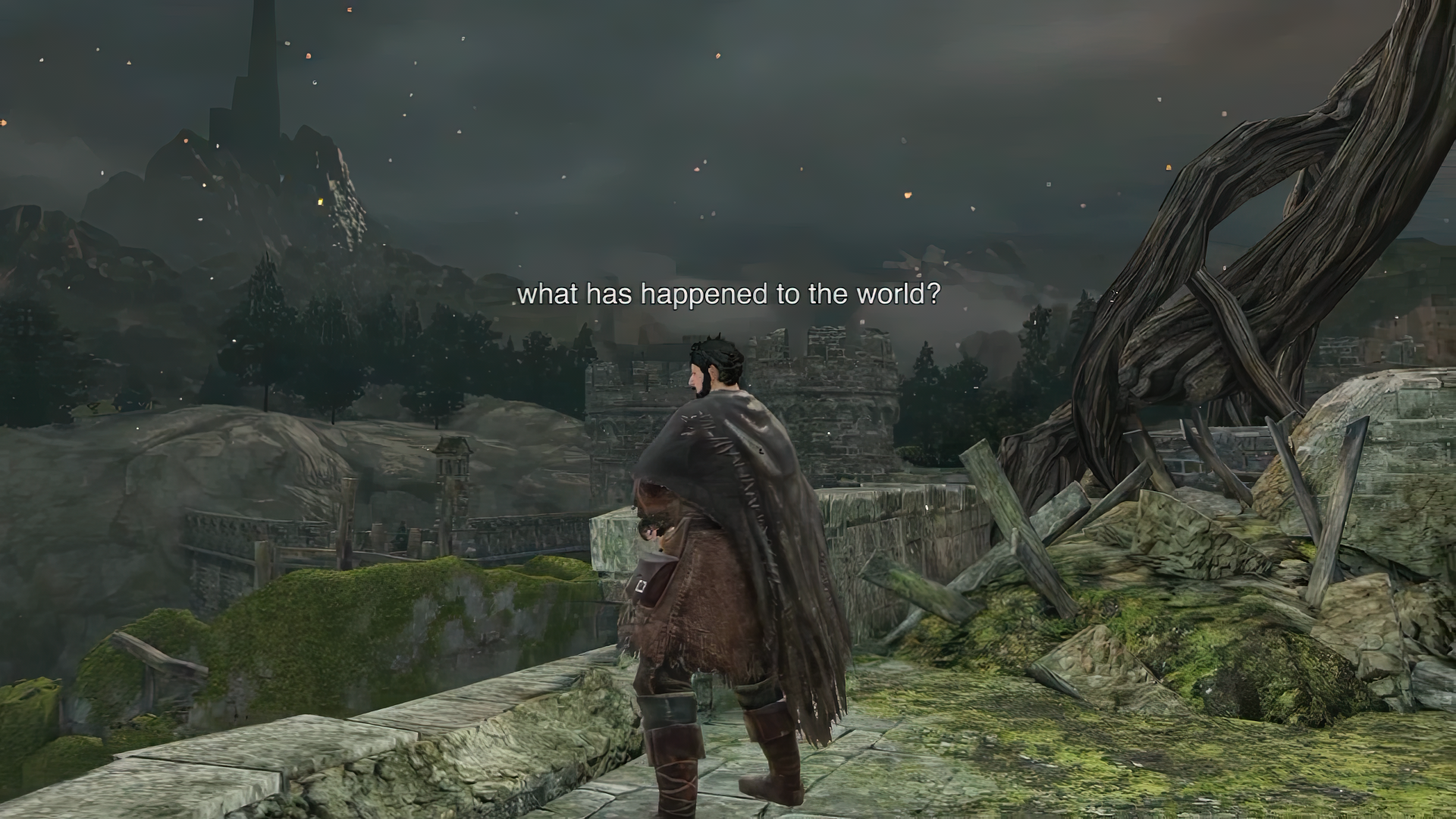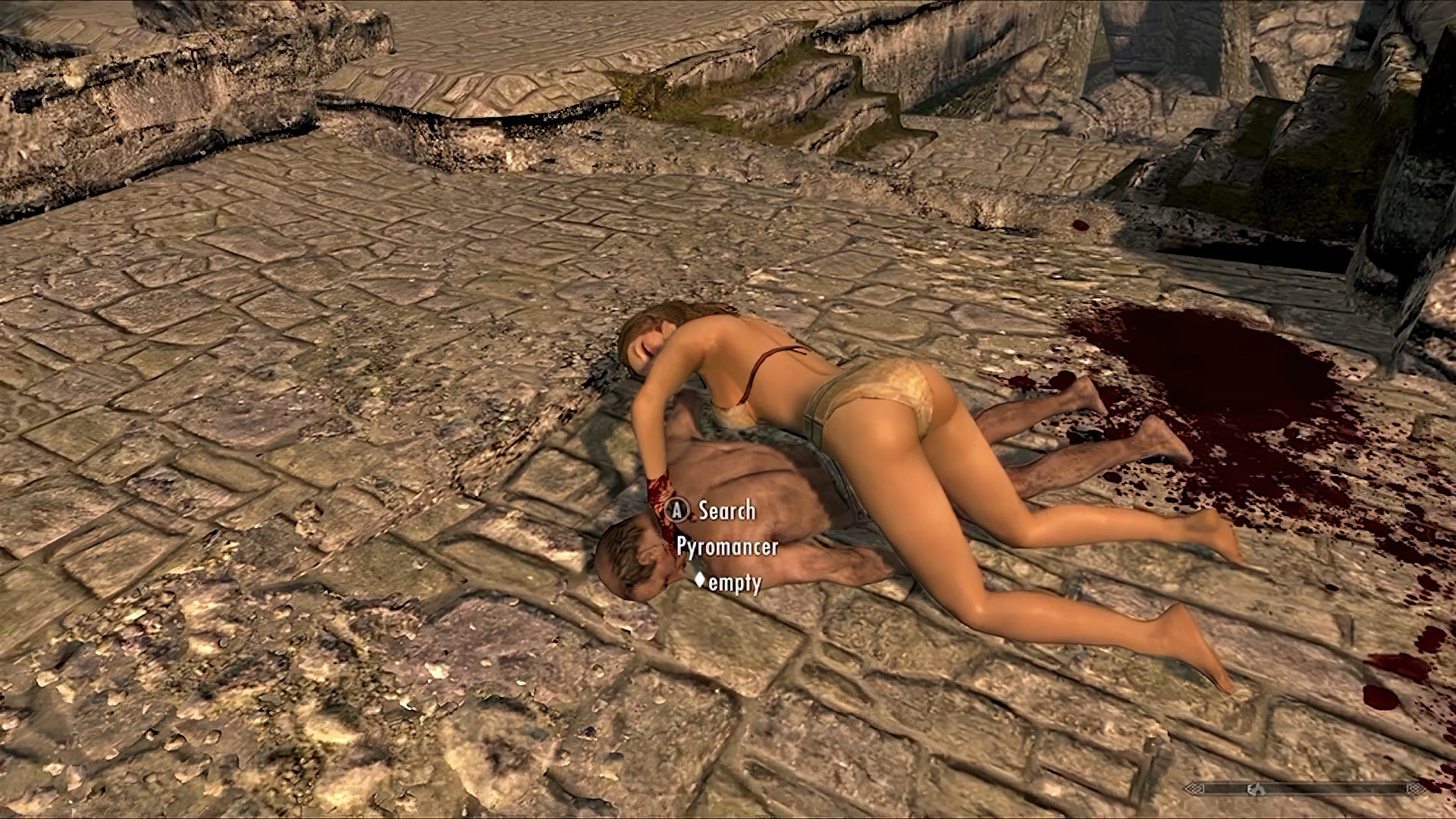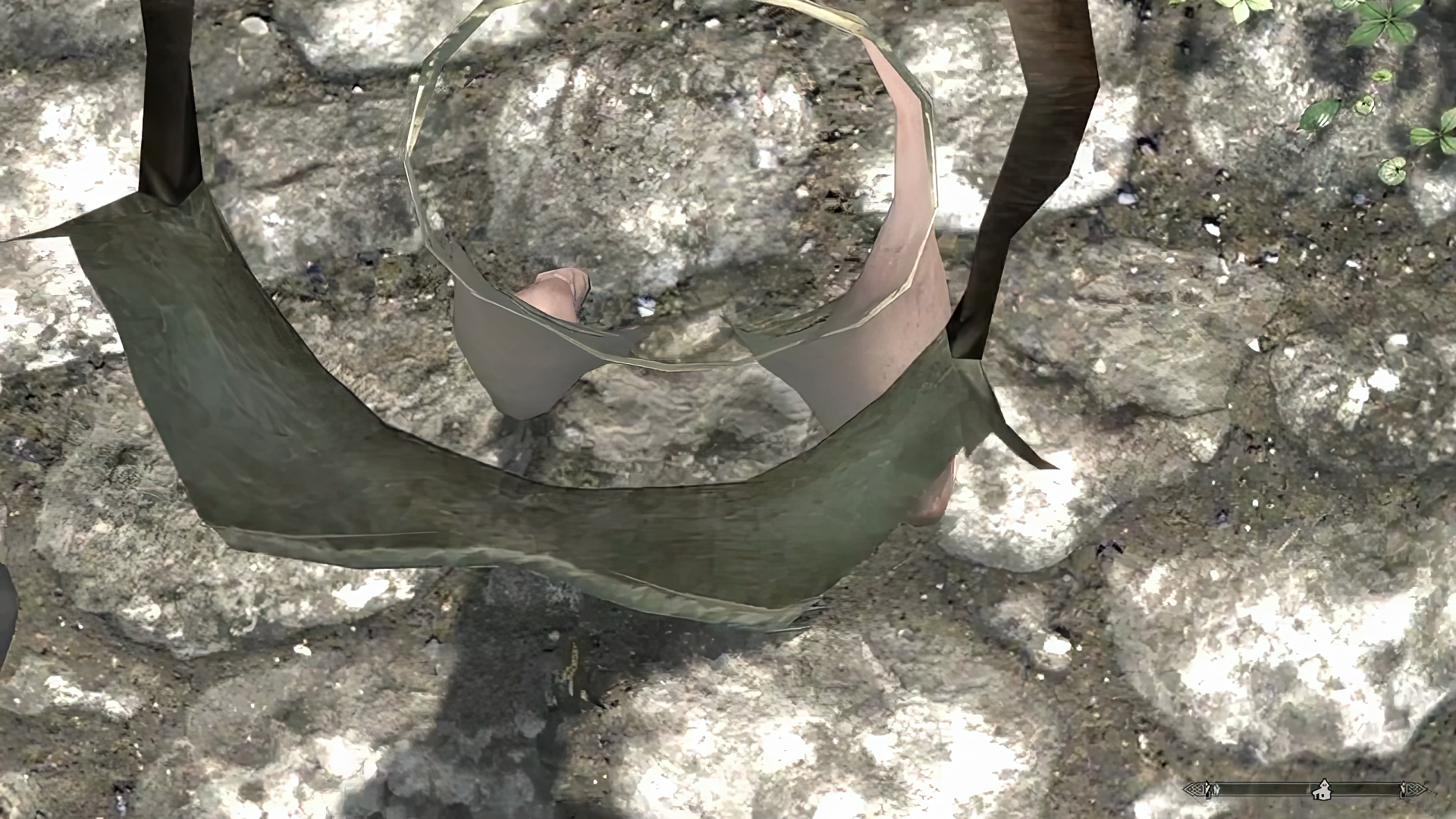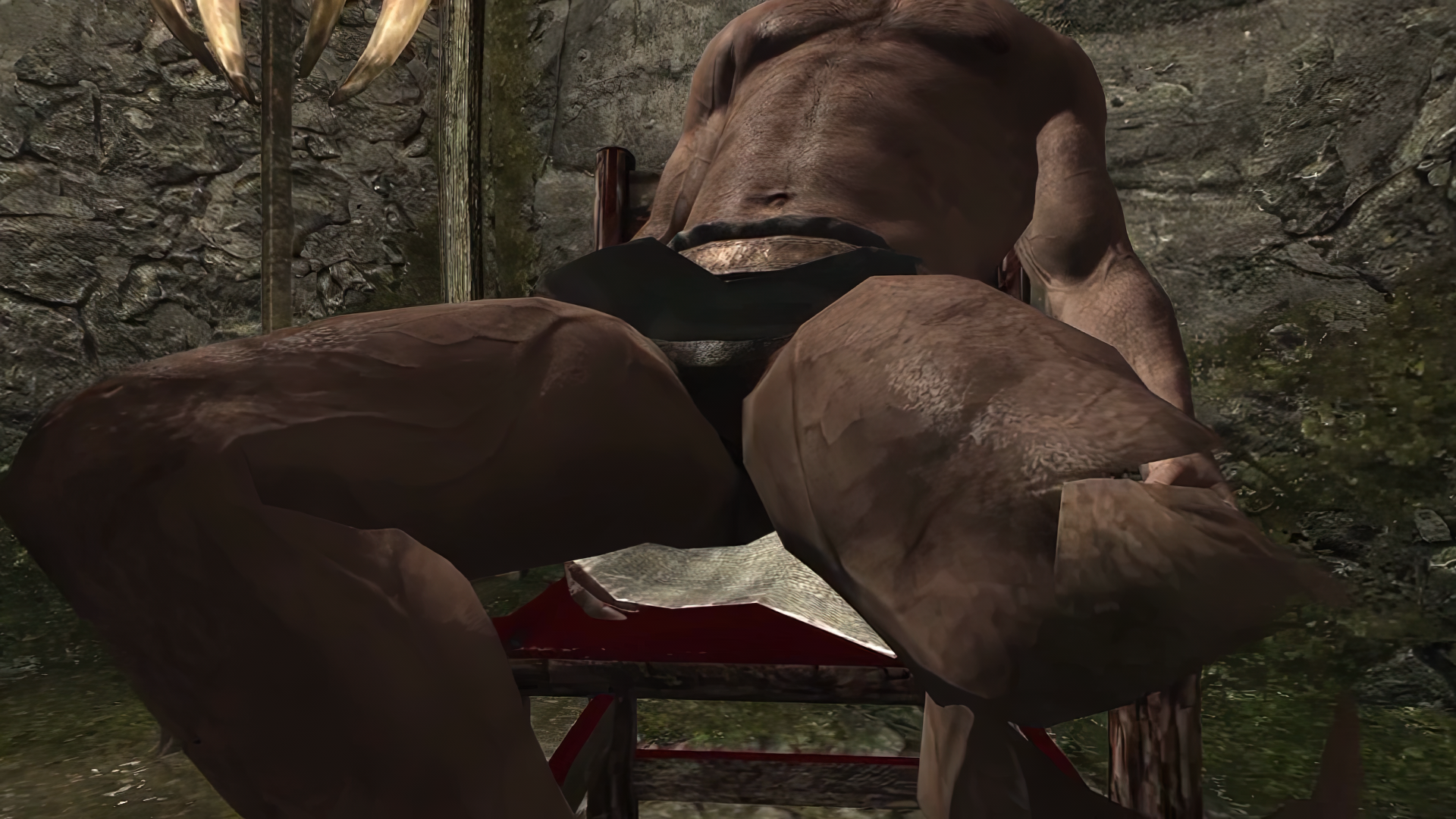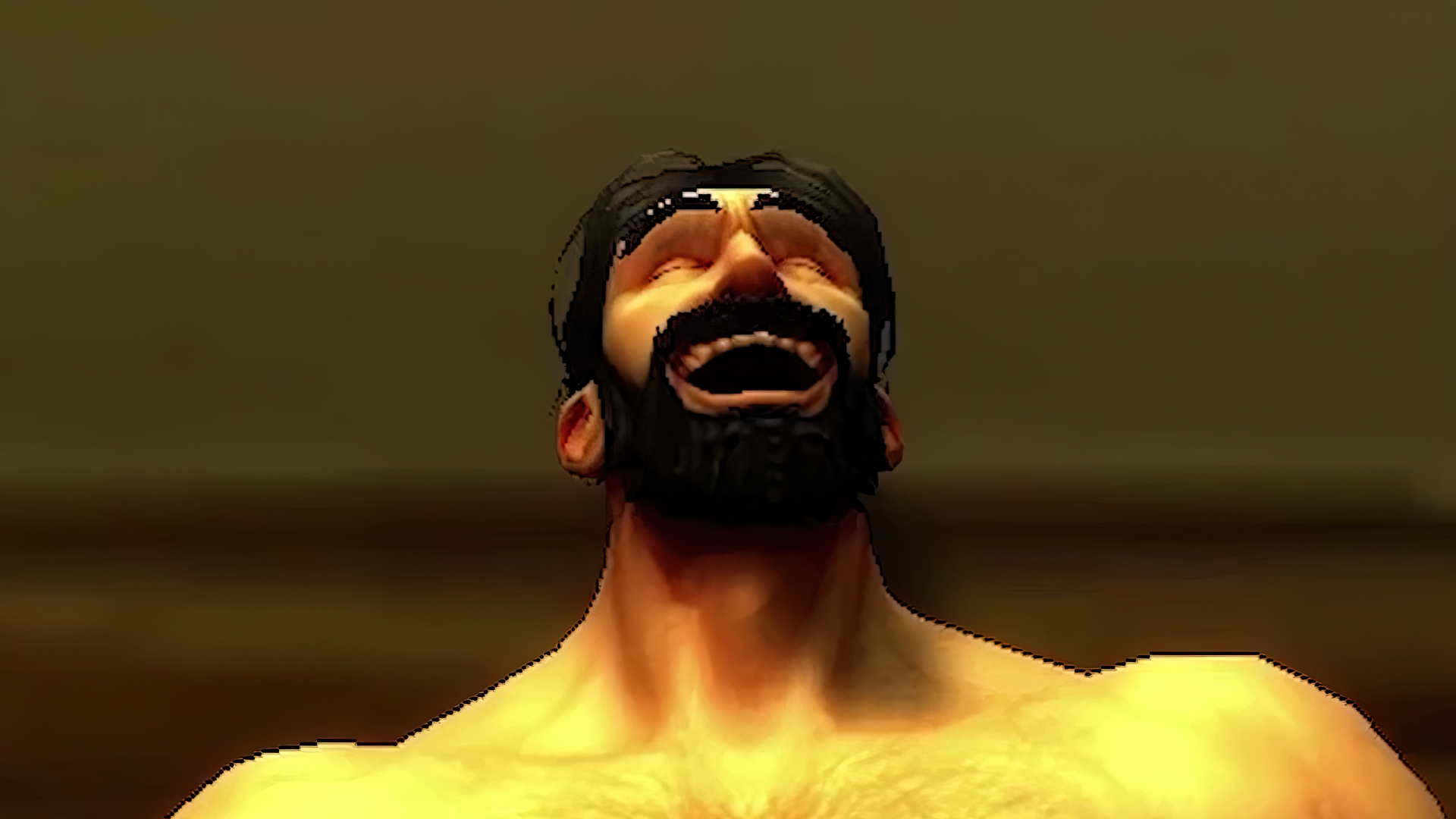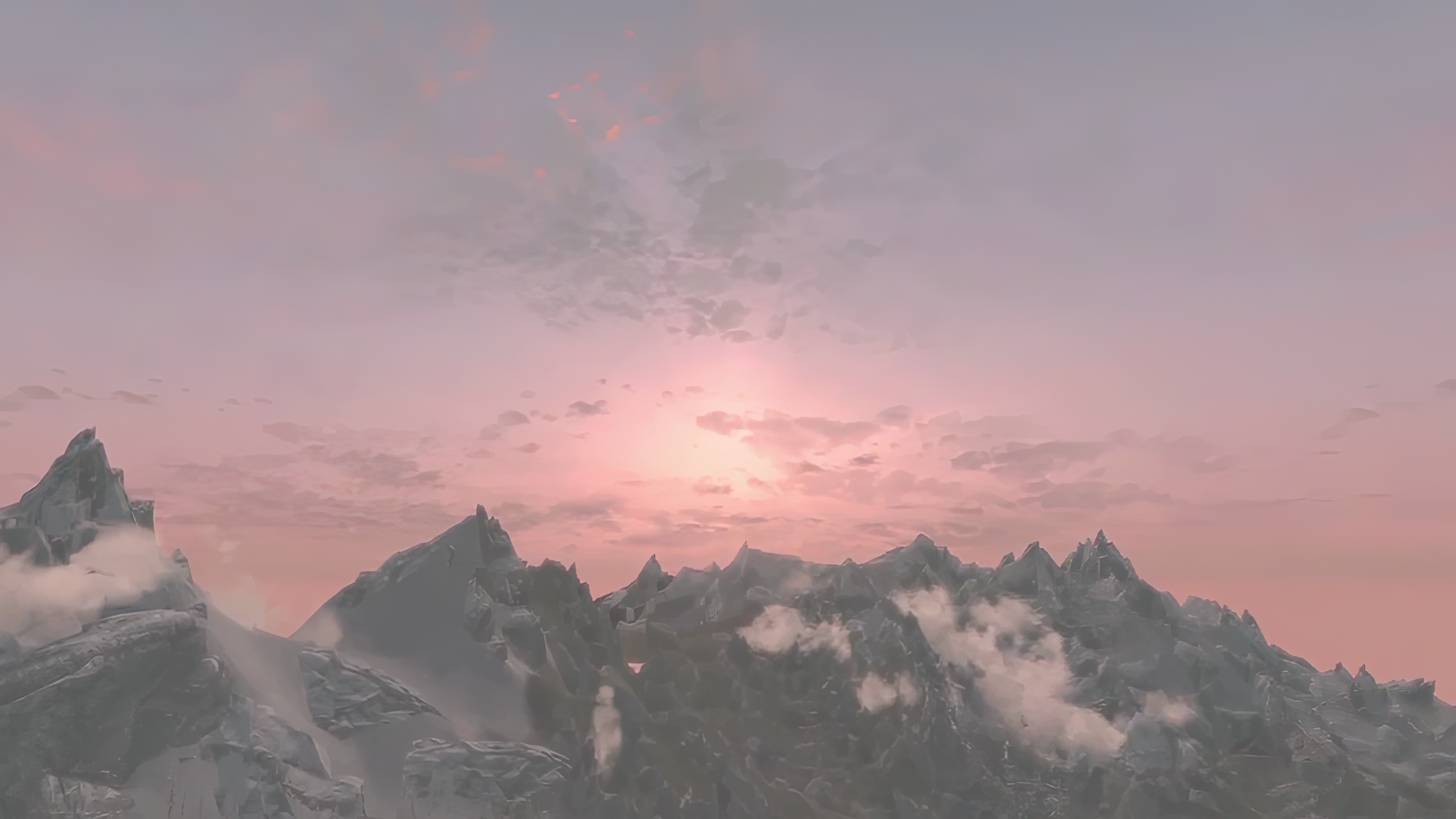Dear Friends and Supporters,
As 2023 draws to a close, we find ourselves reflecting on a year that has been particularly vibrant and eventful for VRAL. Your enthusiastic participation and unwavering support have been pivotal in making this year a remarkable one, and for that, we are immensely grateful. It is through your continued engagement thatVRAL has been able to maintain its status as a fully independent platform, championing the confluence of art, technology, and culture. Your patronage also ensures a modest compensation for all the artists involved in the project. With as little as $3.5 per month, you can fund a year’s worth of exhibitions.
Looking forward to 2024, we’re thrilled to unveil an exciting lineup of new ventures that promise to enhance our exploration of game-based video art. Starting in January 2024, we will introduce a selection of groundbreaking artists whose works inhabit the dynamic intersection of cinema, gaming, and video art. These innovative creations are poised to challenge and expand our understanding of these mediums, continuing our tradition of pushing the boundaries of digital expression.
A highlight of the upcoming year will be the 7th edition of the Milan Machinima Festival, which we are thrilled to host once again at IULM University. This festival has consistently been a beacon for avant-garde expression and a platform for artists who reimagine the potential of machinima. As we build towards this event, we anticipate a year filled with inspiring conversations and eye-opening experiences. We hope to see you there: the event will be completely free.
We also extend an invitation to you, our valued community, to contribute to the future of VRAL. We encourage you to suggest artists you’d like to see featured in the upcoming season. Your insights and recommendations are invaluable to us, helping to shape the direction and enrich the diversity of our programming. Moreover, we would love to feature more VRAL IRL events in 2024, after hosting Aleksandar Radan on November 24 2023. Keep your suggestions coming!
Today we are happy to share five exceptional radio mixes produced by Babak Ahteshamipour for Milan-based Radio Raheed in 2023. An interdisciplinary artist, writer, and musician based in Athens, Greece, Ahteshamipour is acclaimed for his unique approach that blurs the lines between the virtual and the actual. His work — deeply rooted in the realms of MMORPGs, video games, internet, and pop culture — delves into themes of coexistence and simultaneity. Through his eclectic multimedia efforts, Babak invites us to explore how cyberspace intersects with ecology, politics, and identity, offering a rich context of ideas and experiences that resonate with the core values, obsessions, and preoccupations of VRAL. We will definitely see more of Babak’s art in 2024.
The image featured in this page is part of Stimulated Simulations, a series of posters originally produced by Ahteshamipour during the Concrete Plans collective residency at the Okay initiative Space in Athens, Greece, from September 11 to 27, 2023. These posters feature loading screens from various video games and explore themes of transition, liminality, and cognitive immobility, reflecting on how individual identity intertwines with capitalist labor. As the artist suggests, these loading screens represent the transient phases in gaming, metaphorically paralleling life’s intermediate stages and the experience of being in constant transition without reaching a definitive destination. This notion — “being in constant transition without reaching a definitive destination” — perfectly captures the essence of VRAL.
Thank you once again for being part of our journey.
We look forward to another year of shared discovery and innovation.
Onward and upward!
Matteo Bittanti on behalf of the Milan Machinima Festival and VRAL curatorial team
Babak Ahteshamipour Radio Raheem Mixes (2023)
Fathomless Glances by Unspeakable Entities Volume 1
Fathomless Glances by Unspeakable Entities Volume 2
Fathomless Glances by Unspeakable Entities Volume 3
Babak Ahteshamipour Radio Raheem Mixes (2022)
Casting the Acanthoid into the Tablet Void
I’m Tired of Living in Haunted Apartments Rent Free
Image: Babak Ahteshamipour, Stimulated Simulations, digital poster, 2023.


